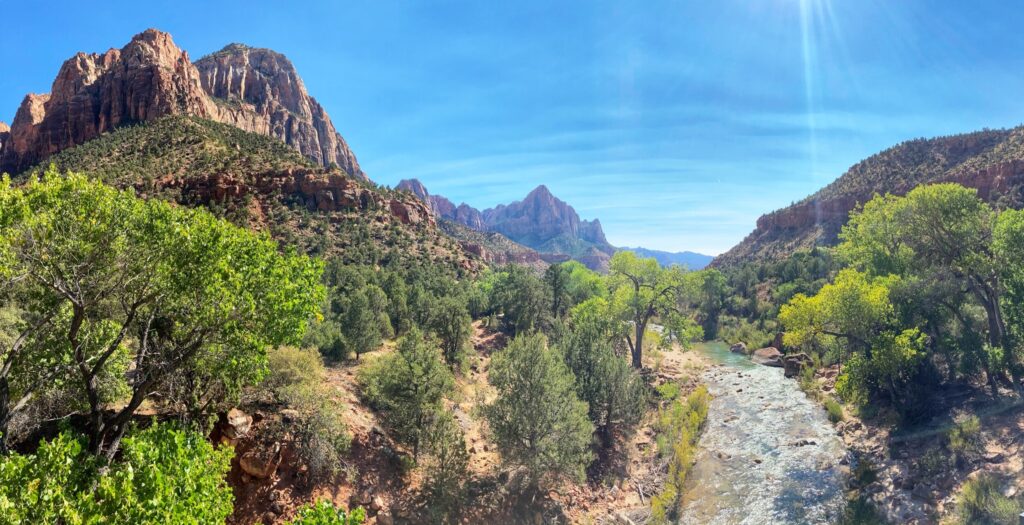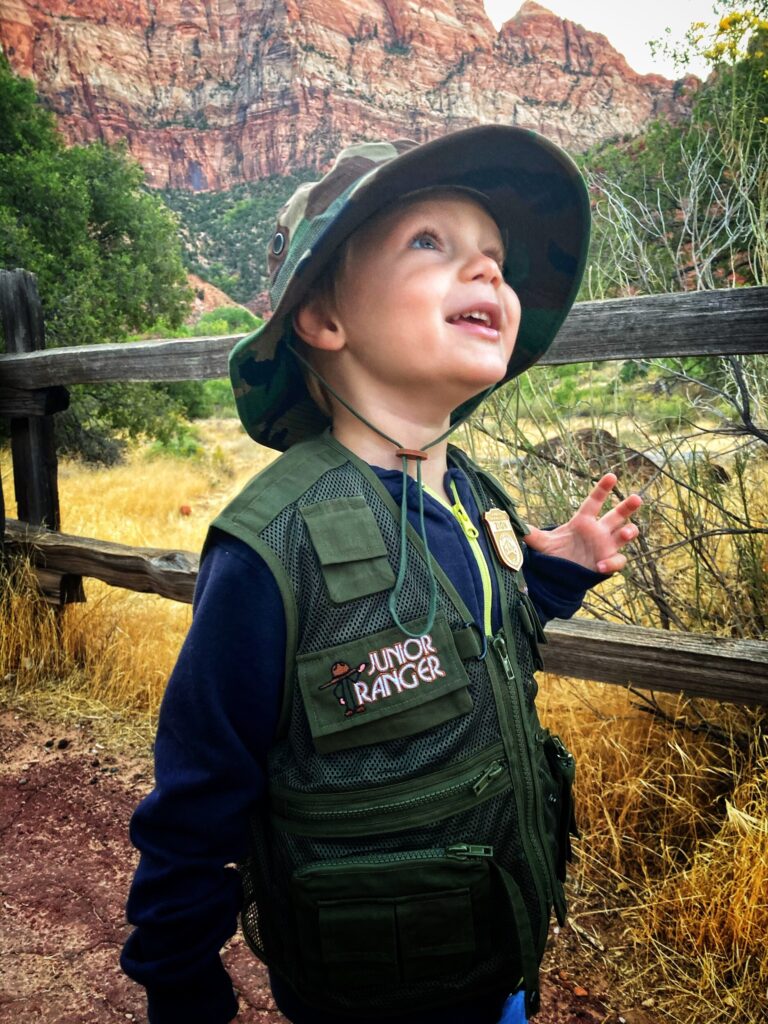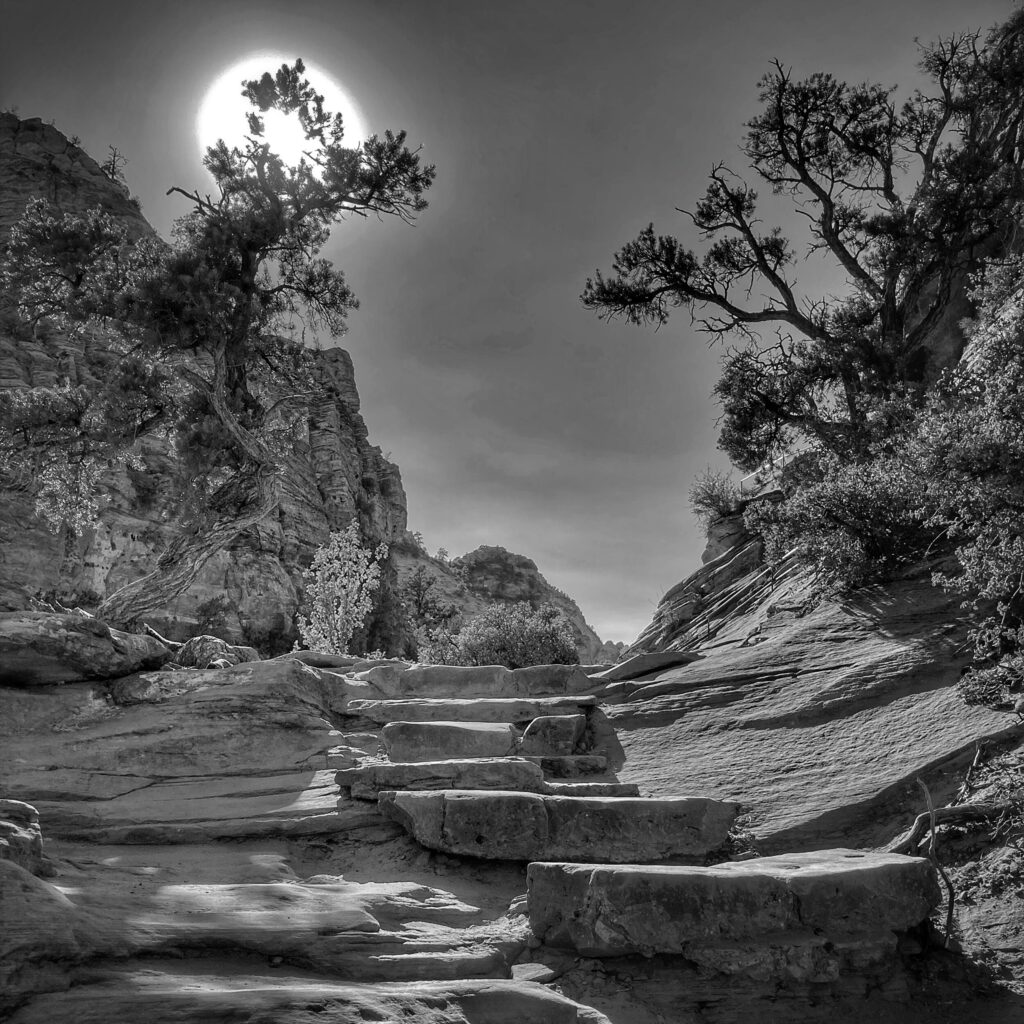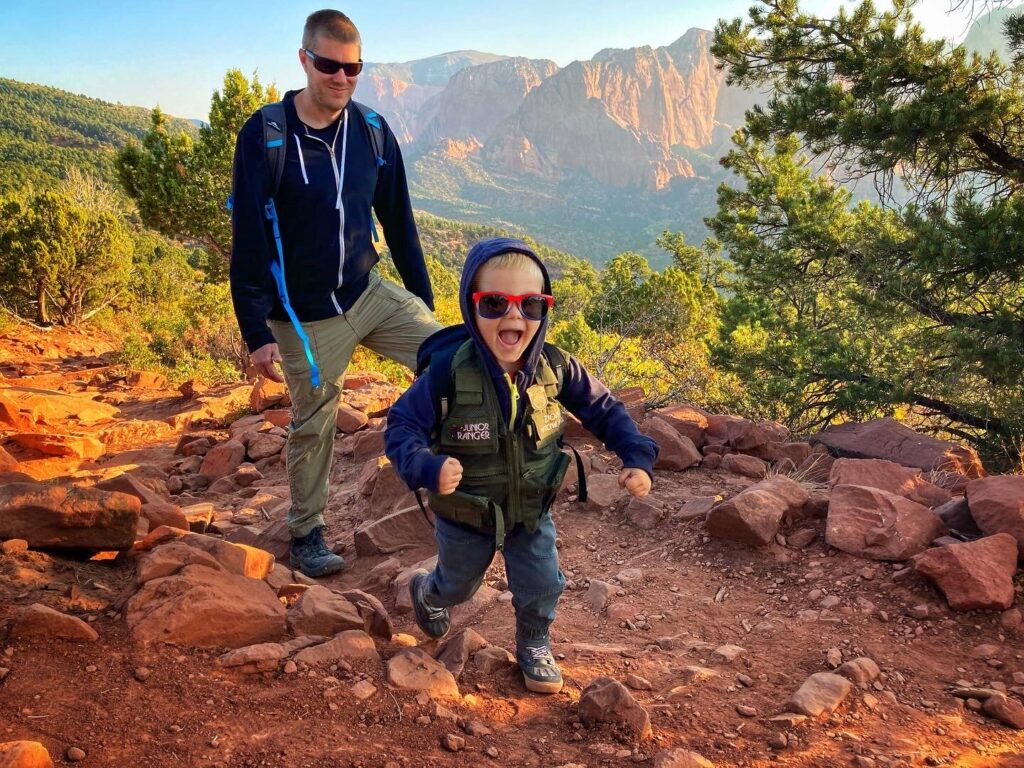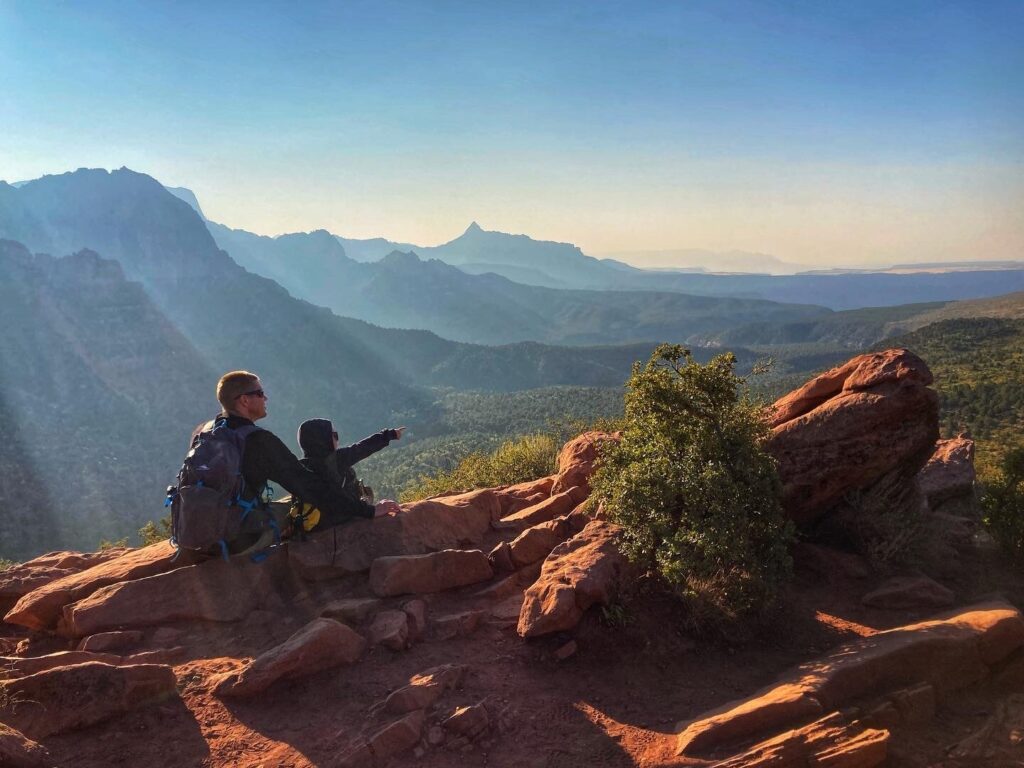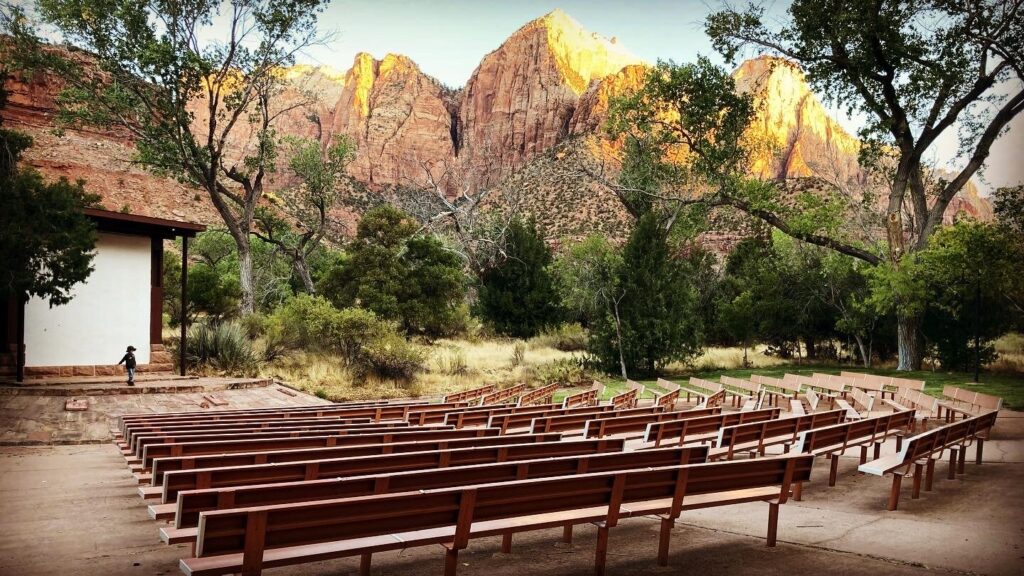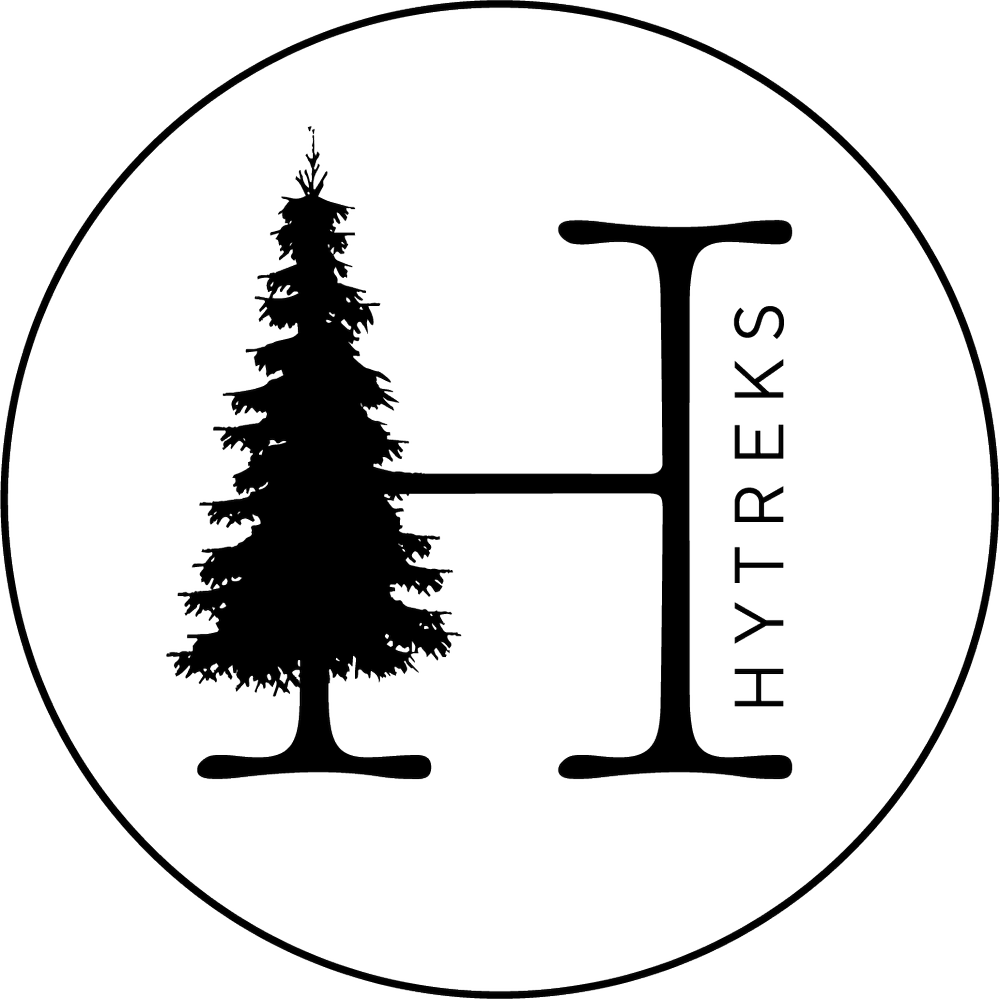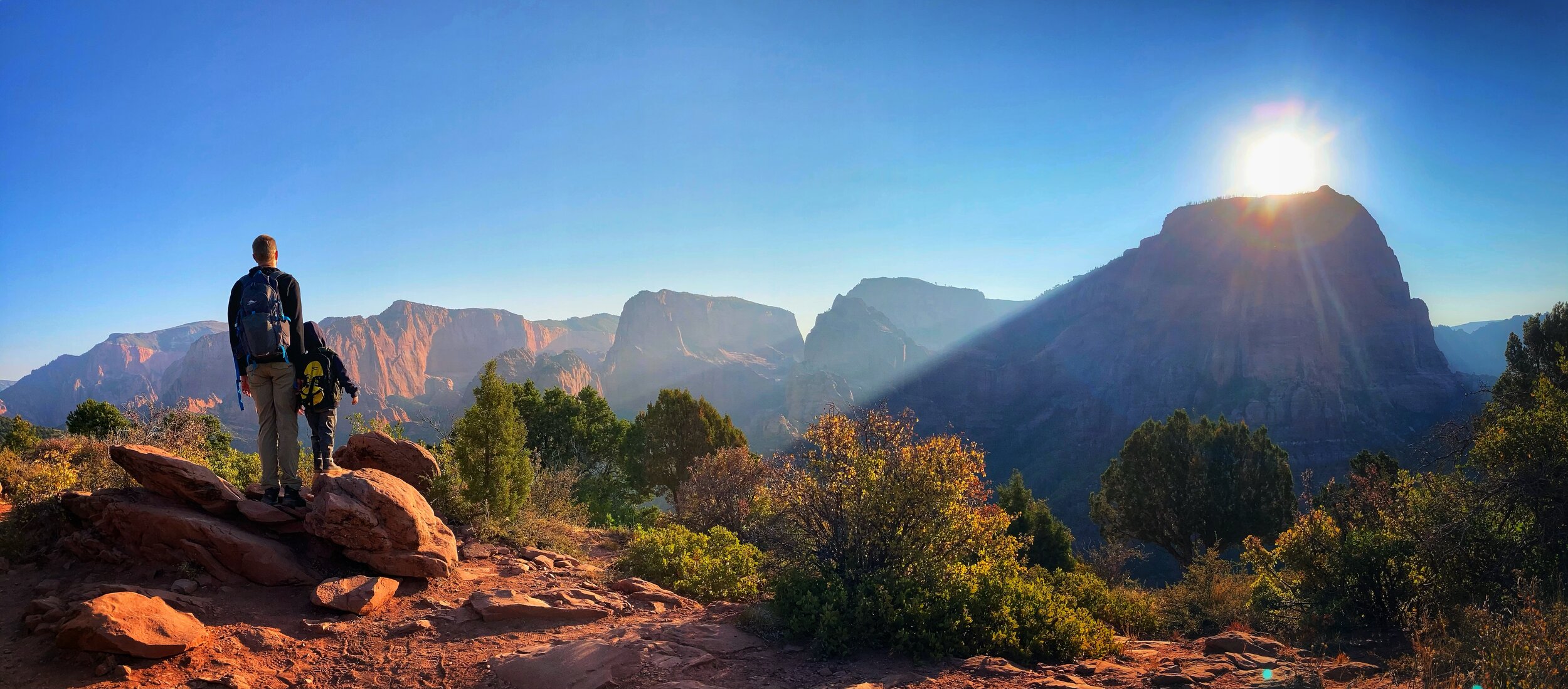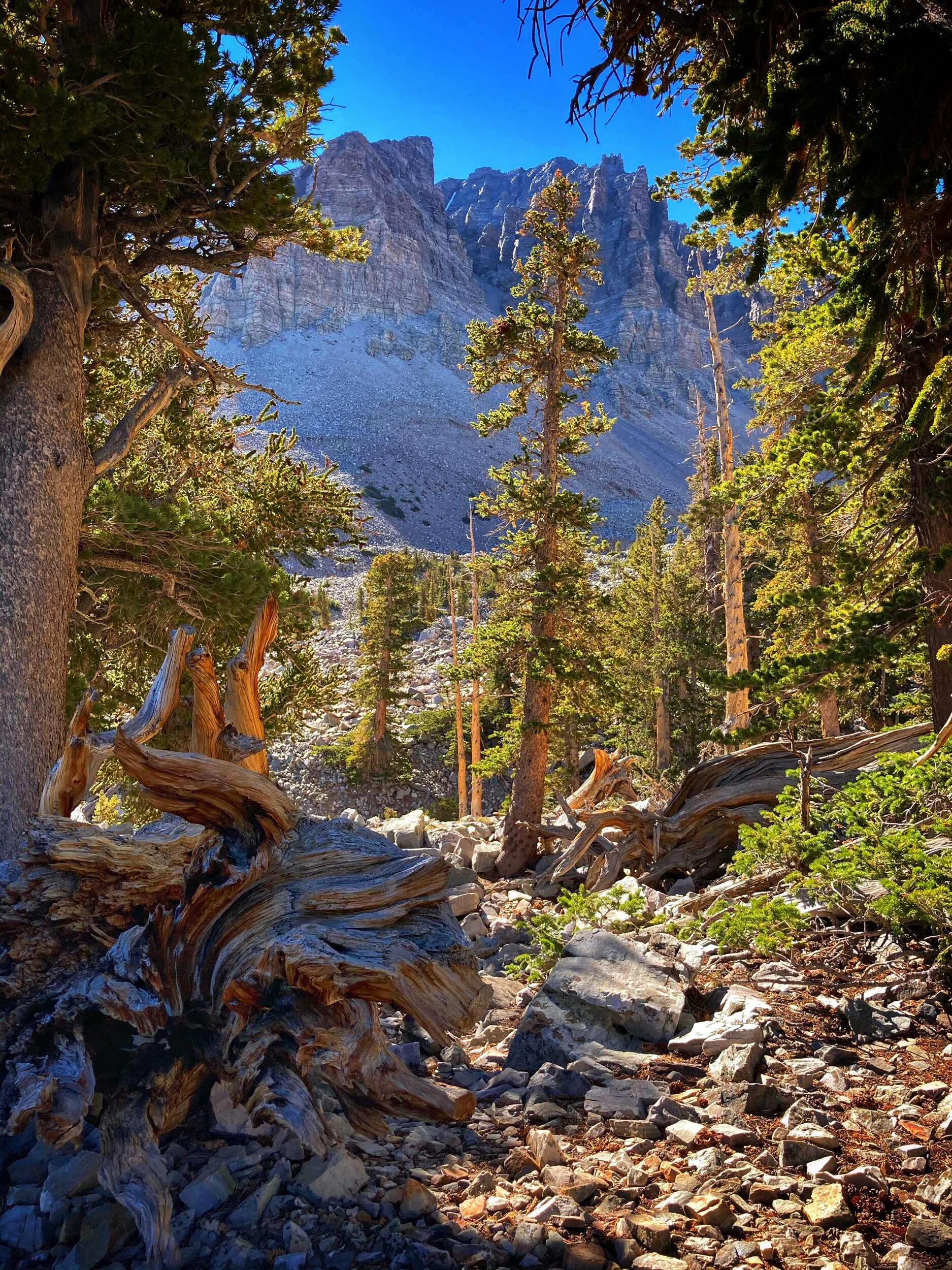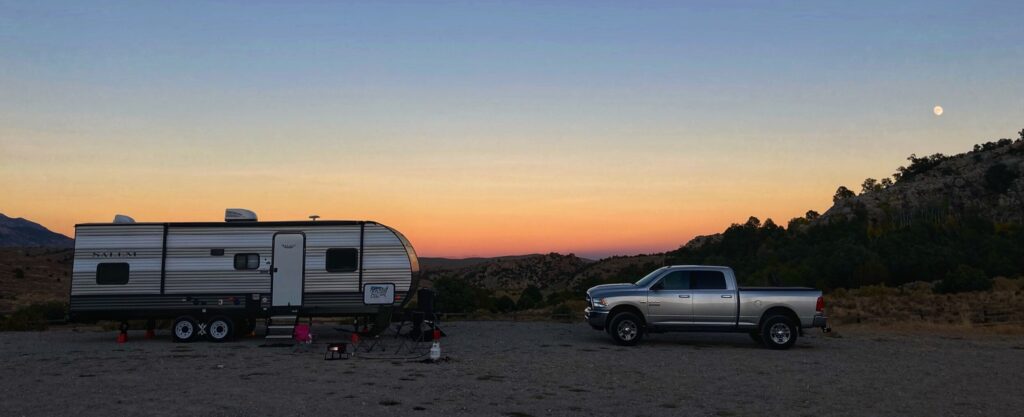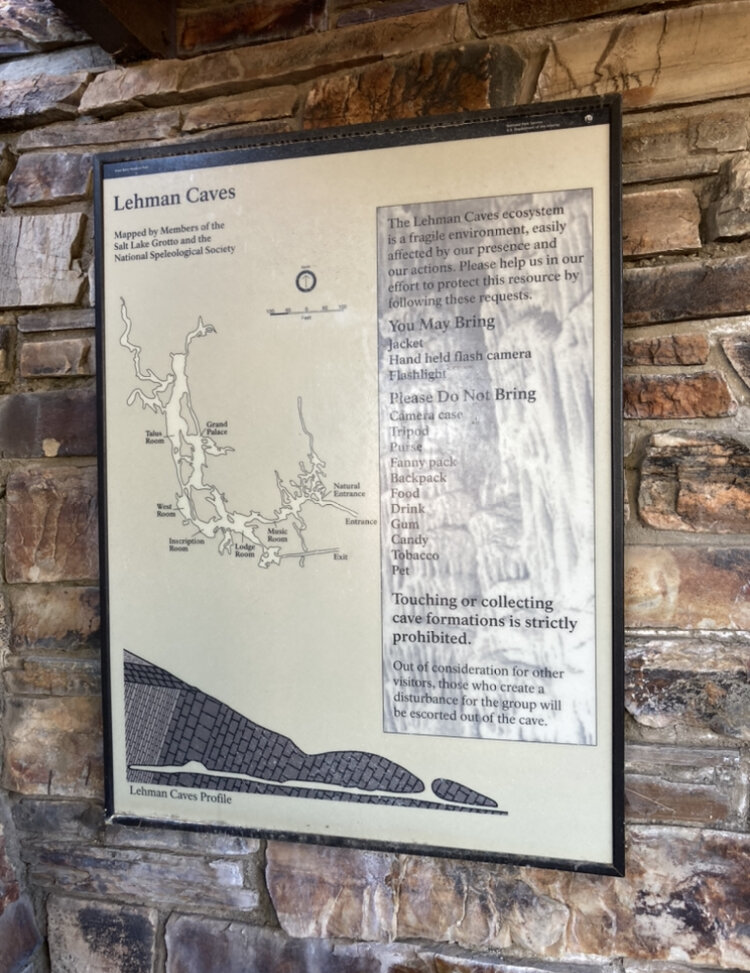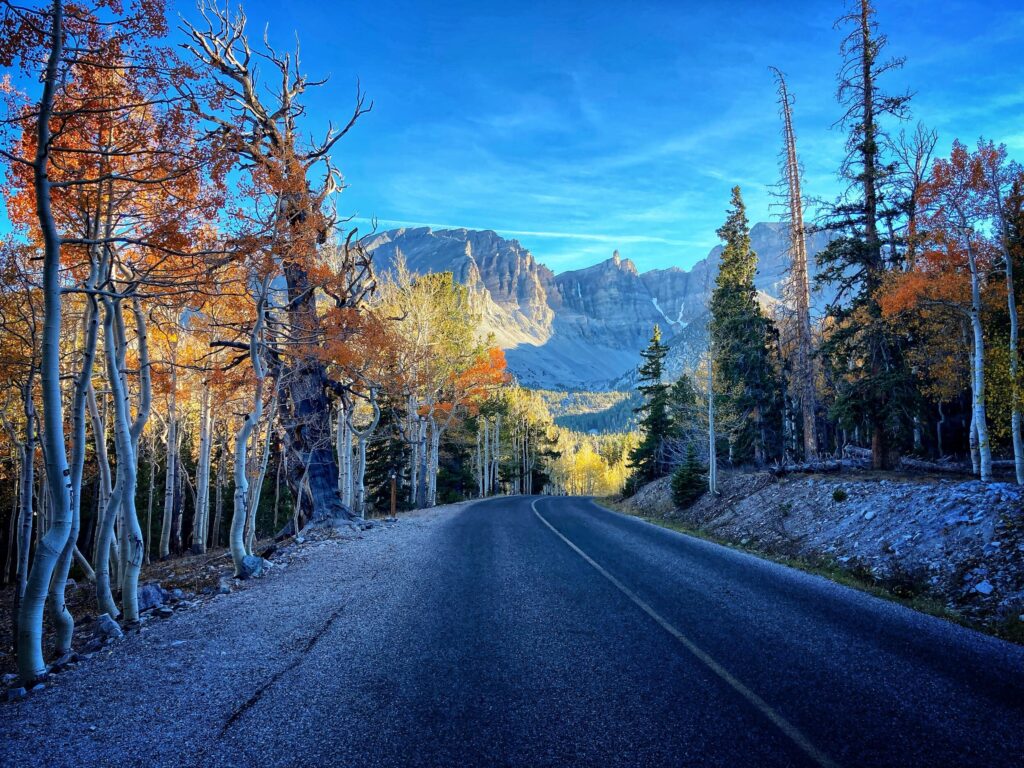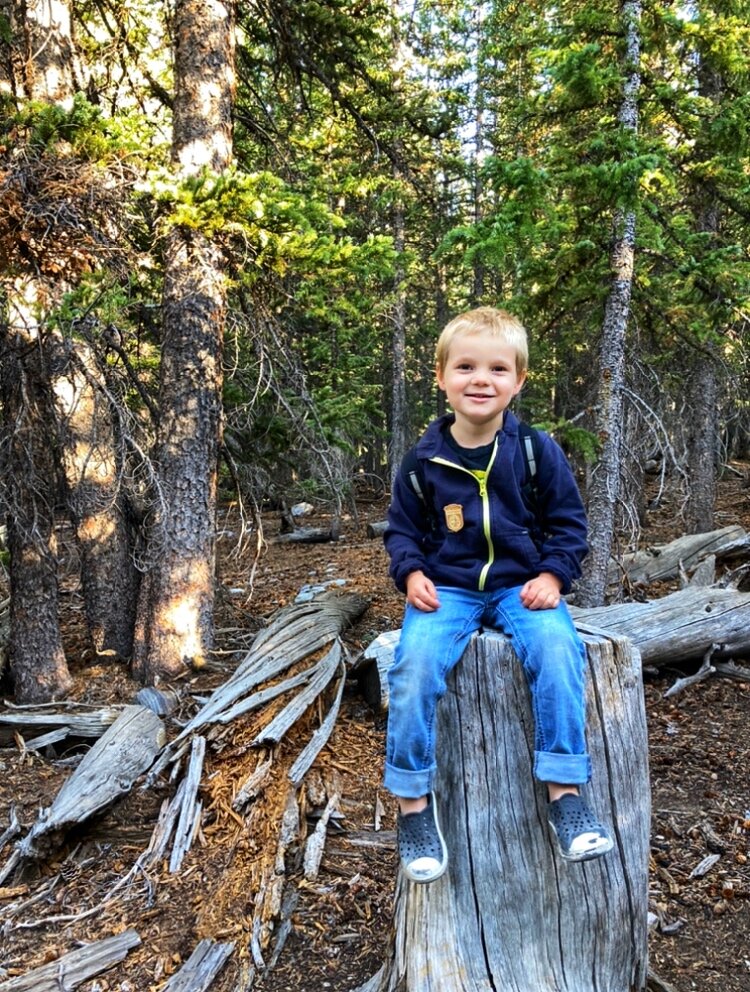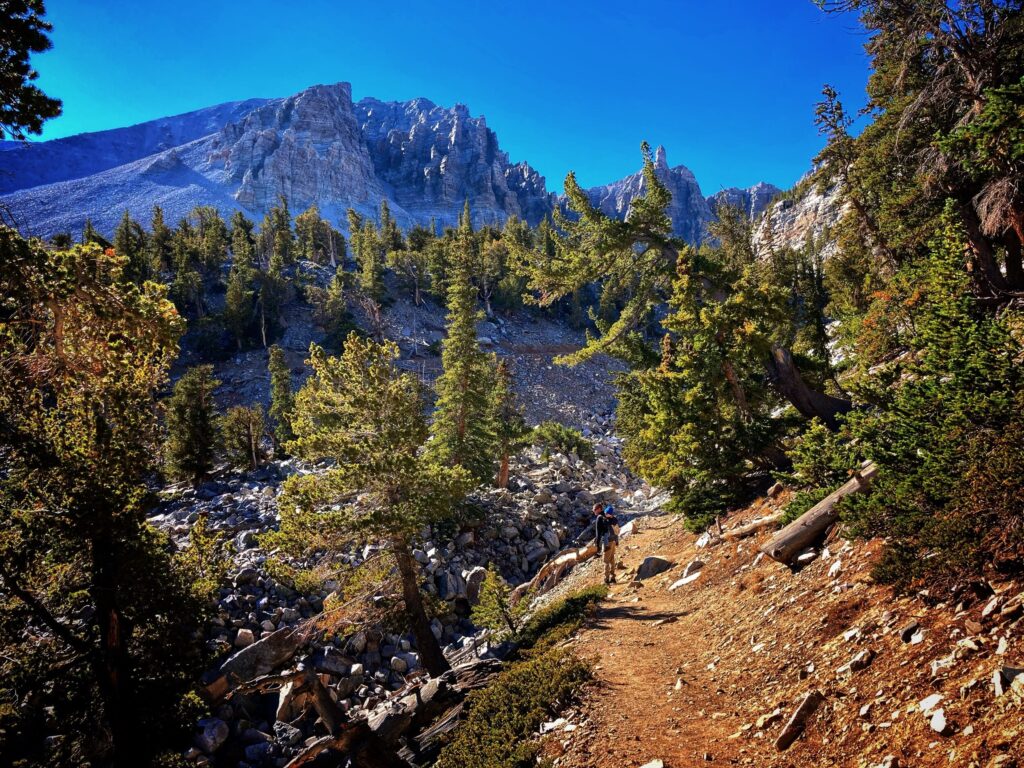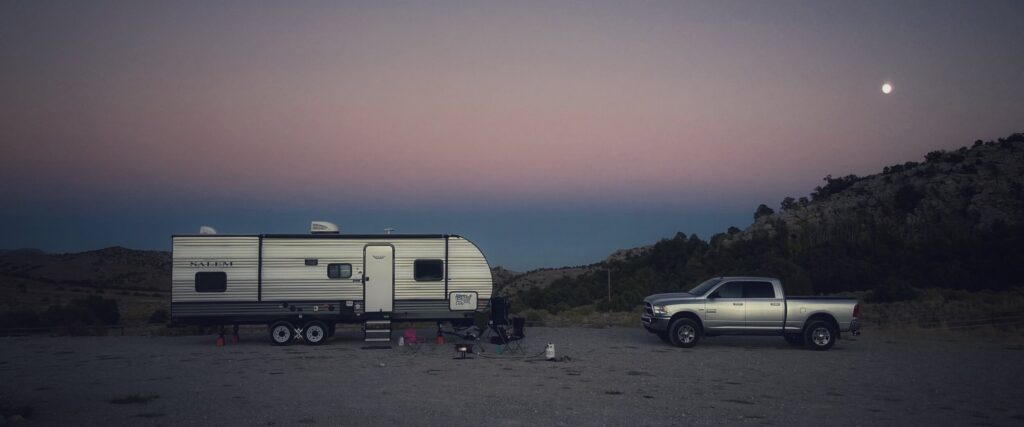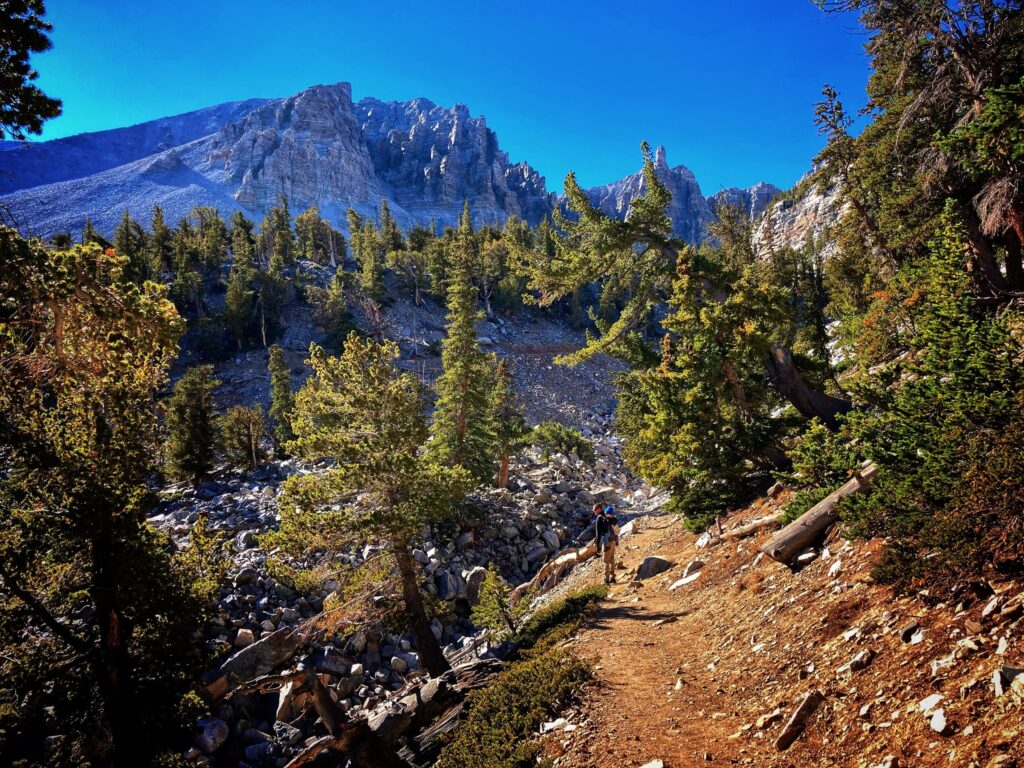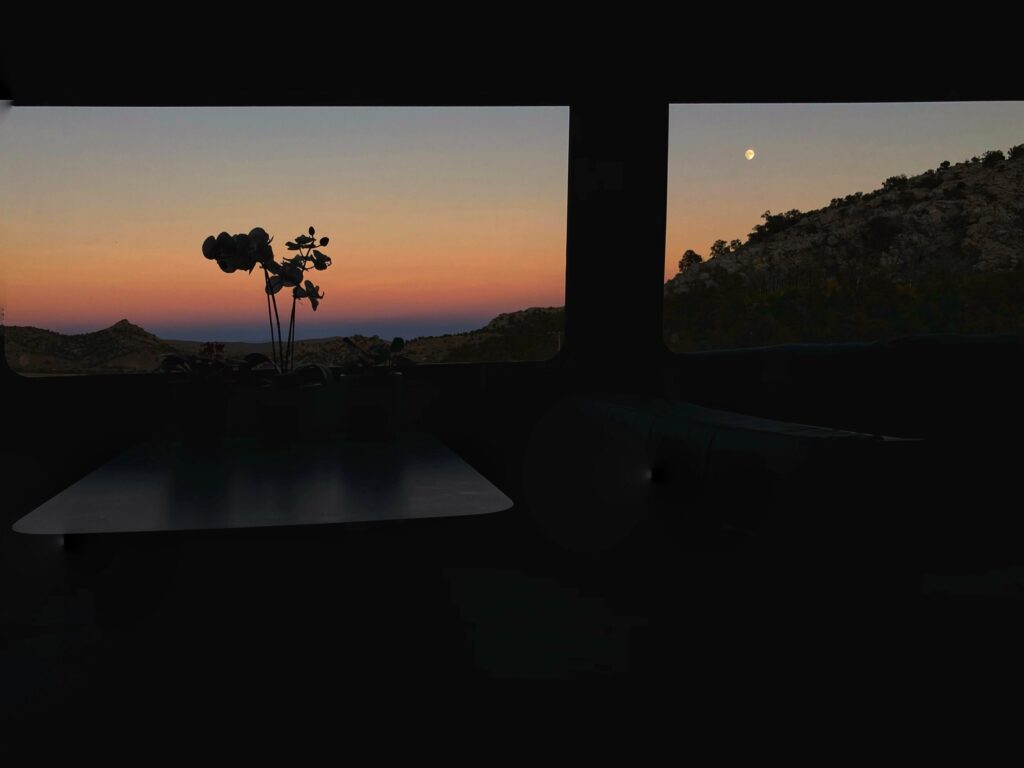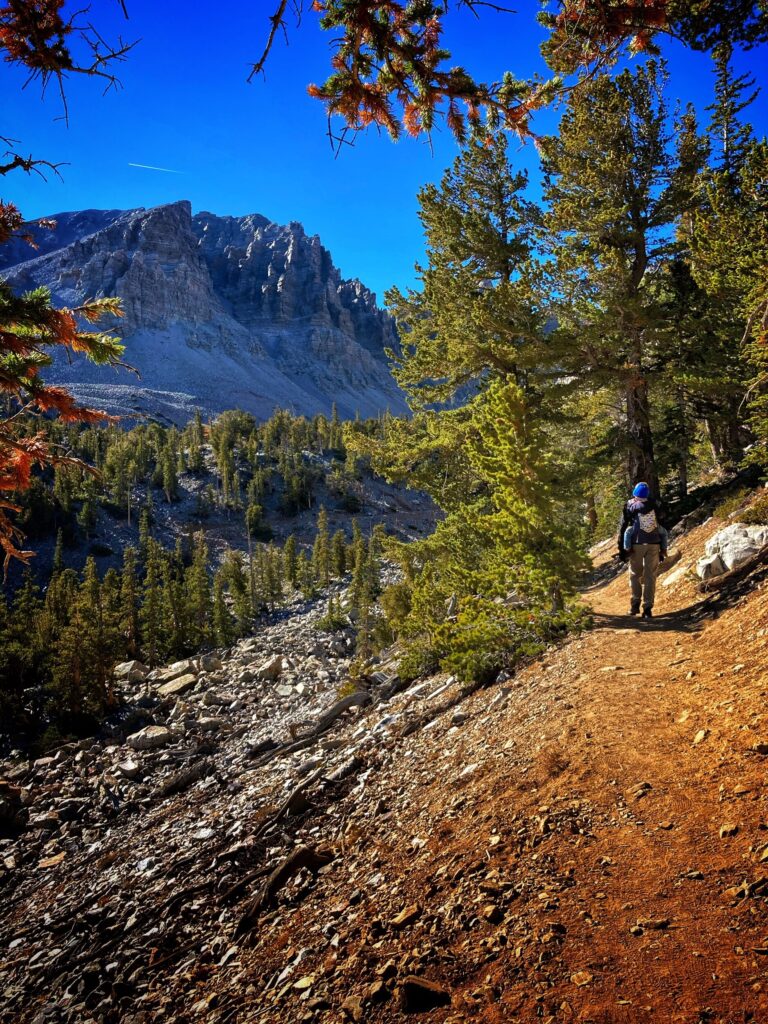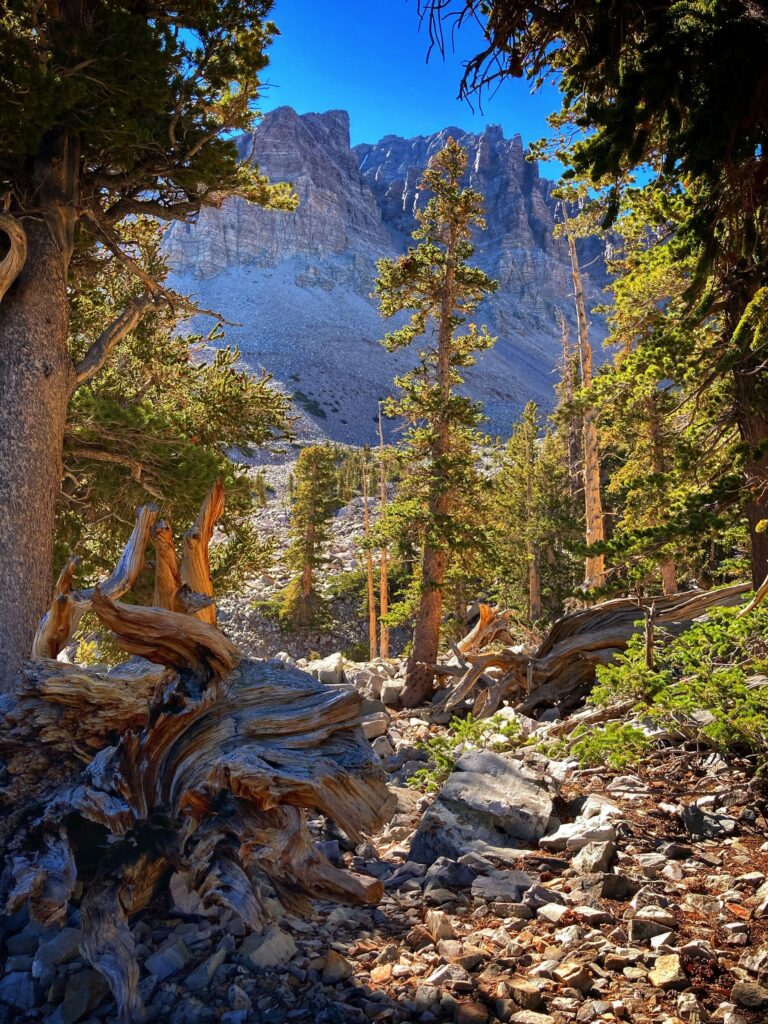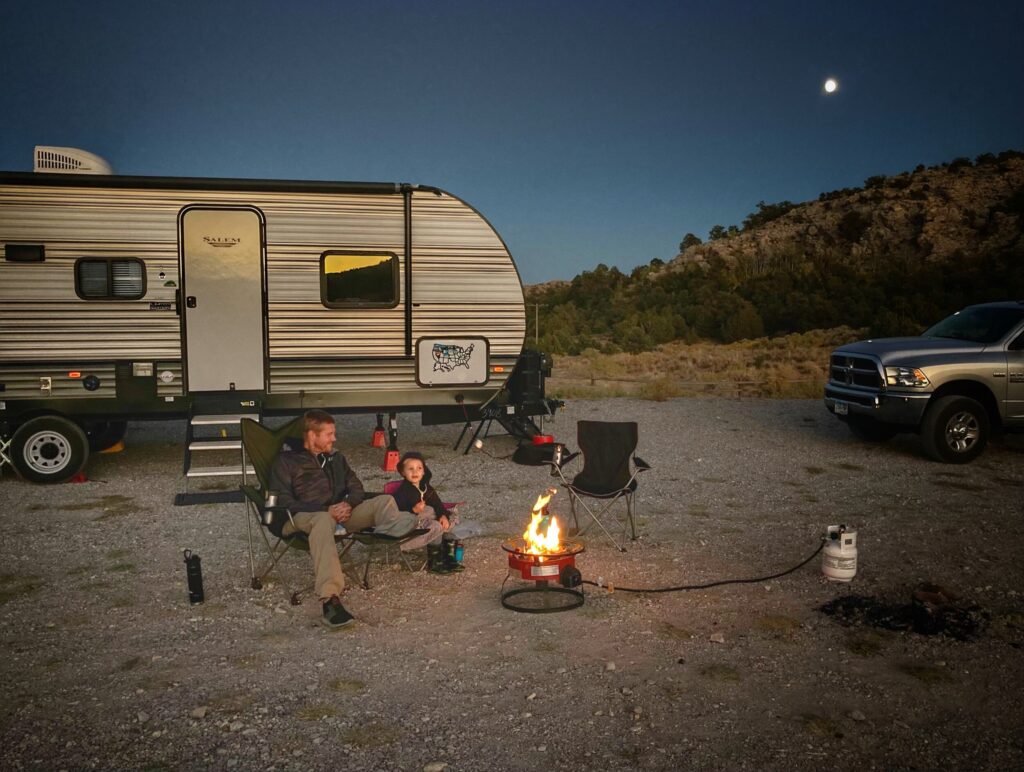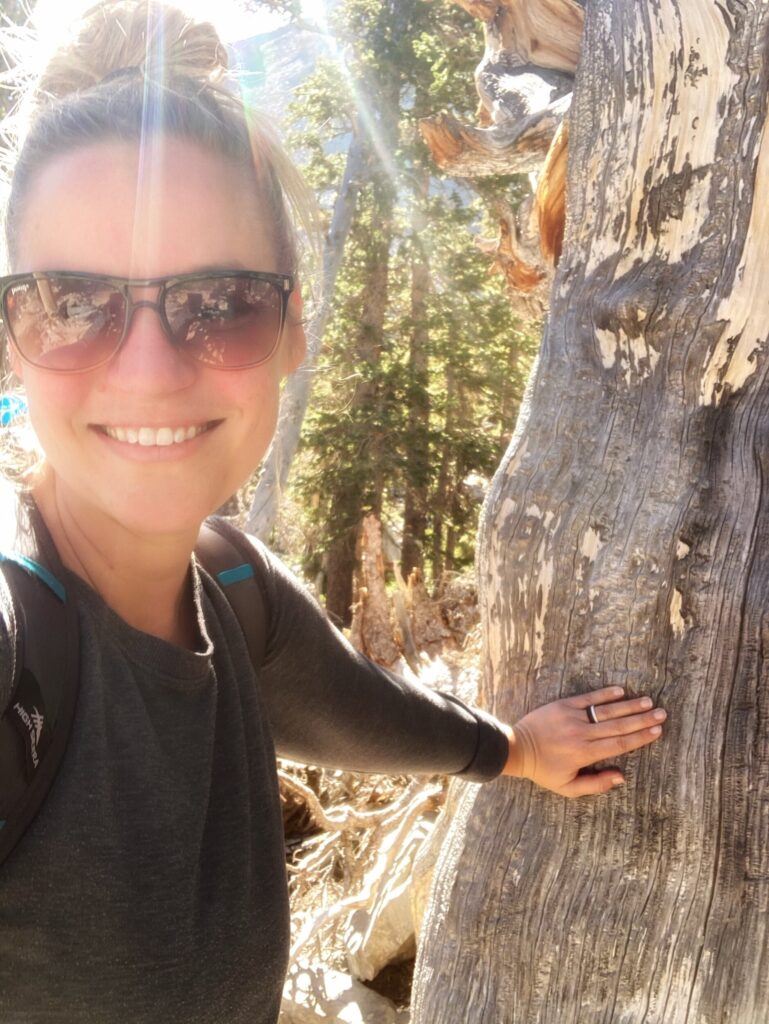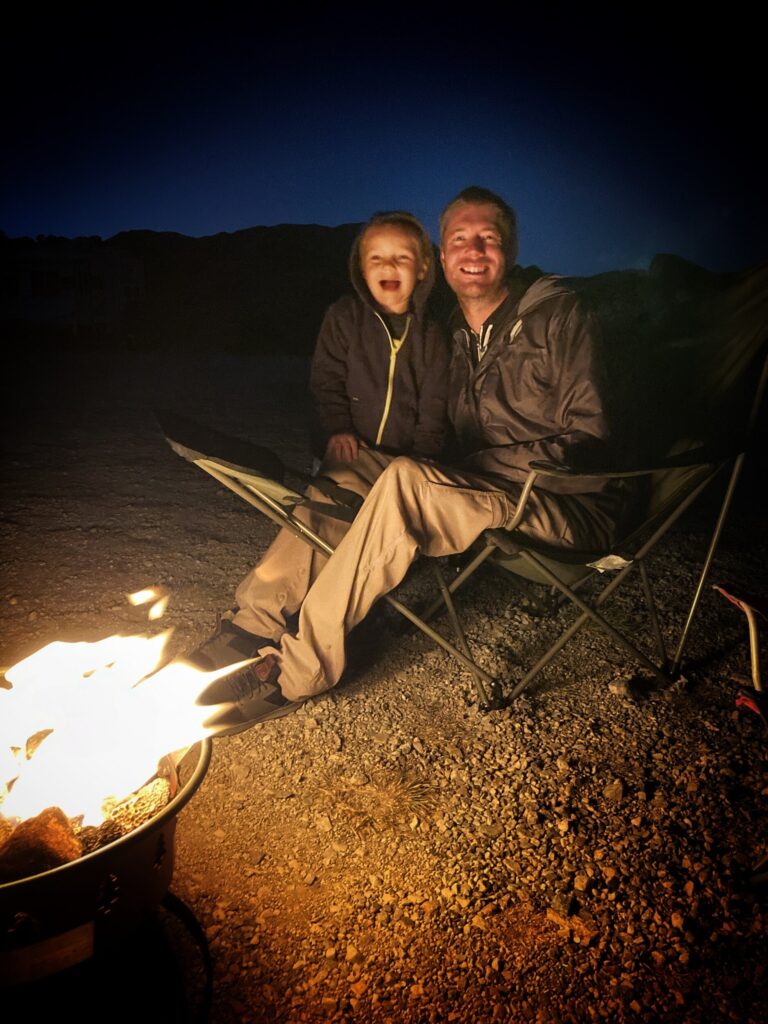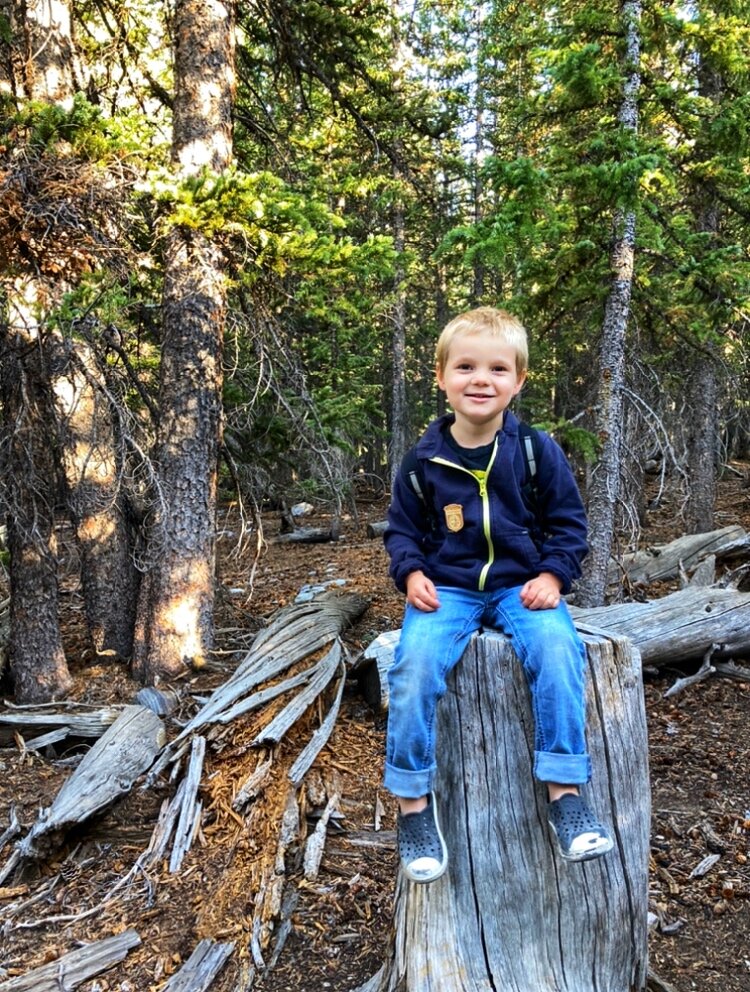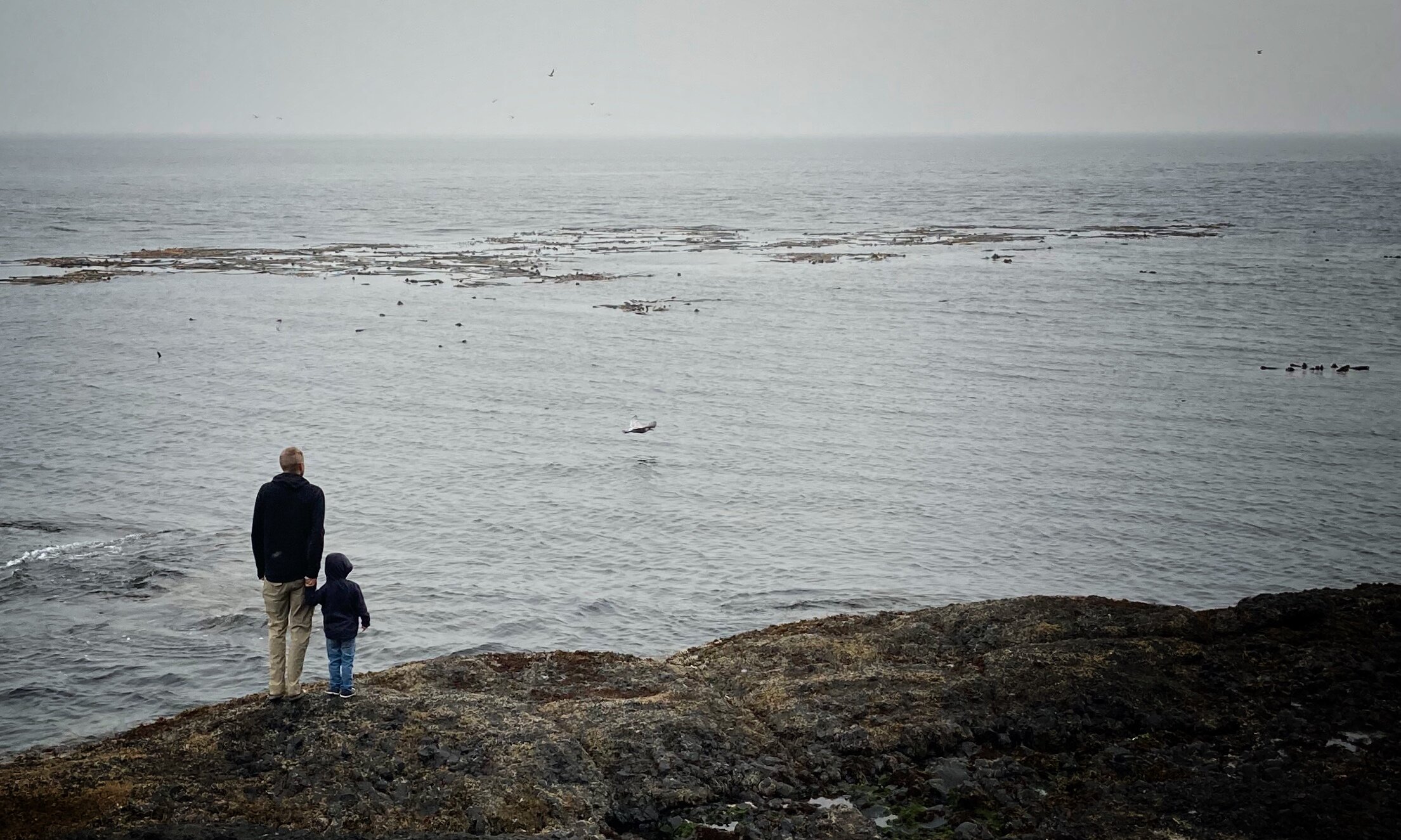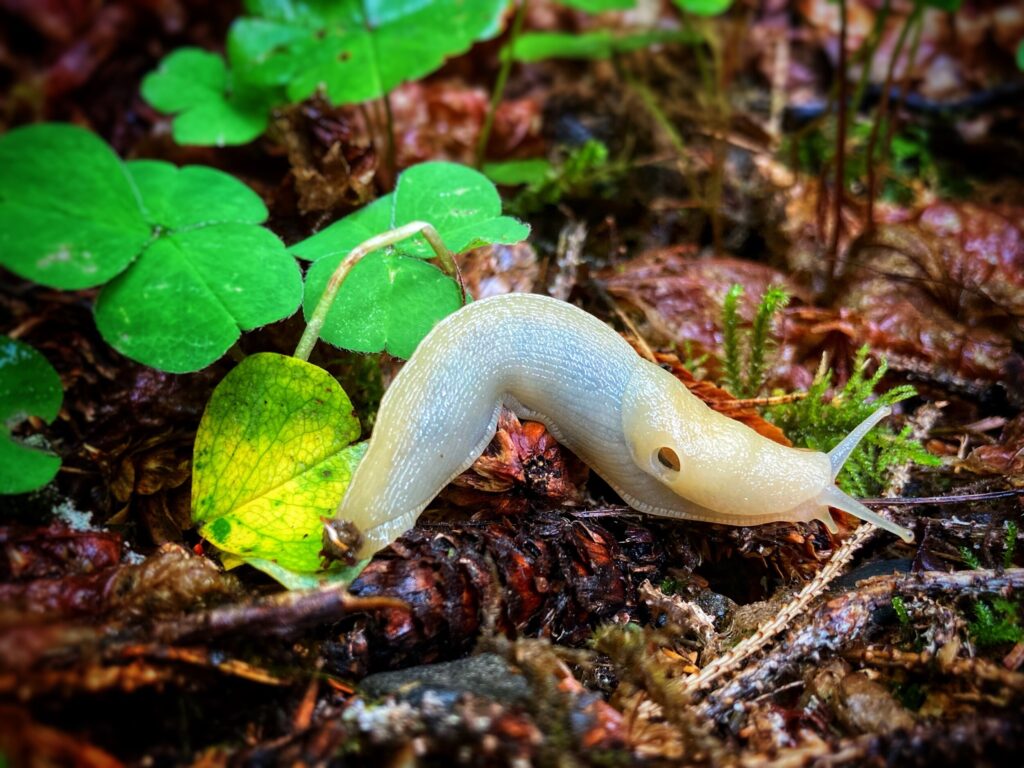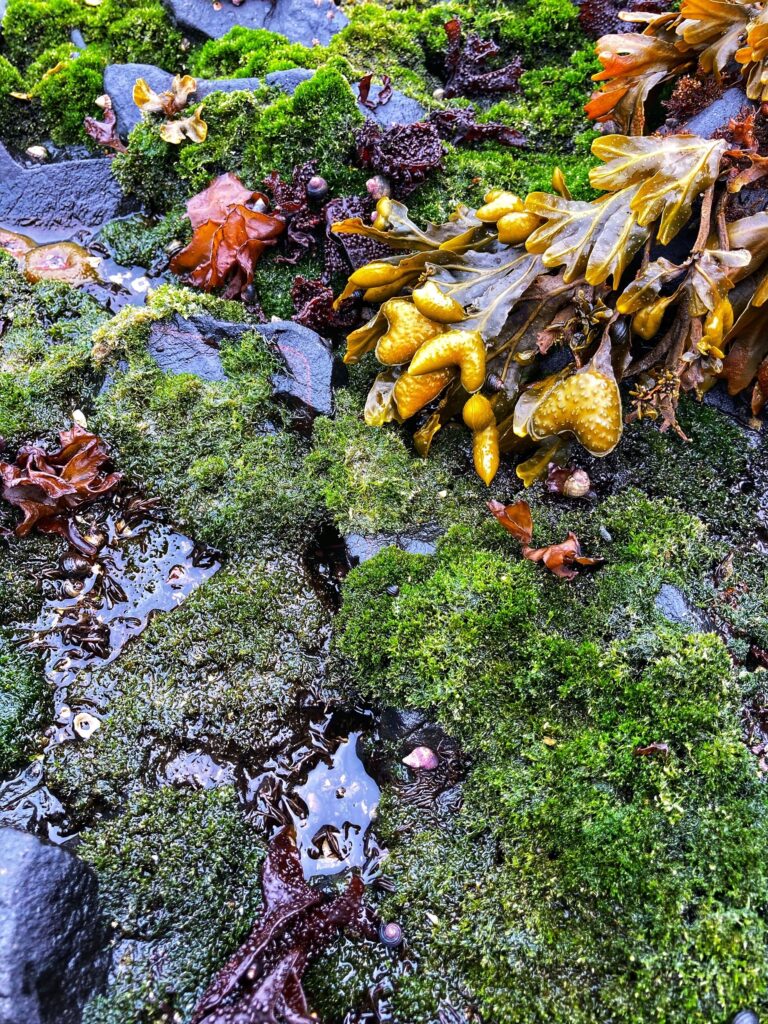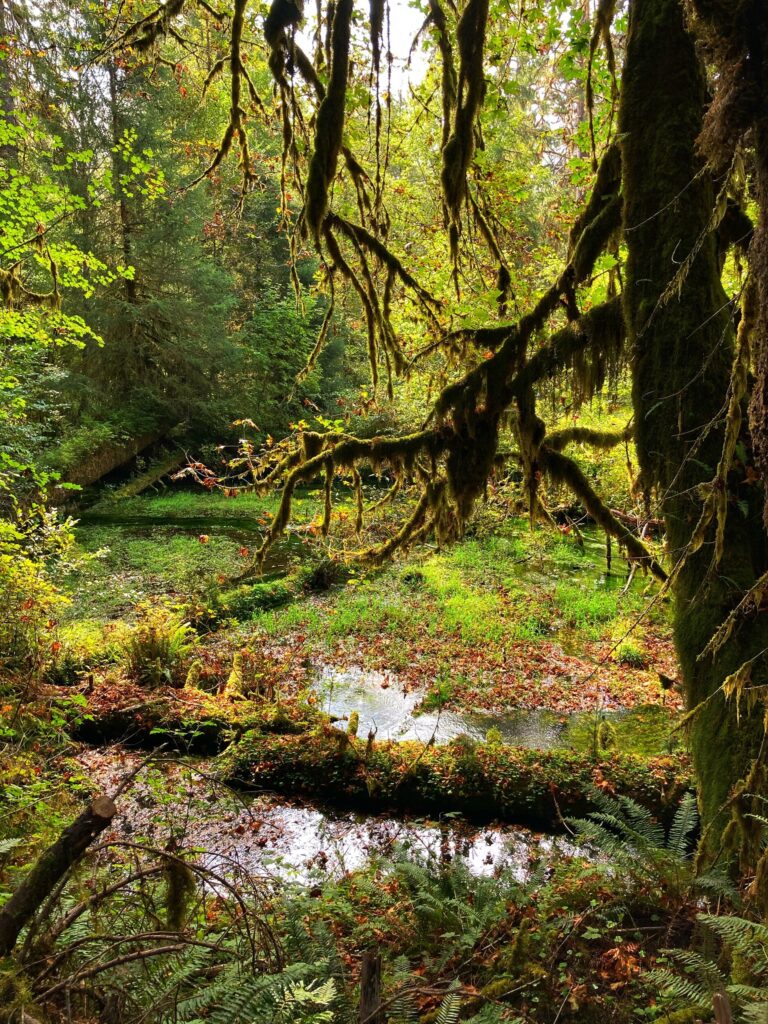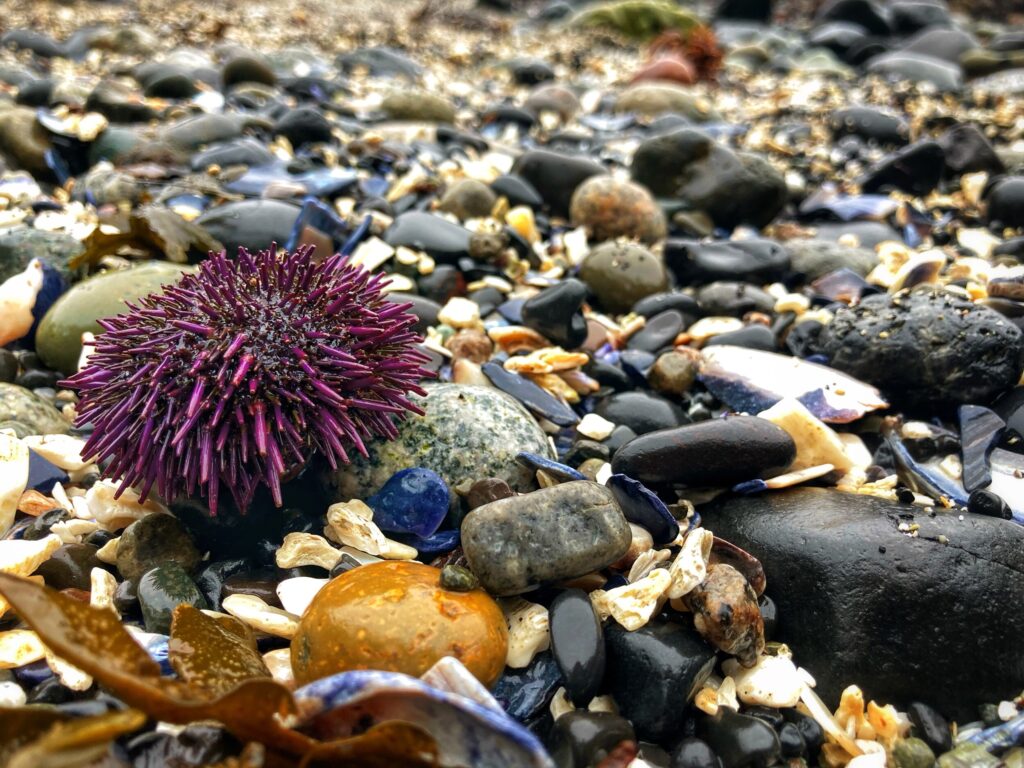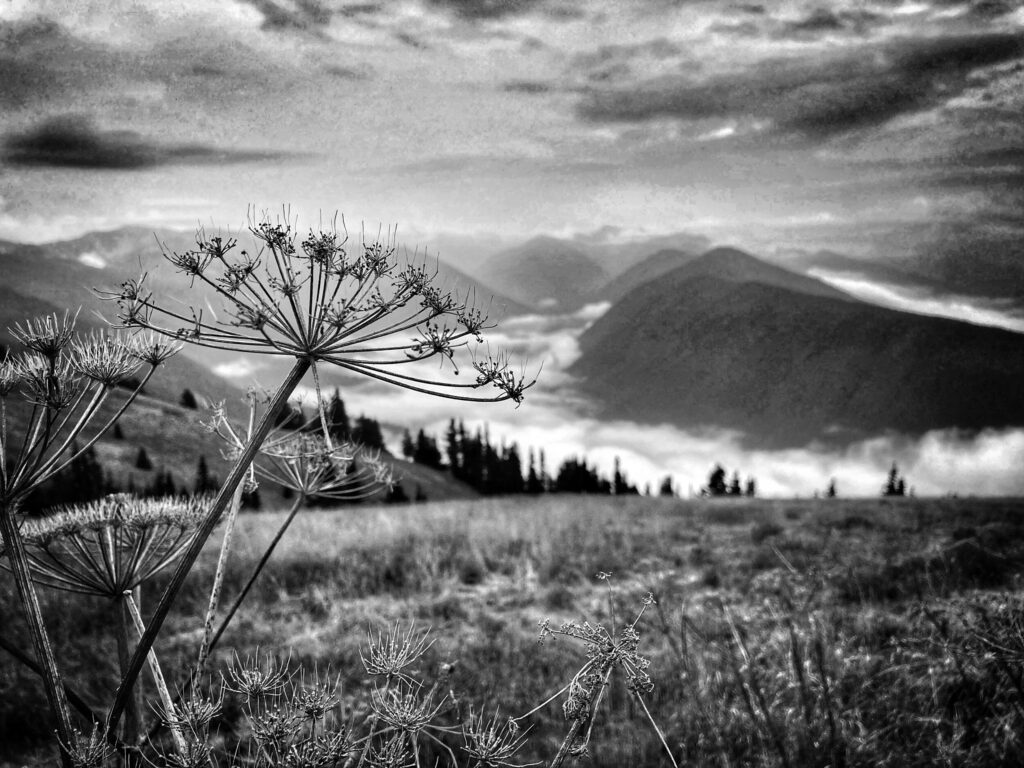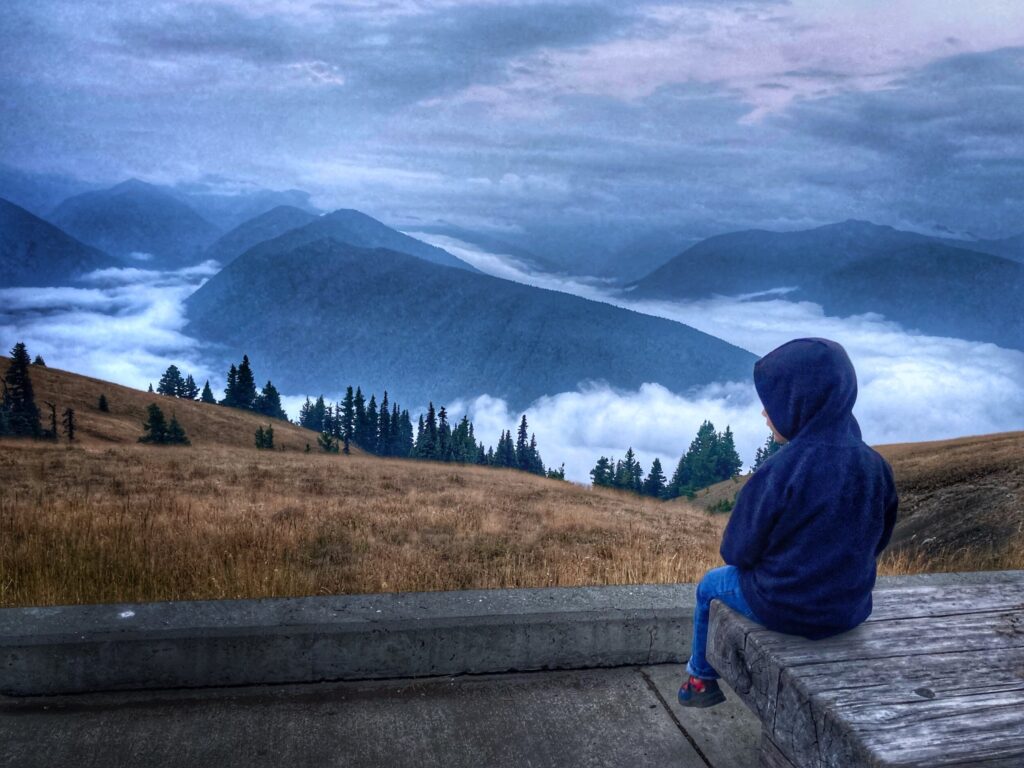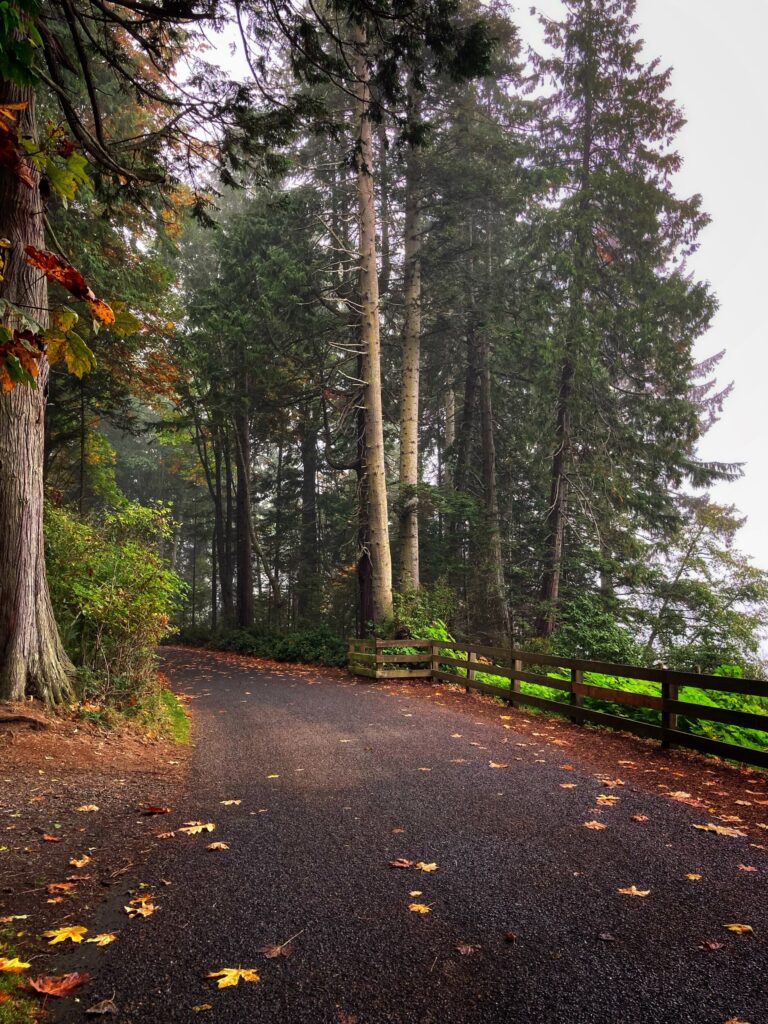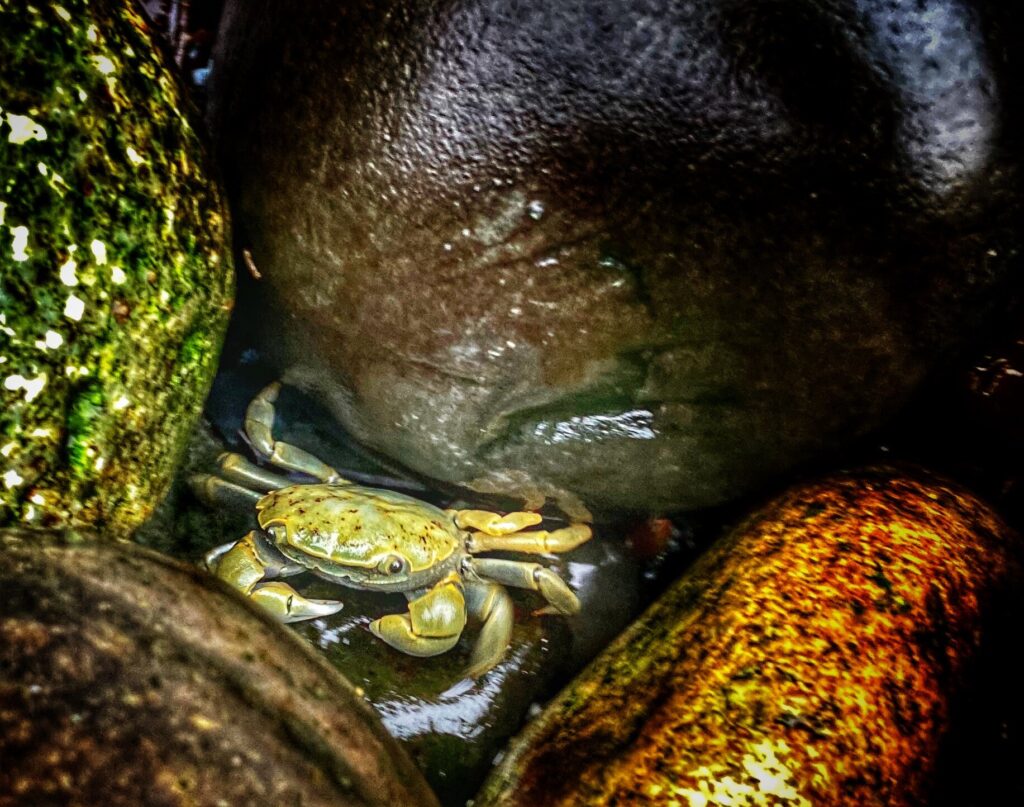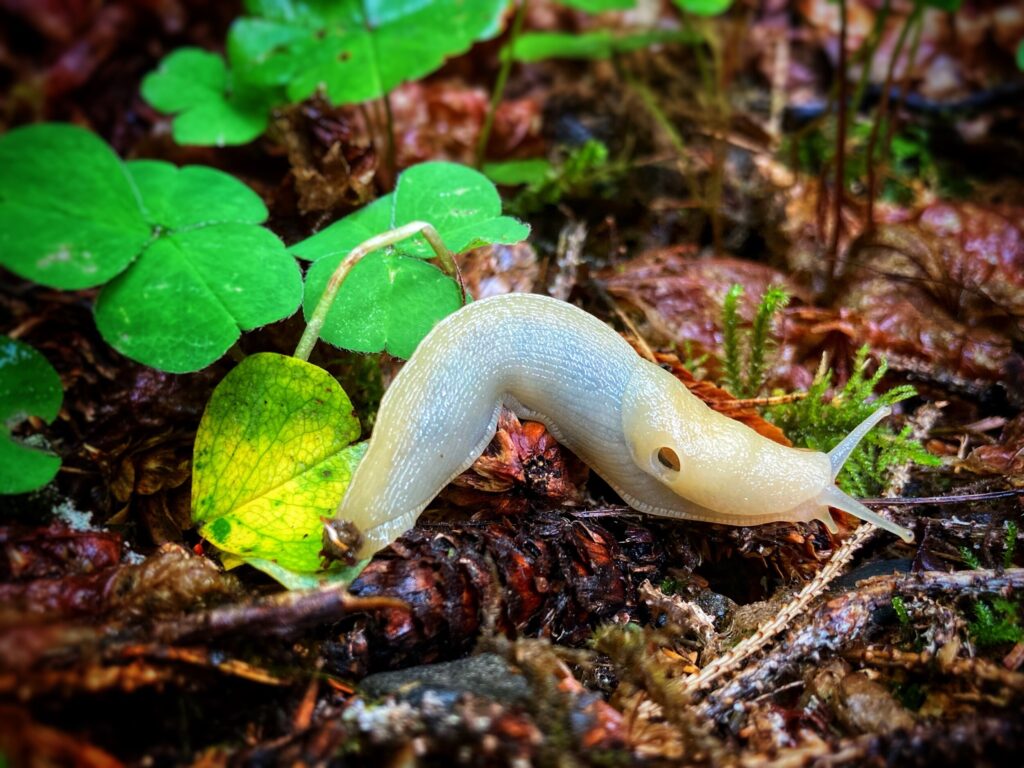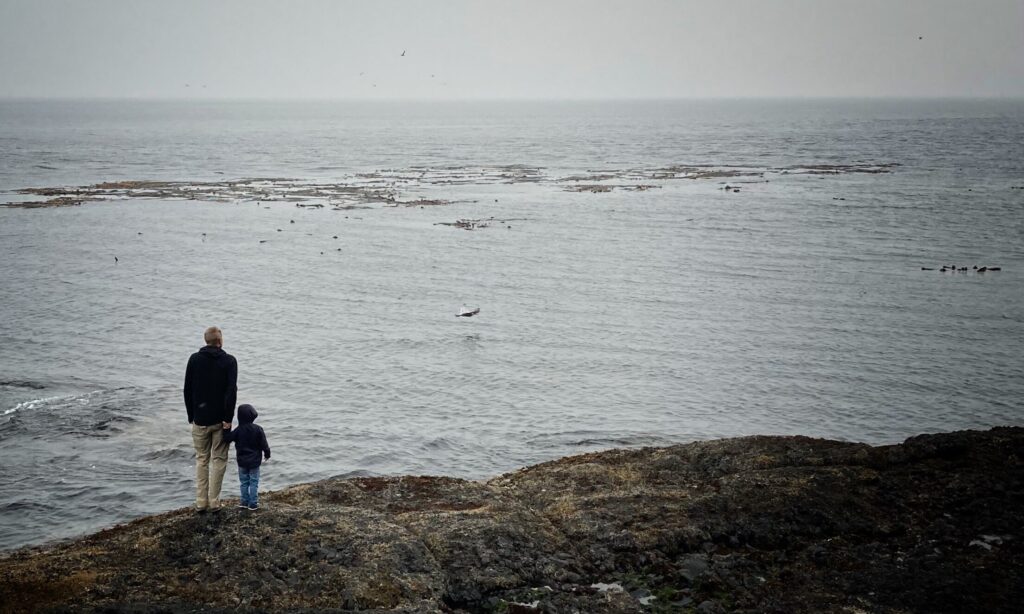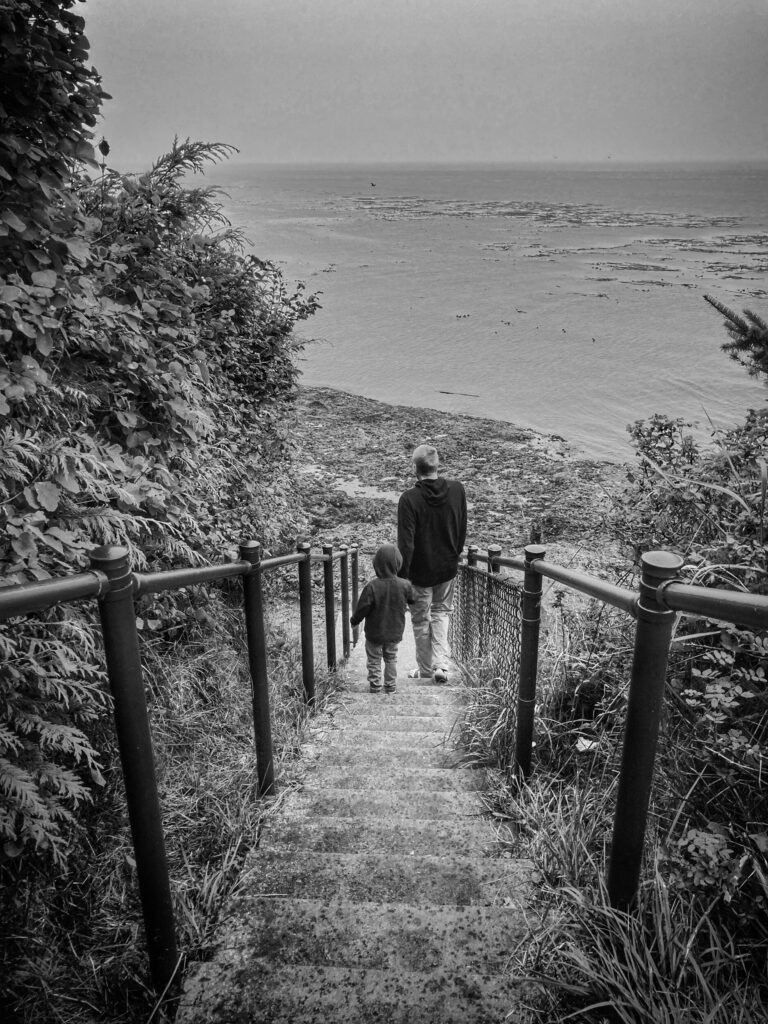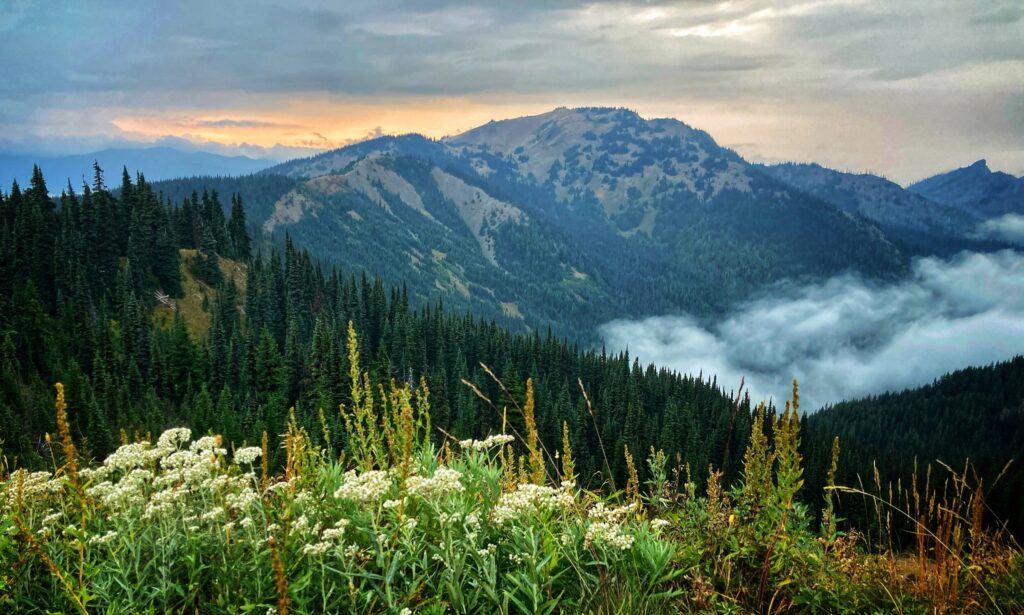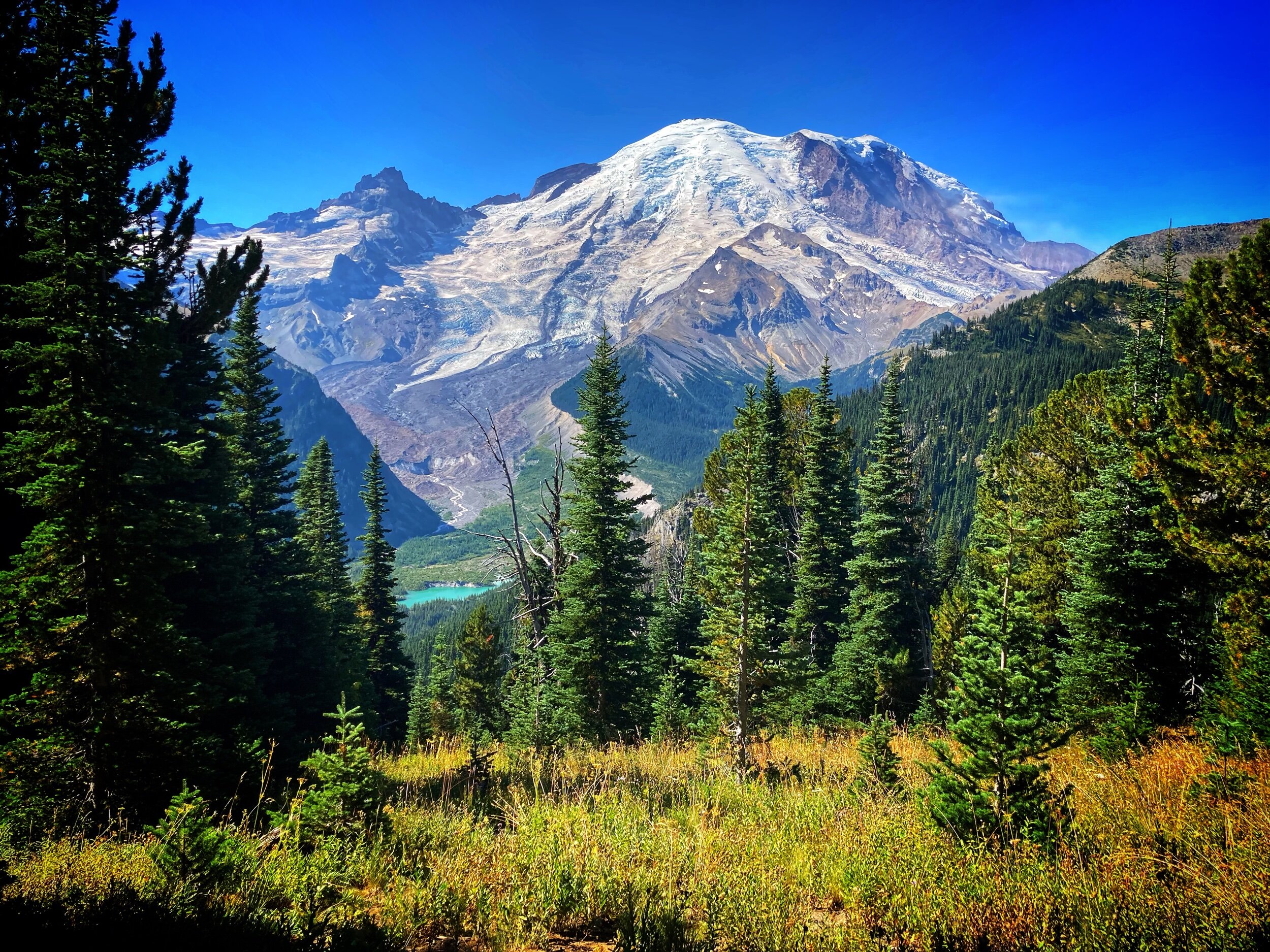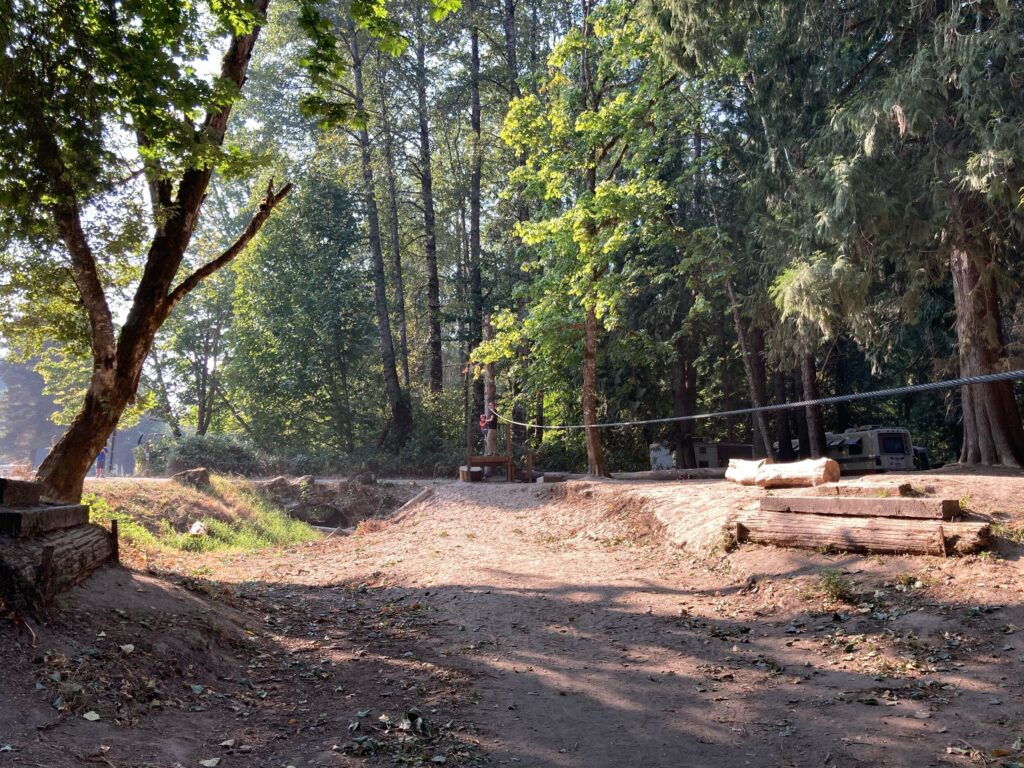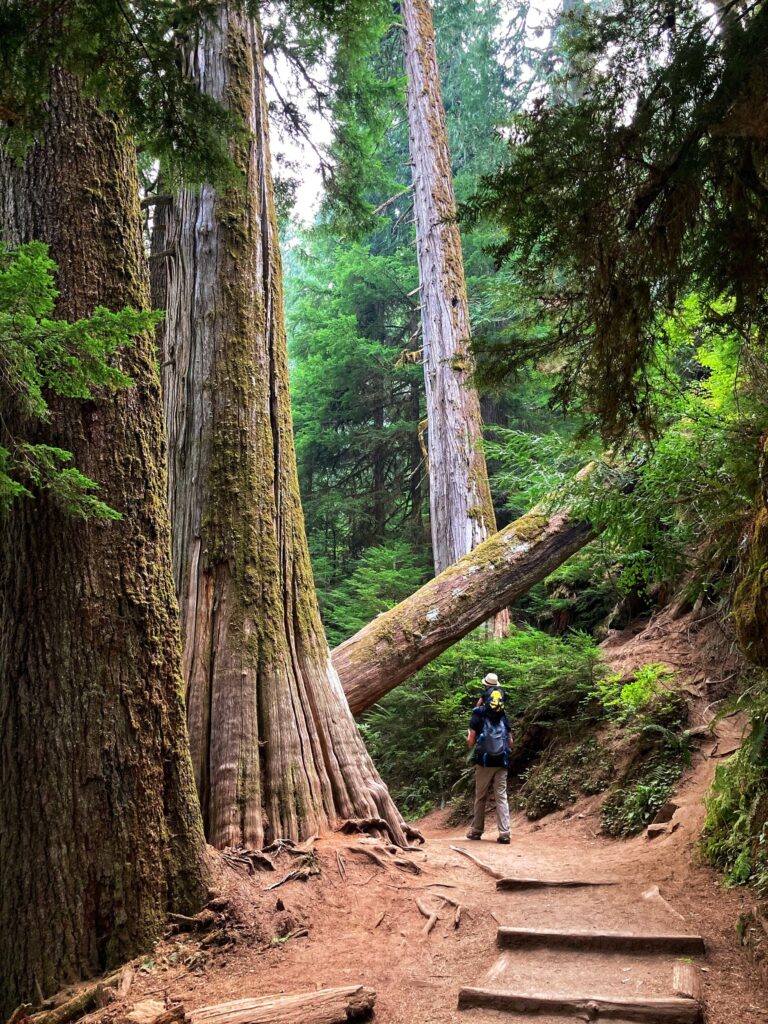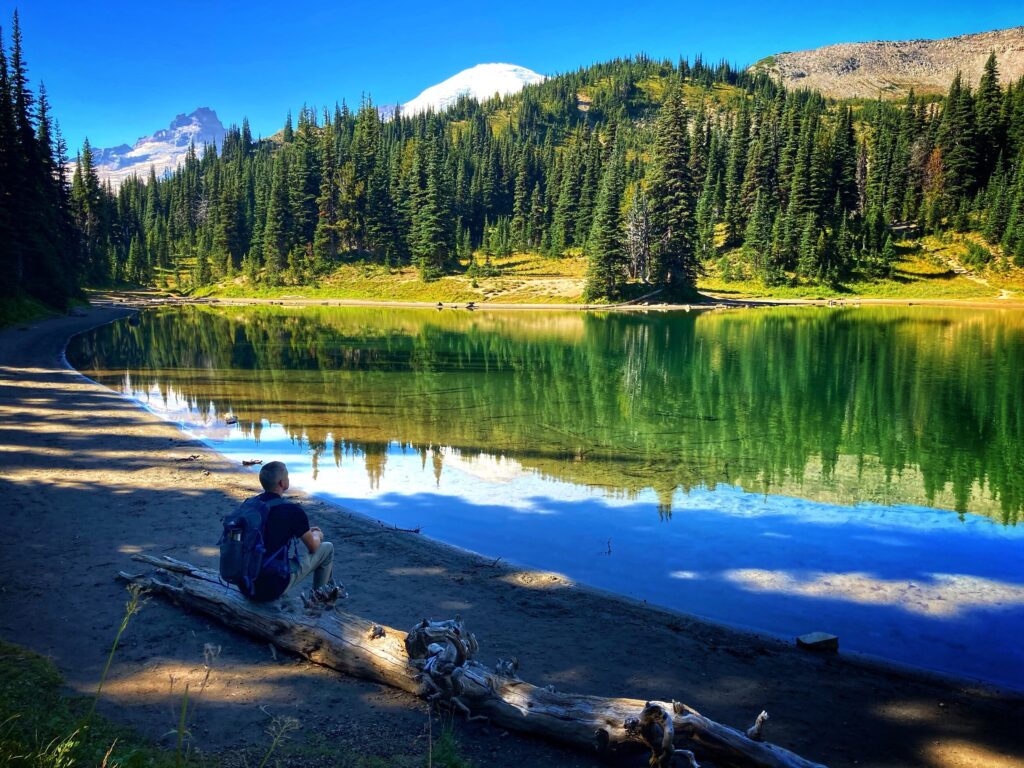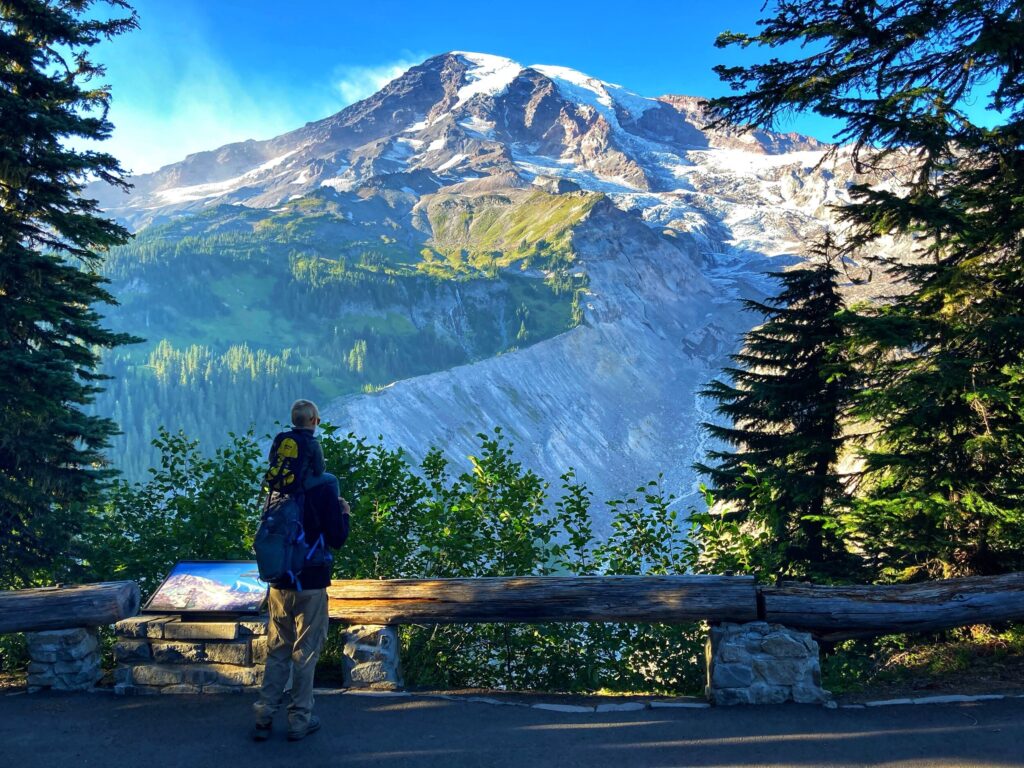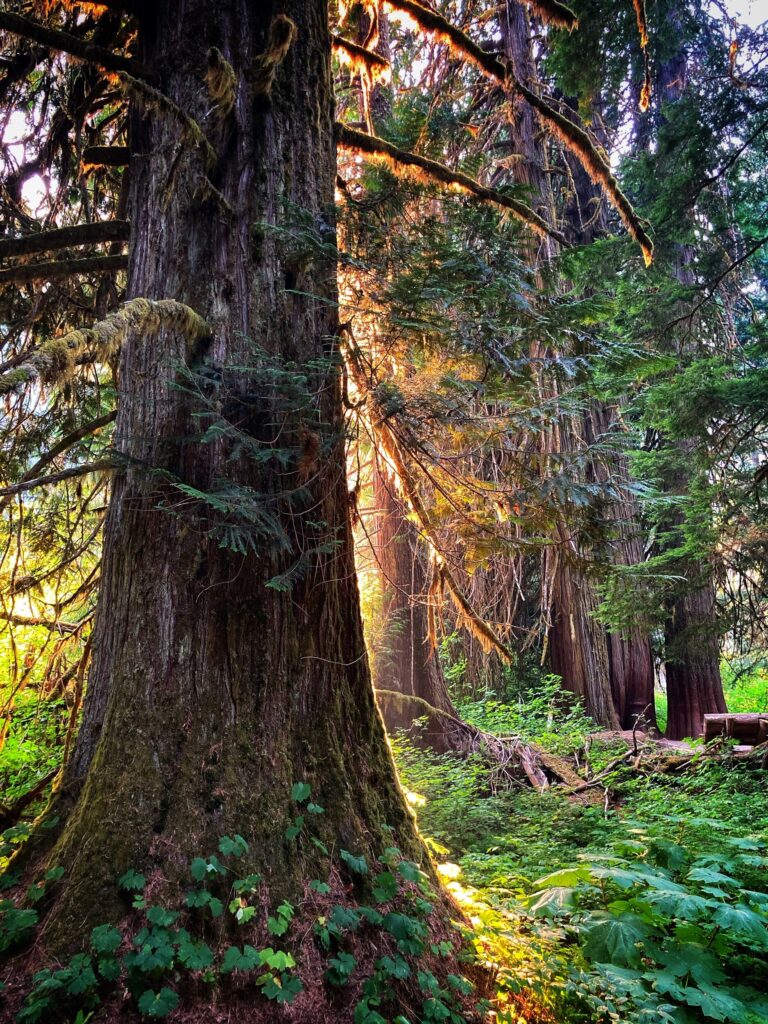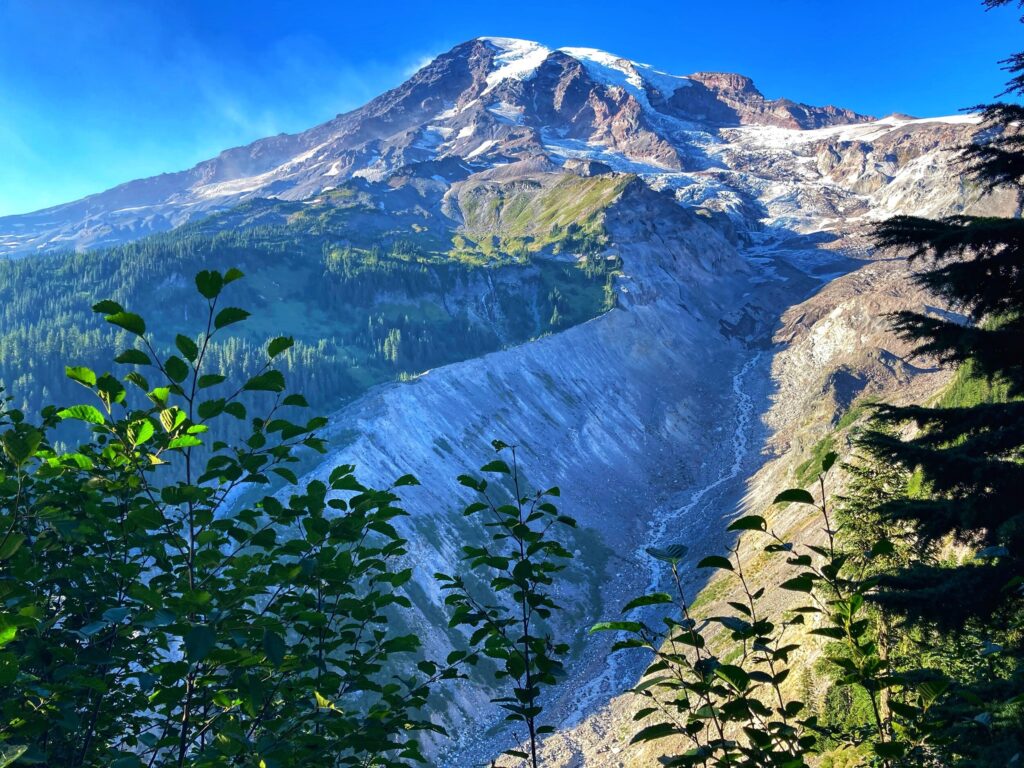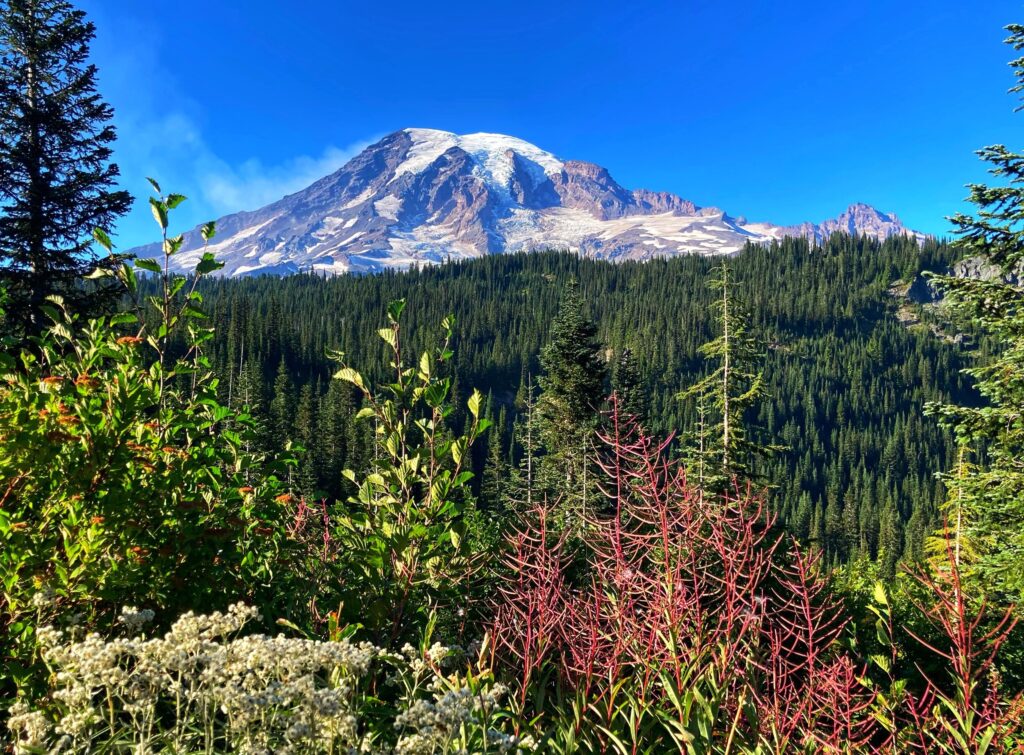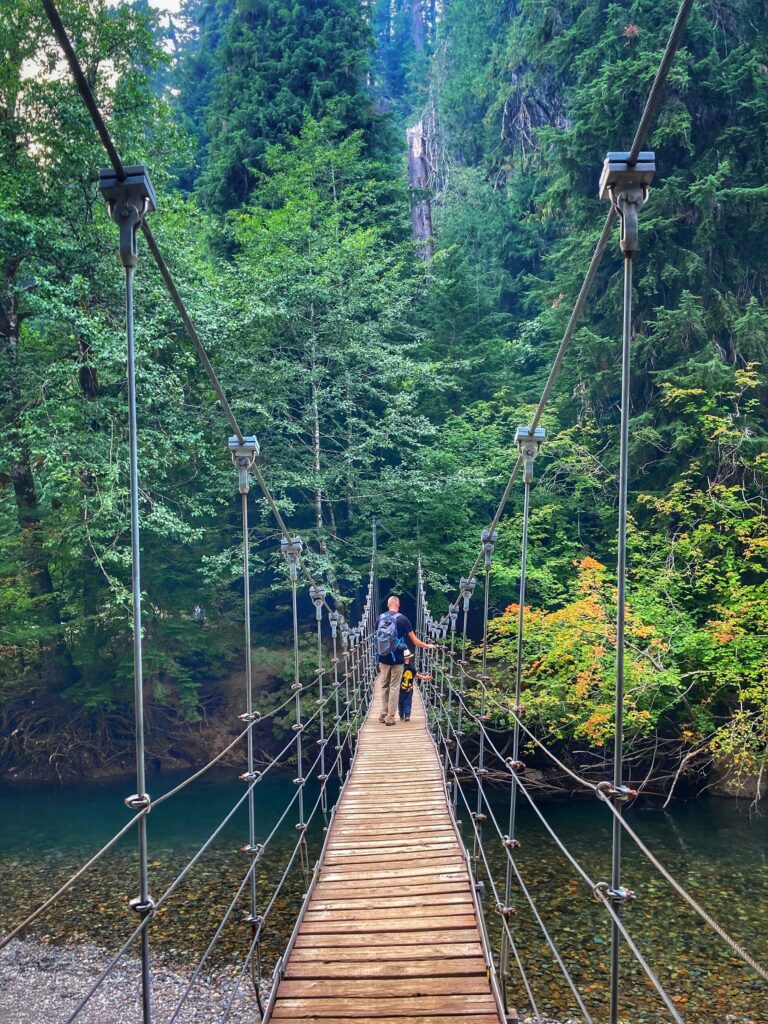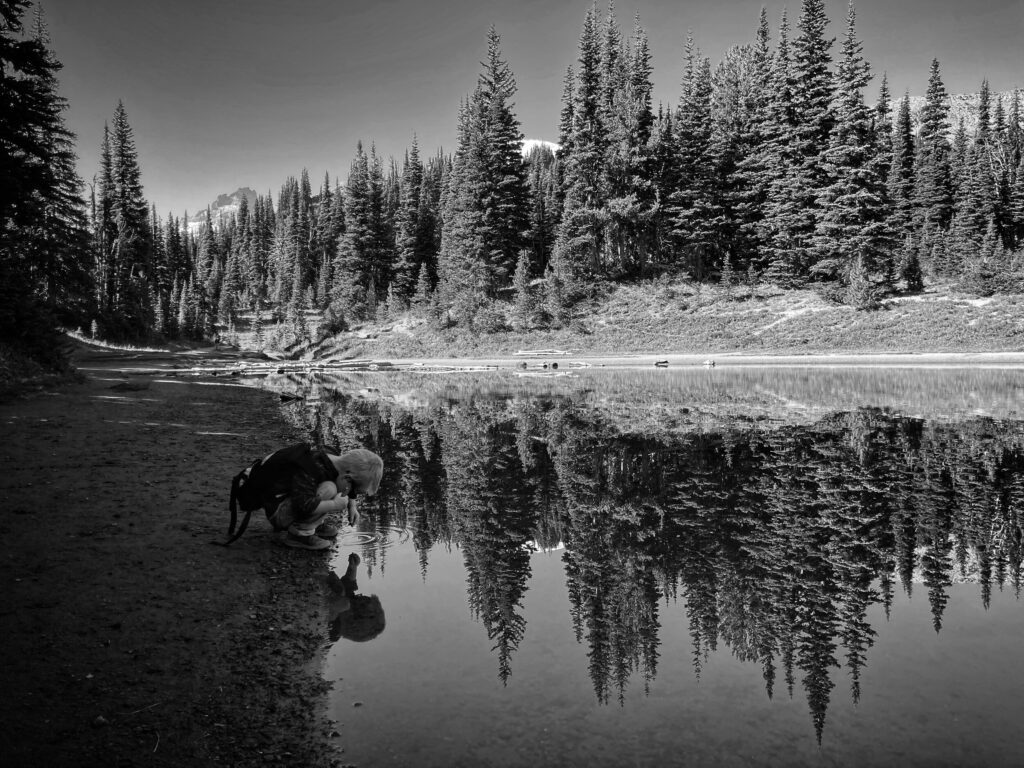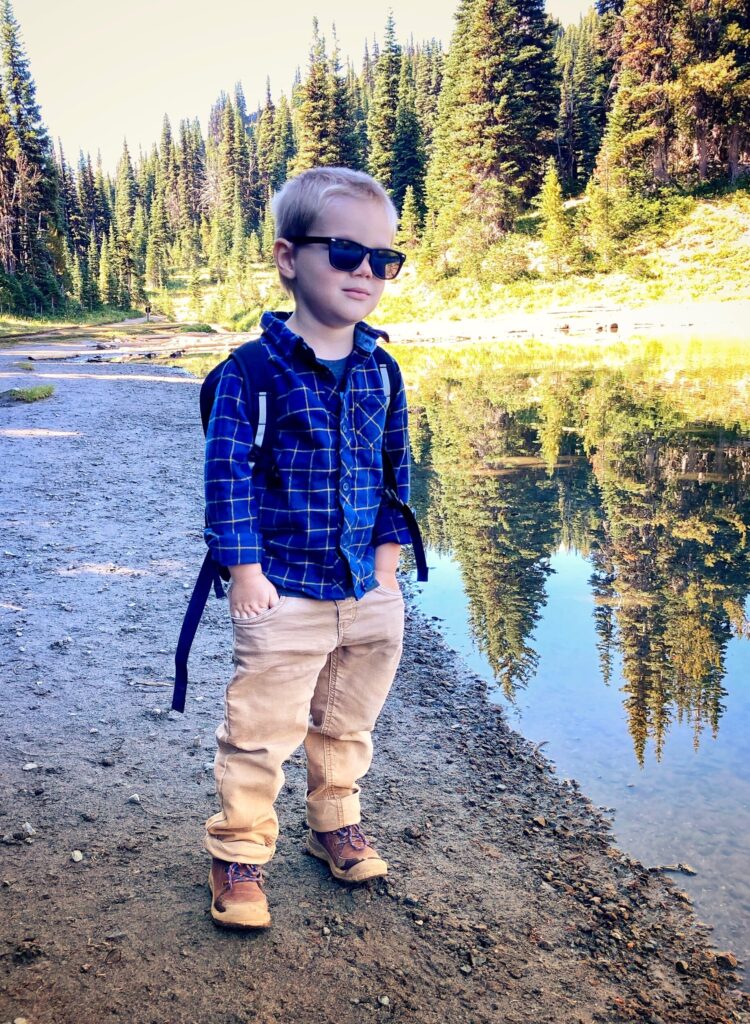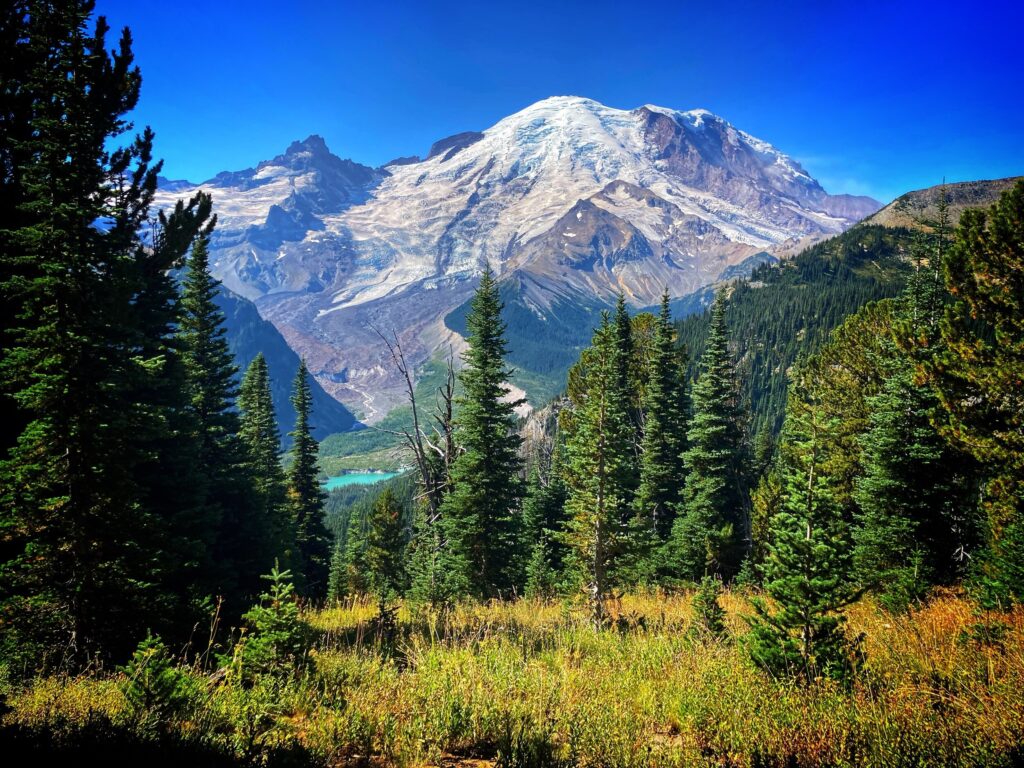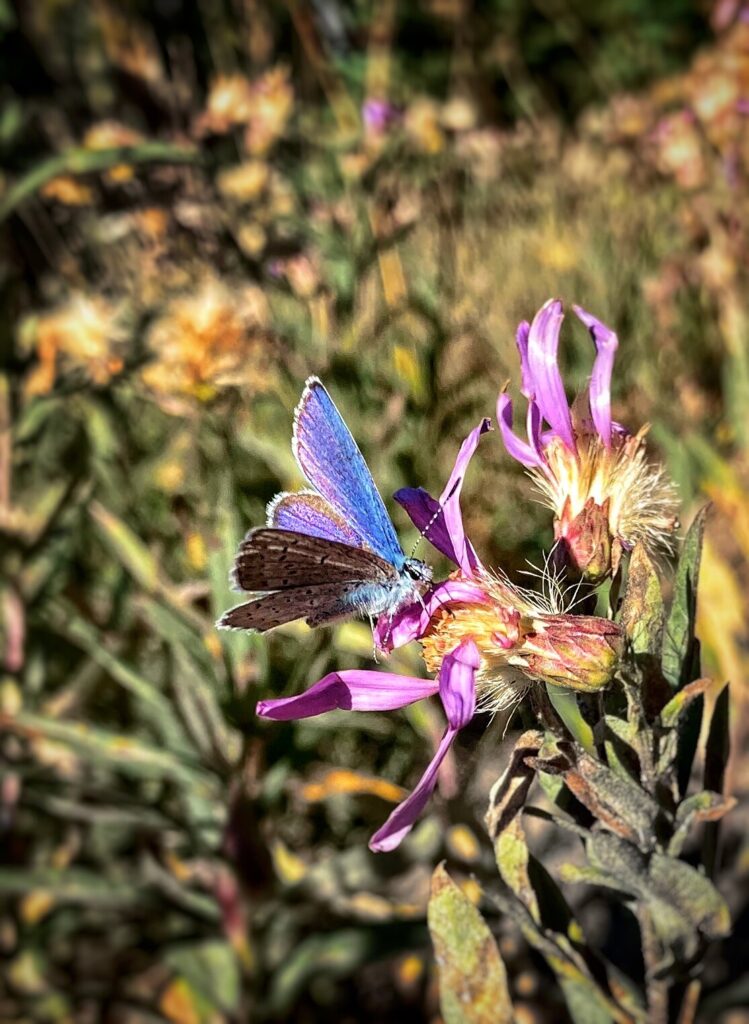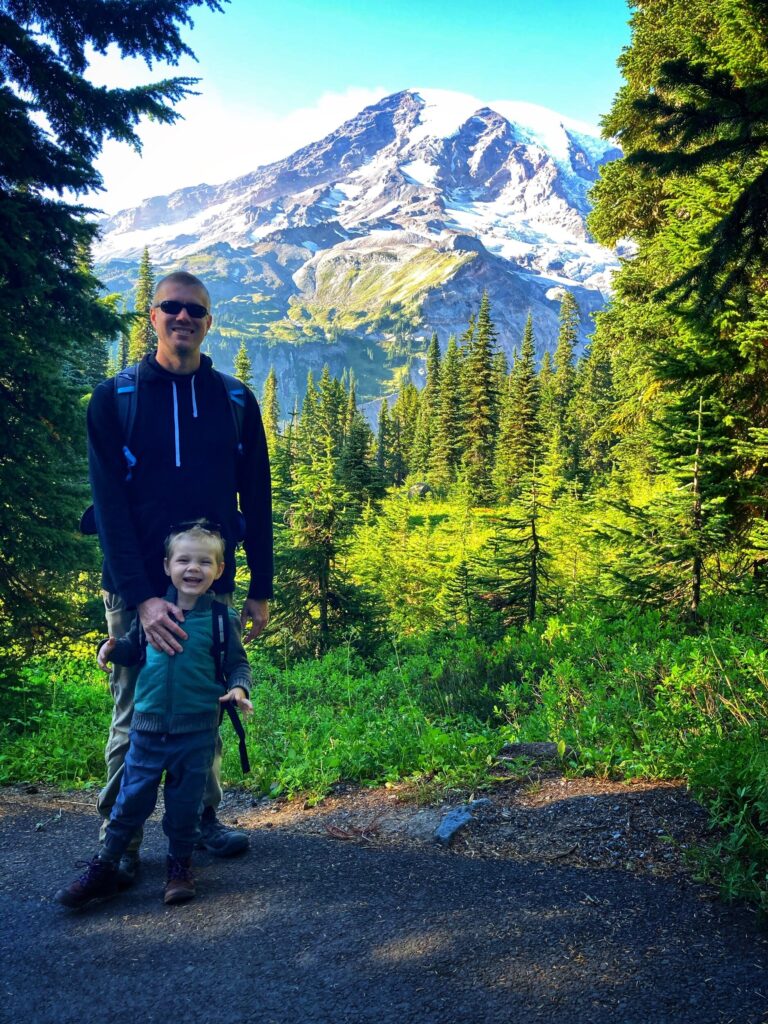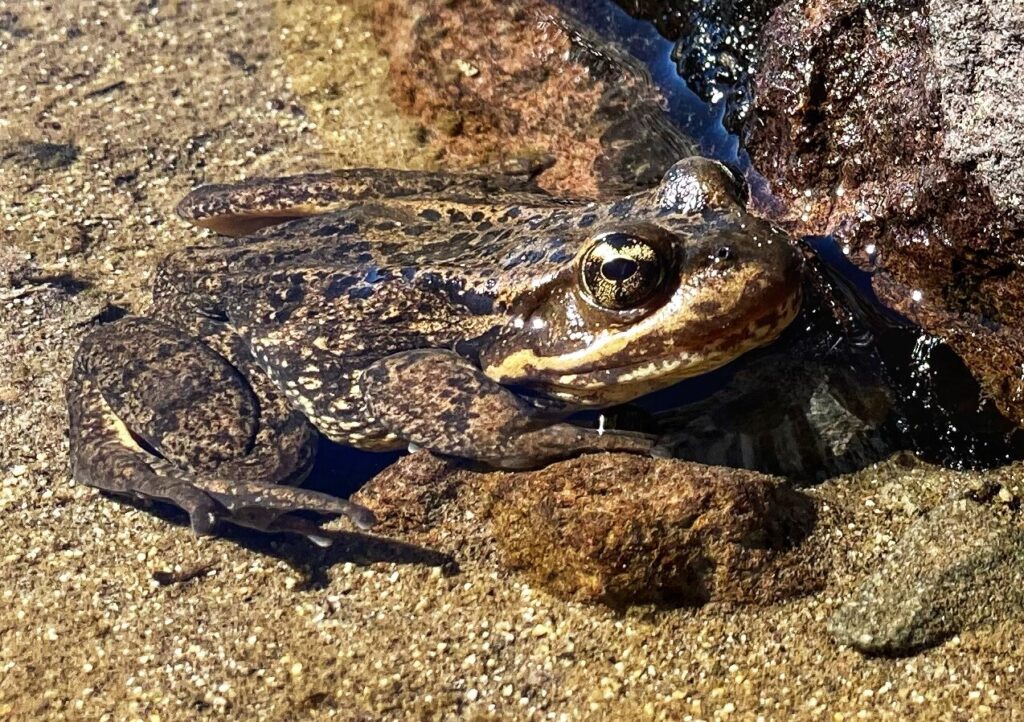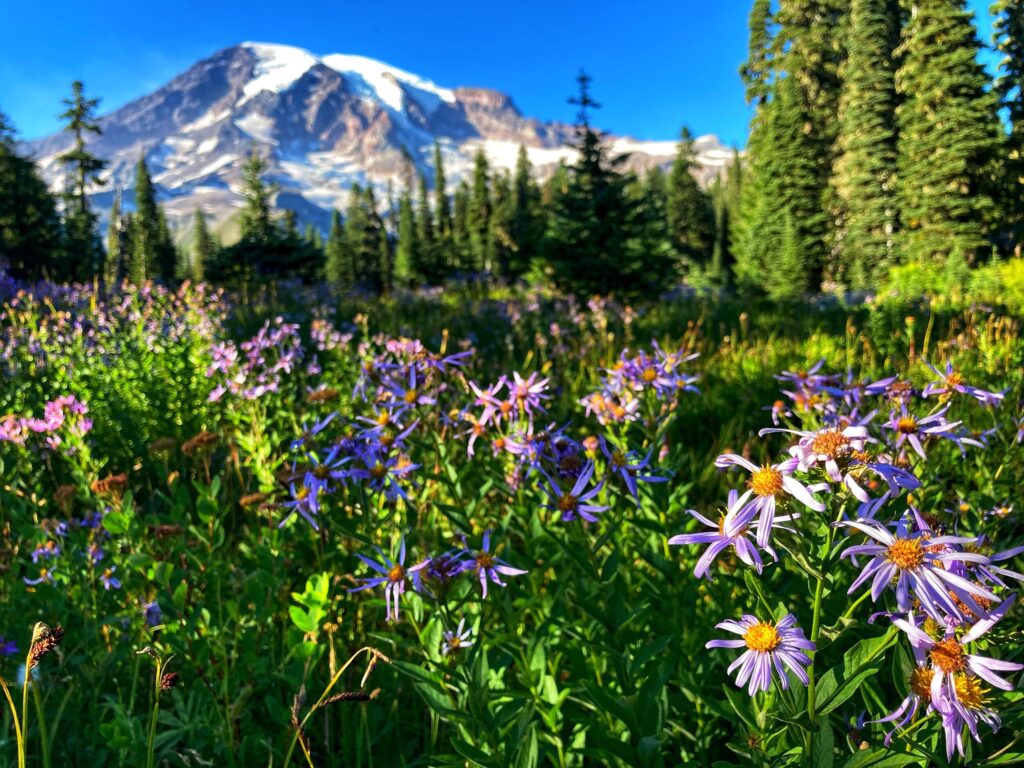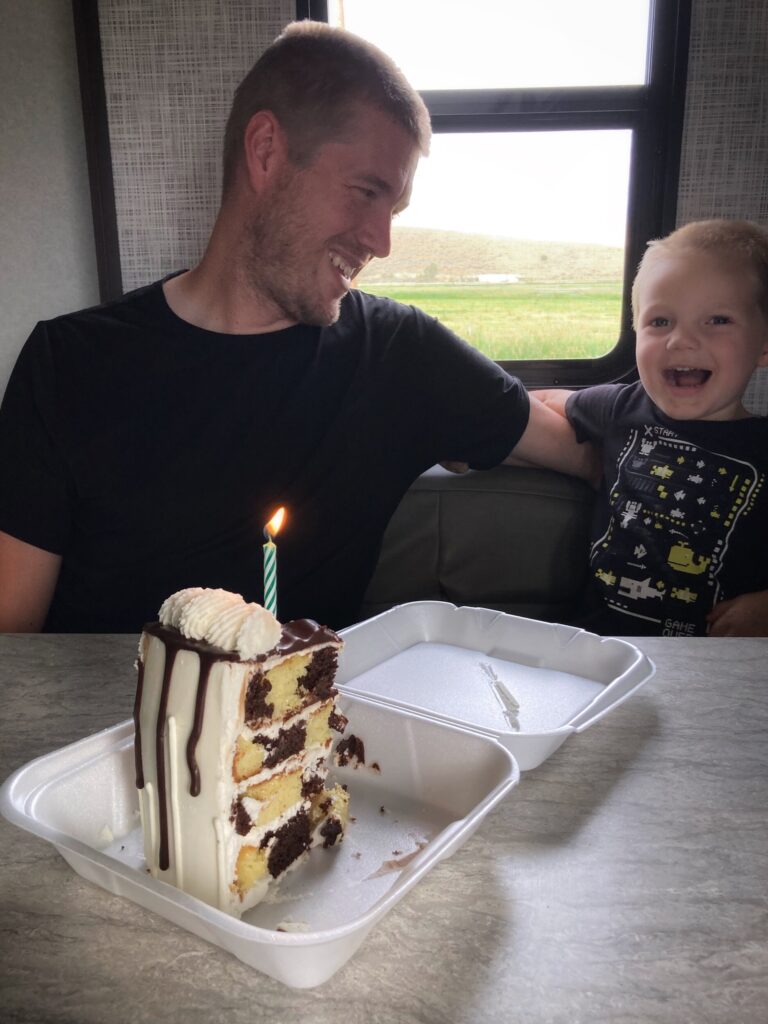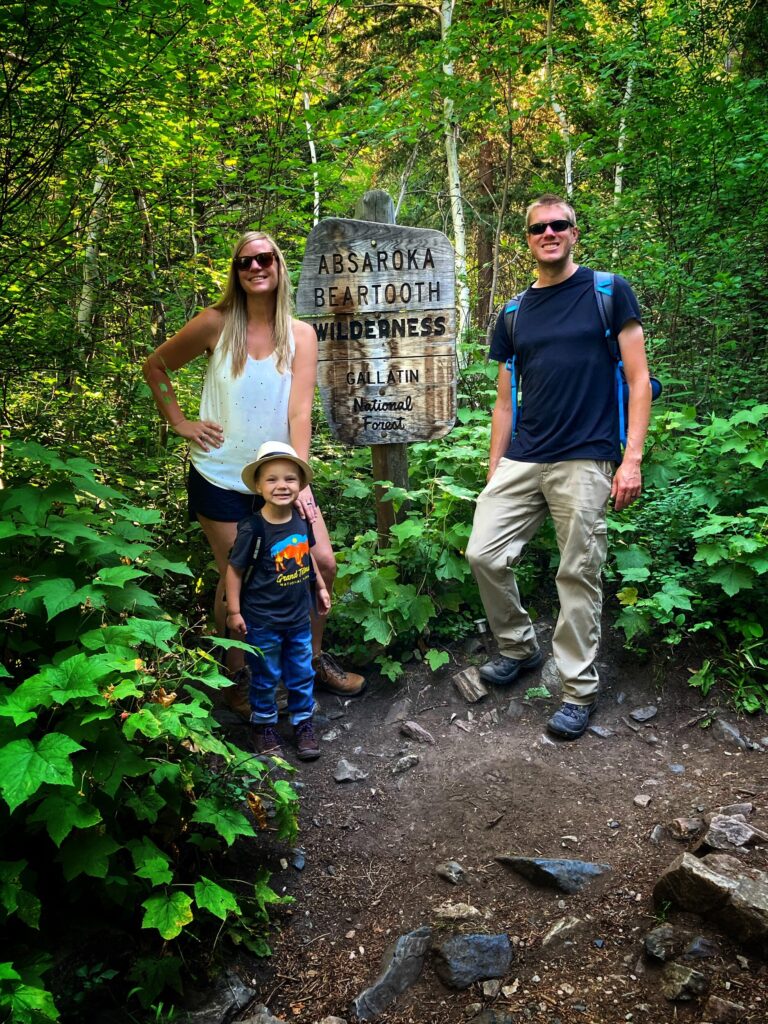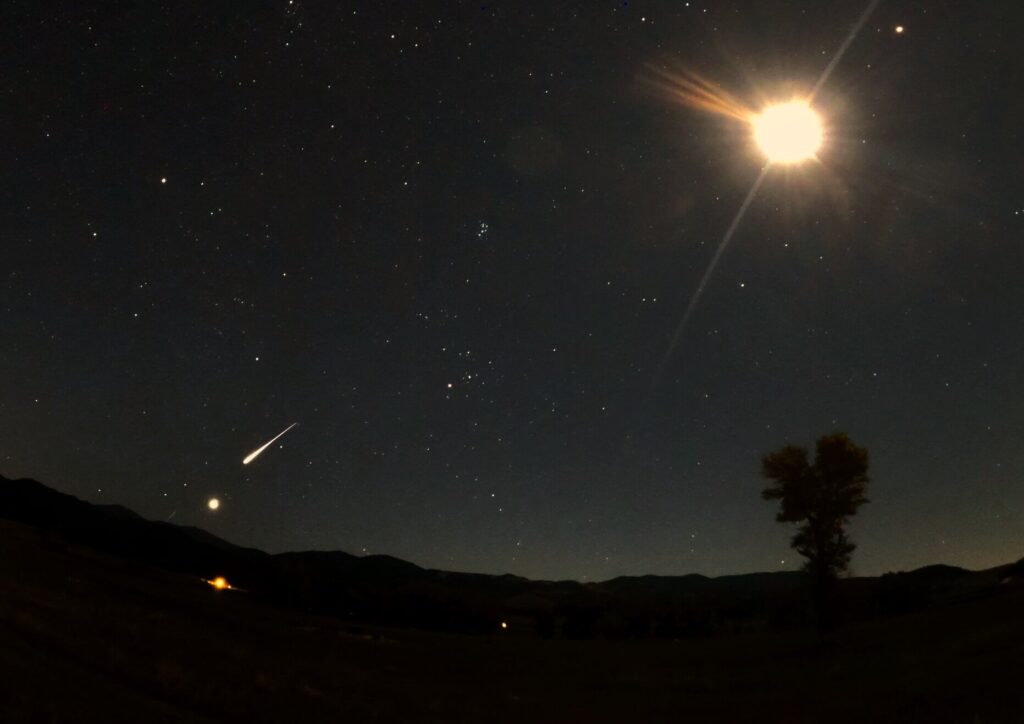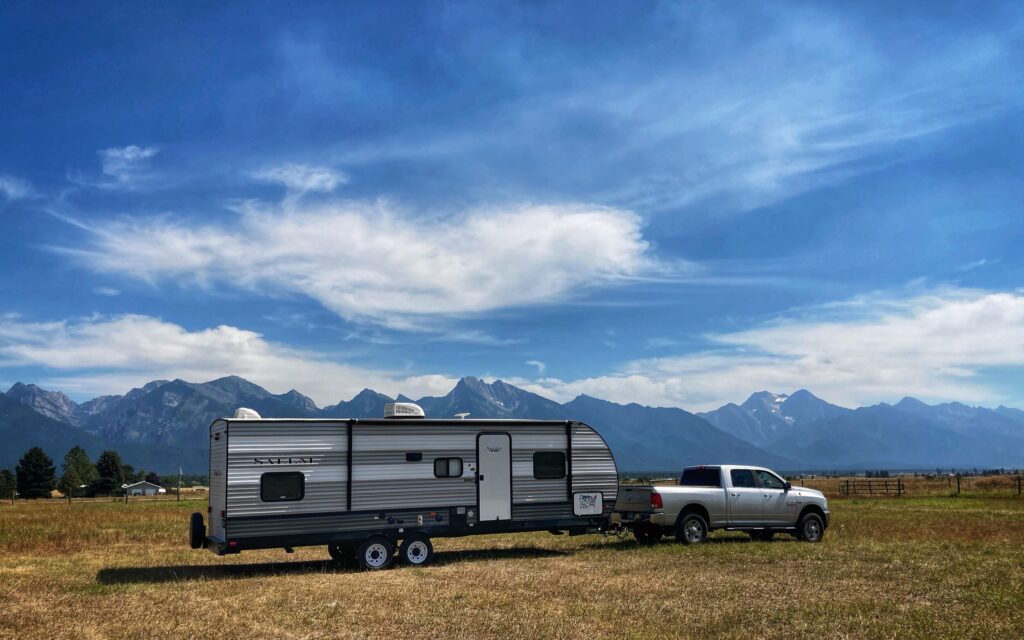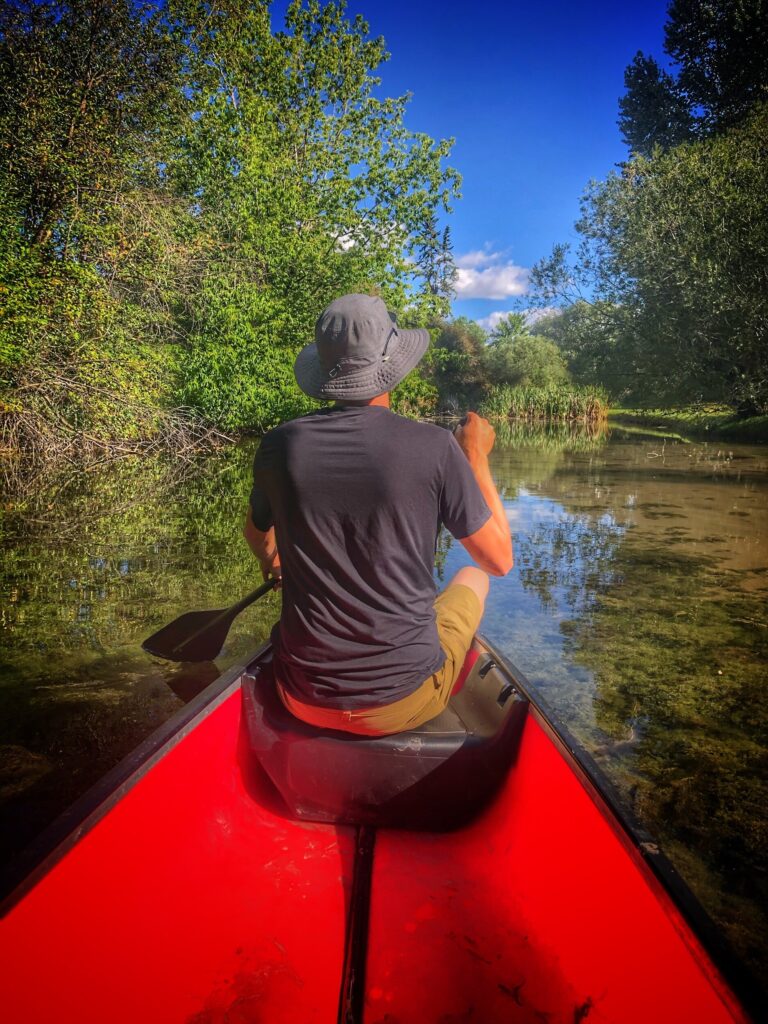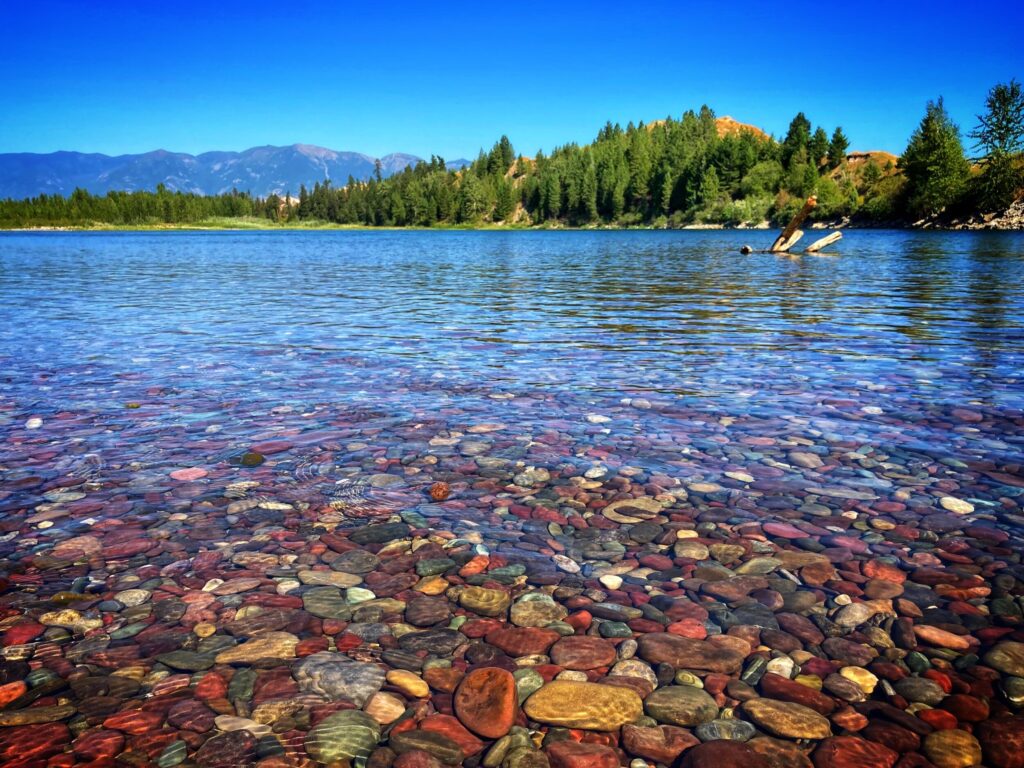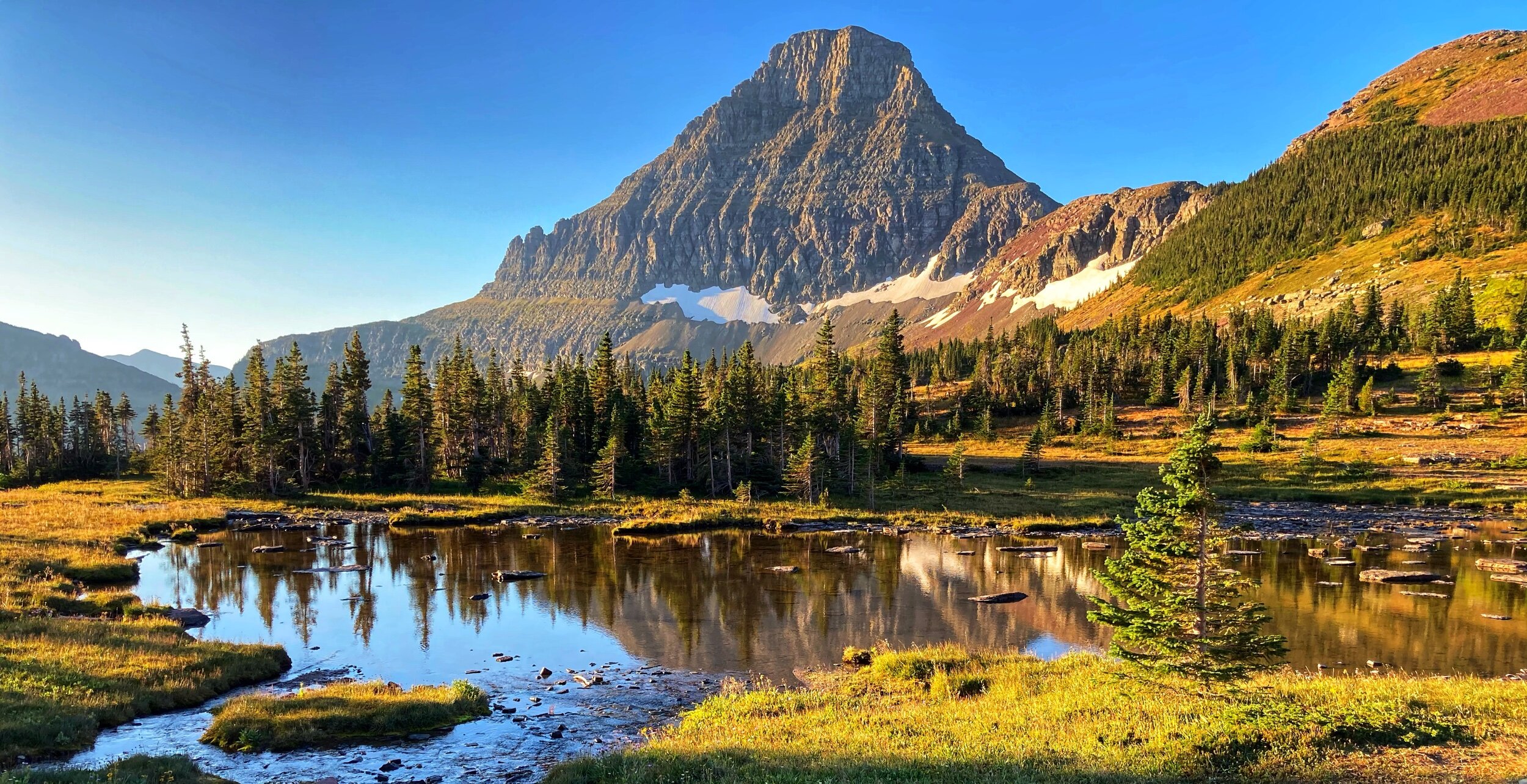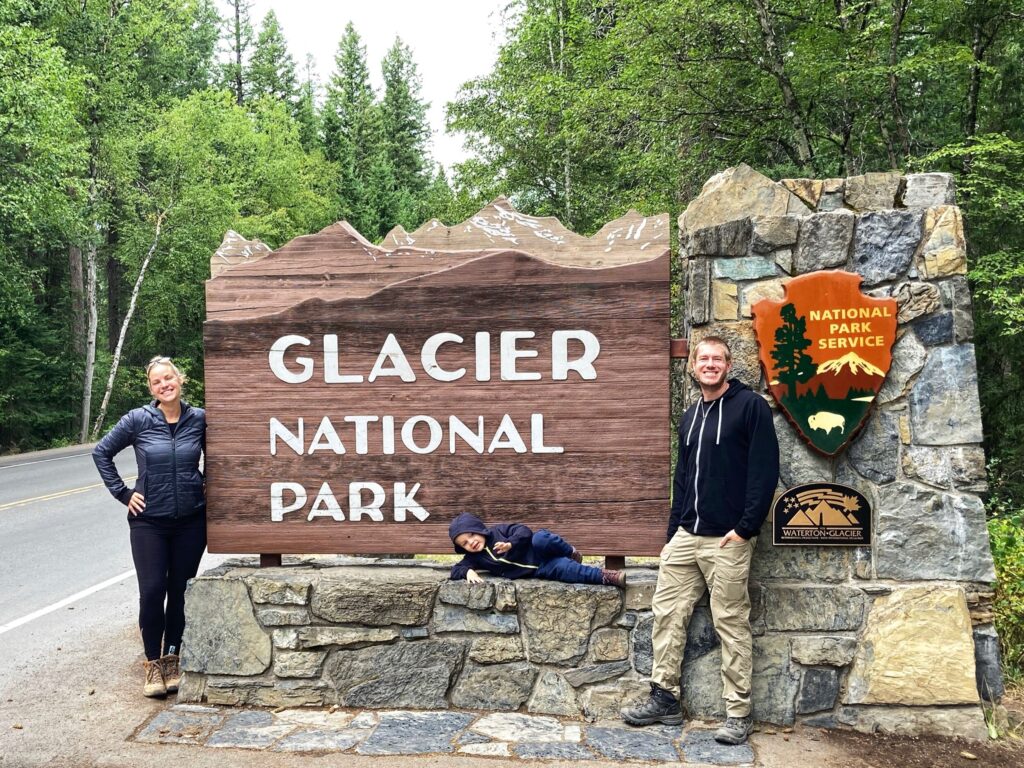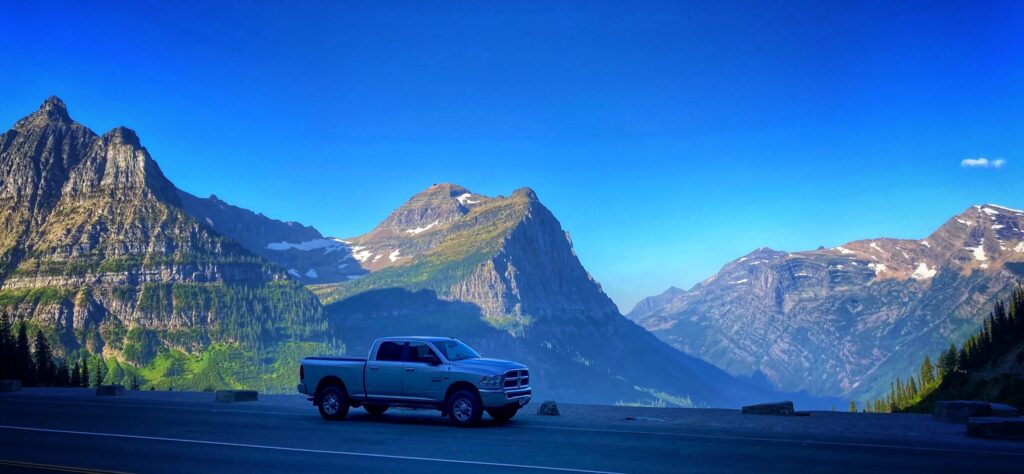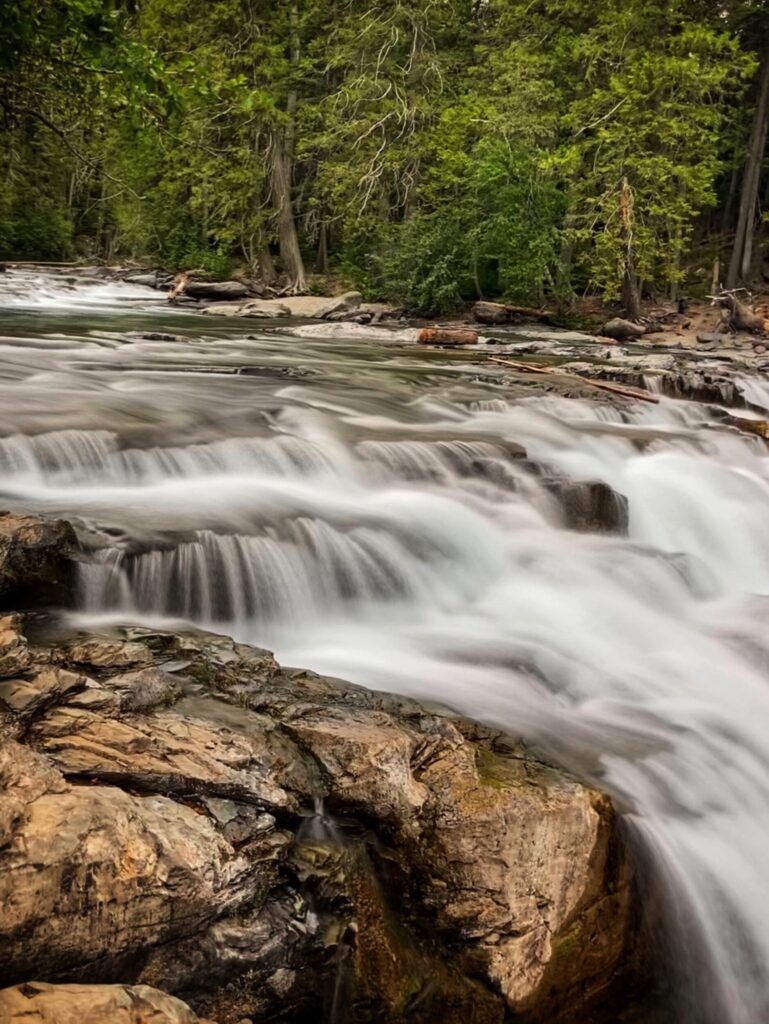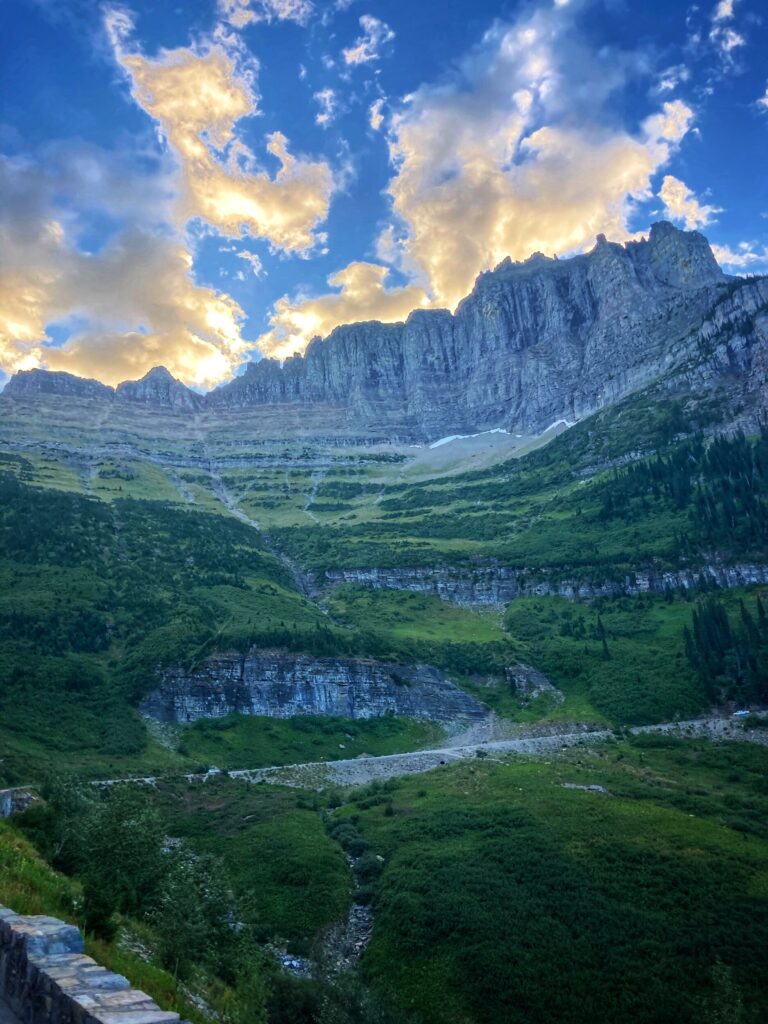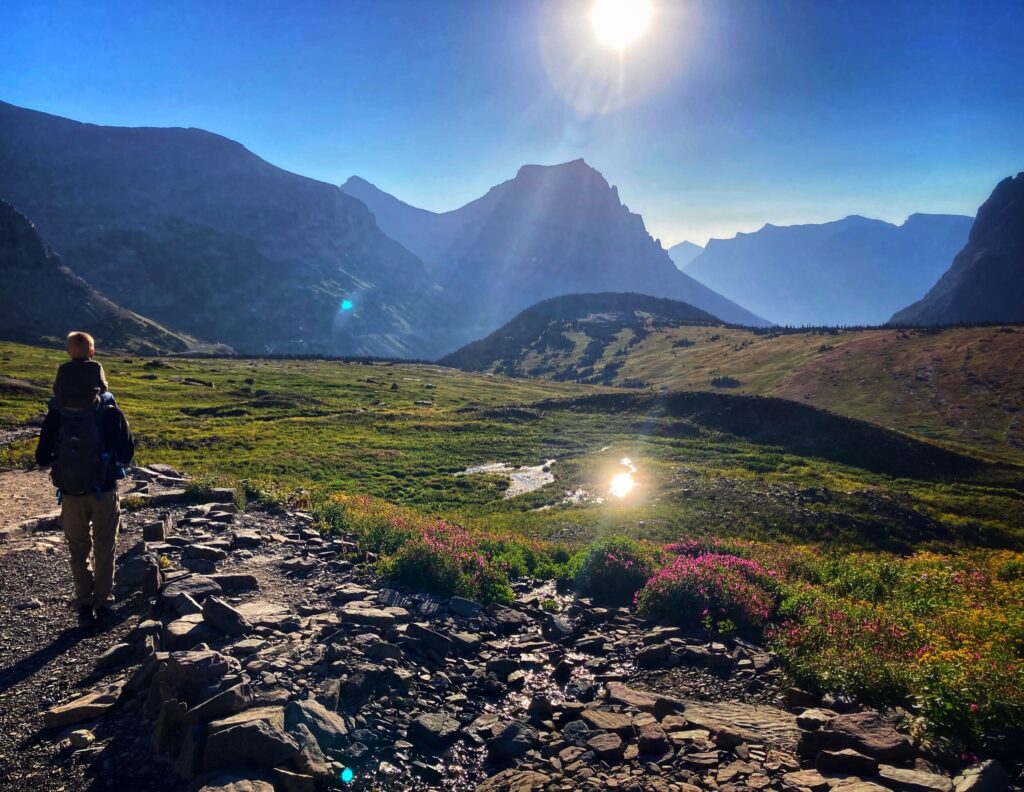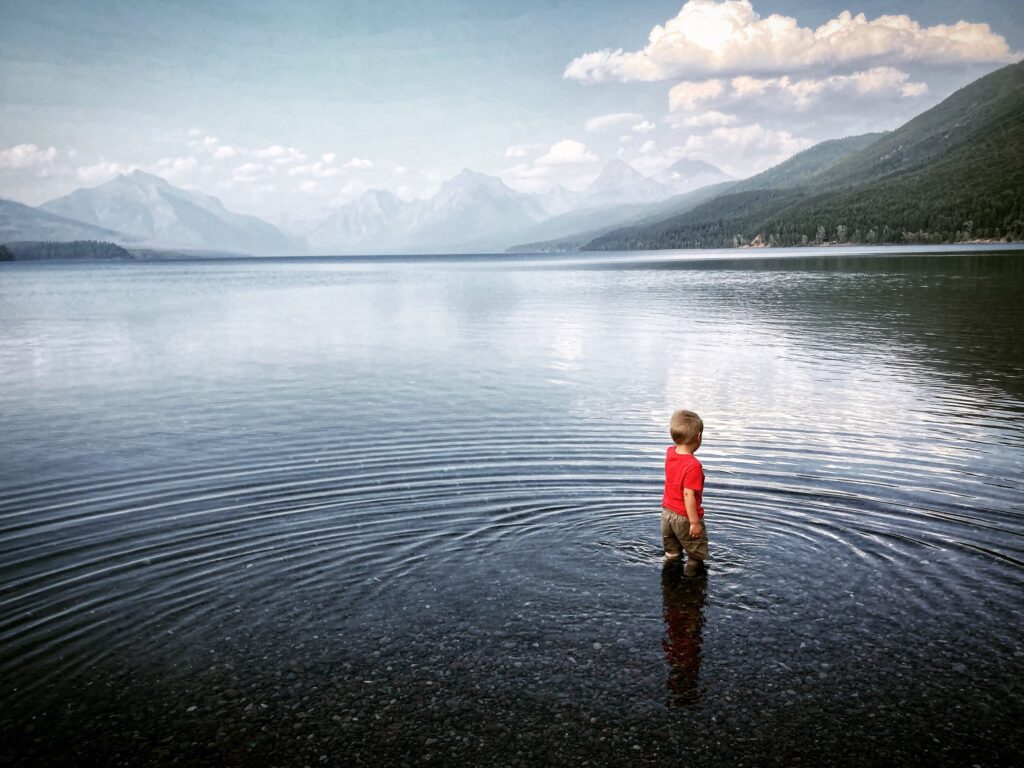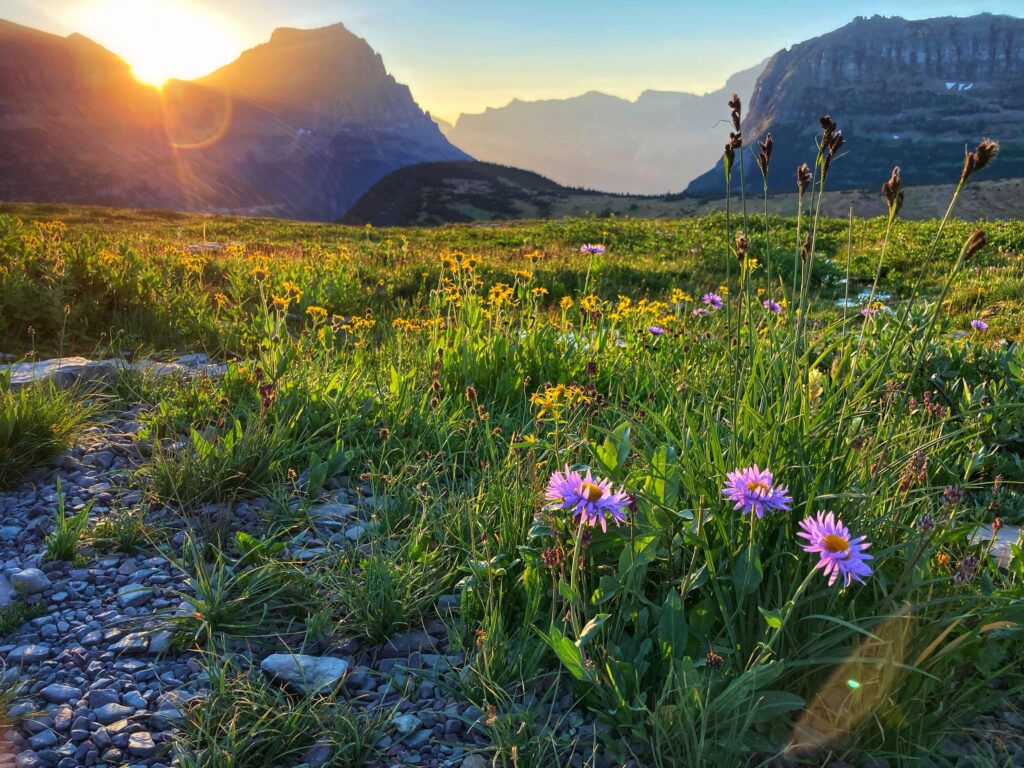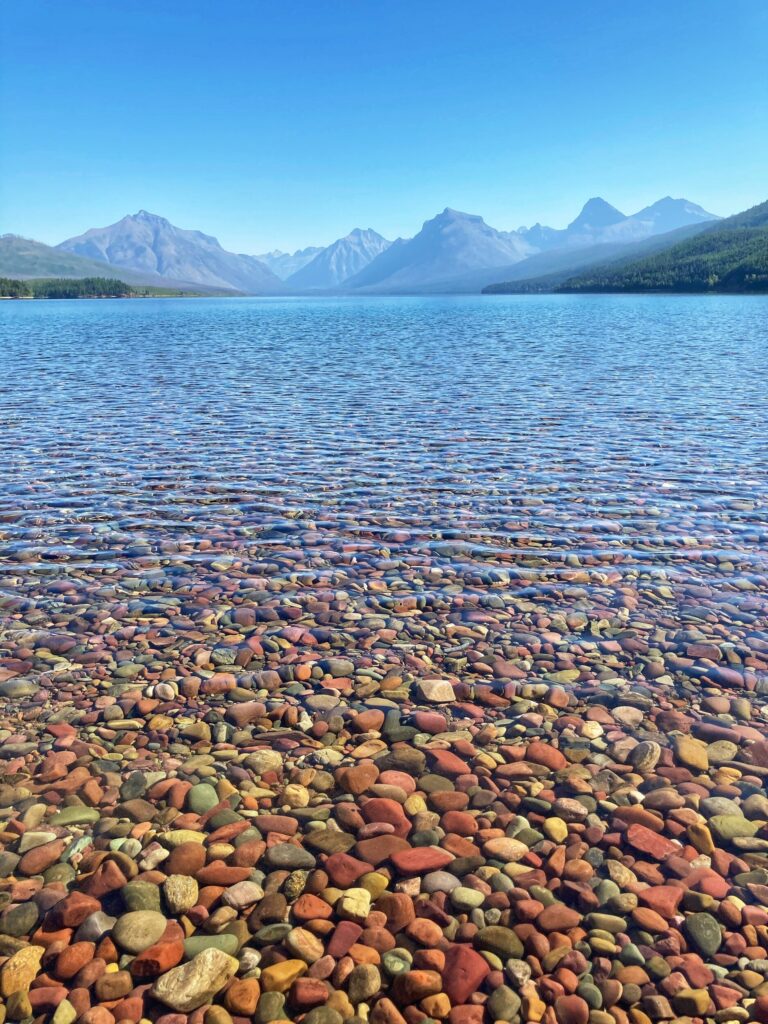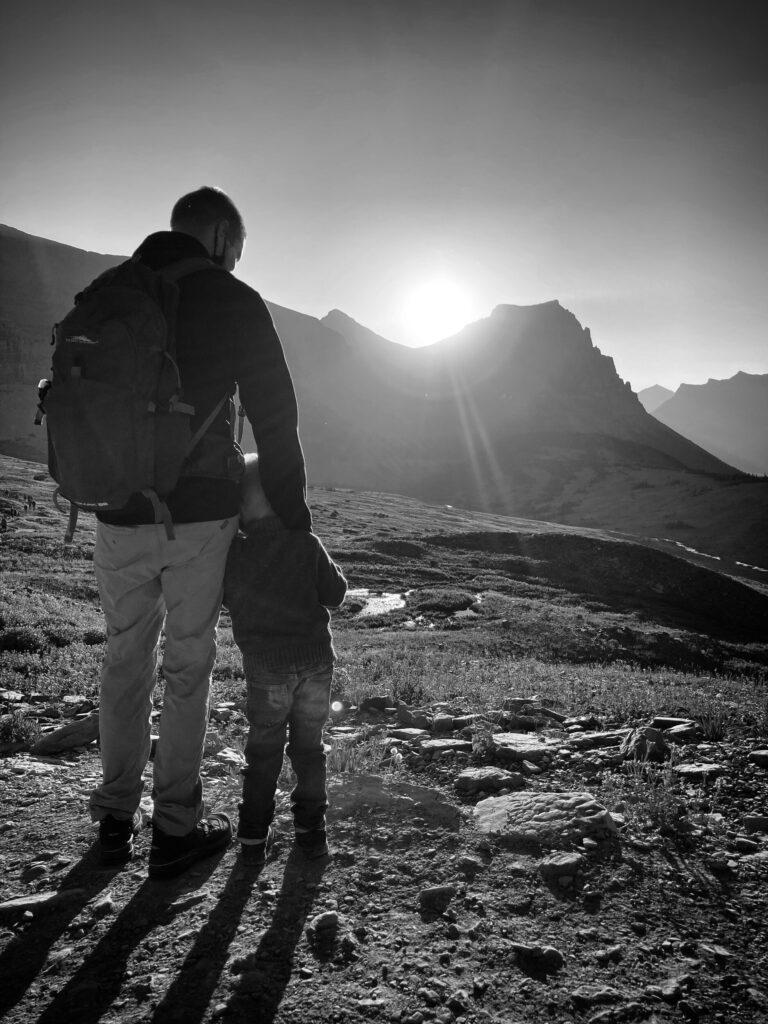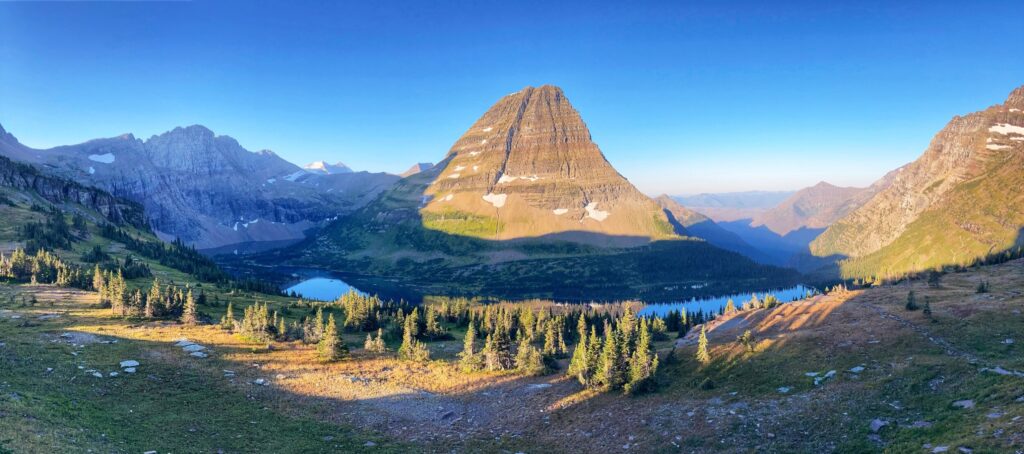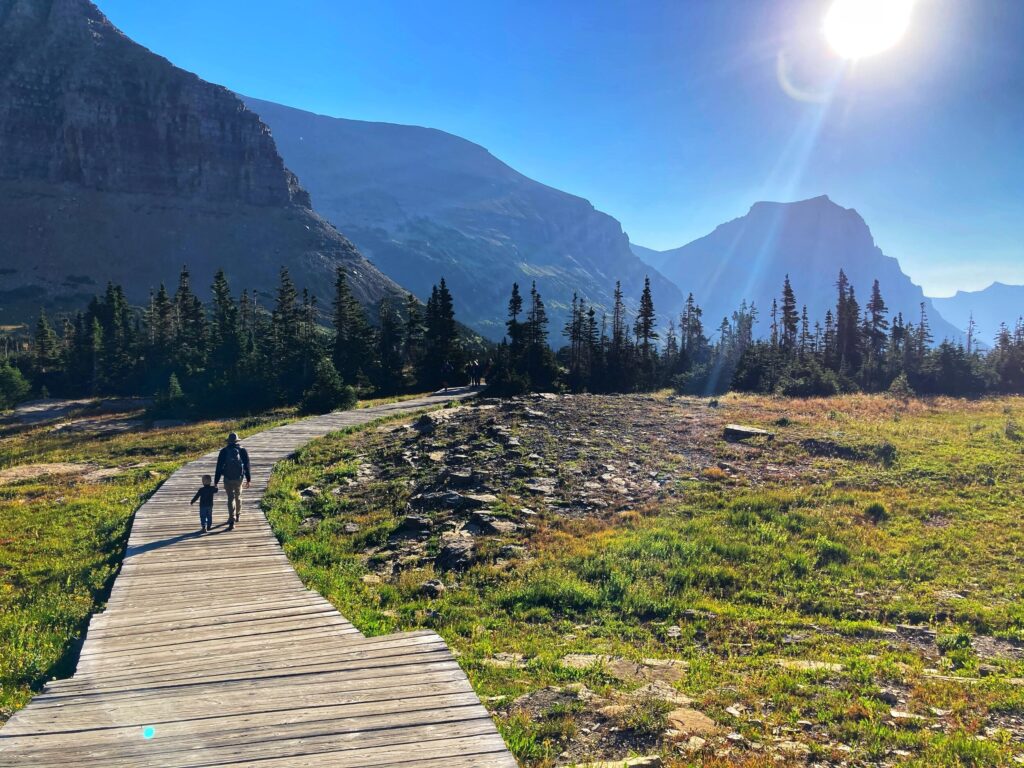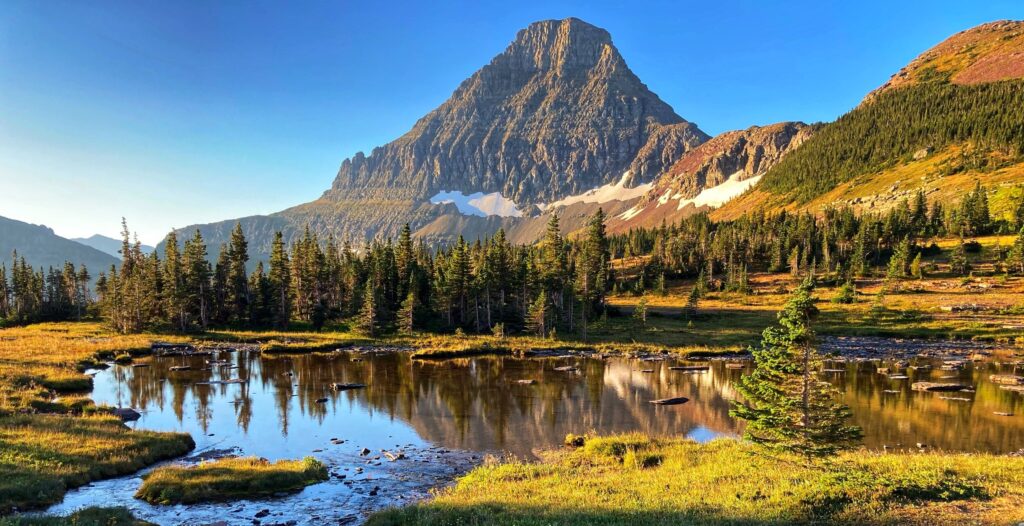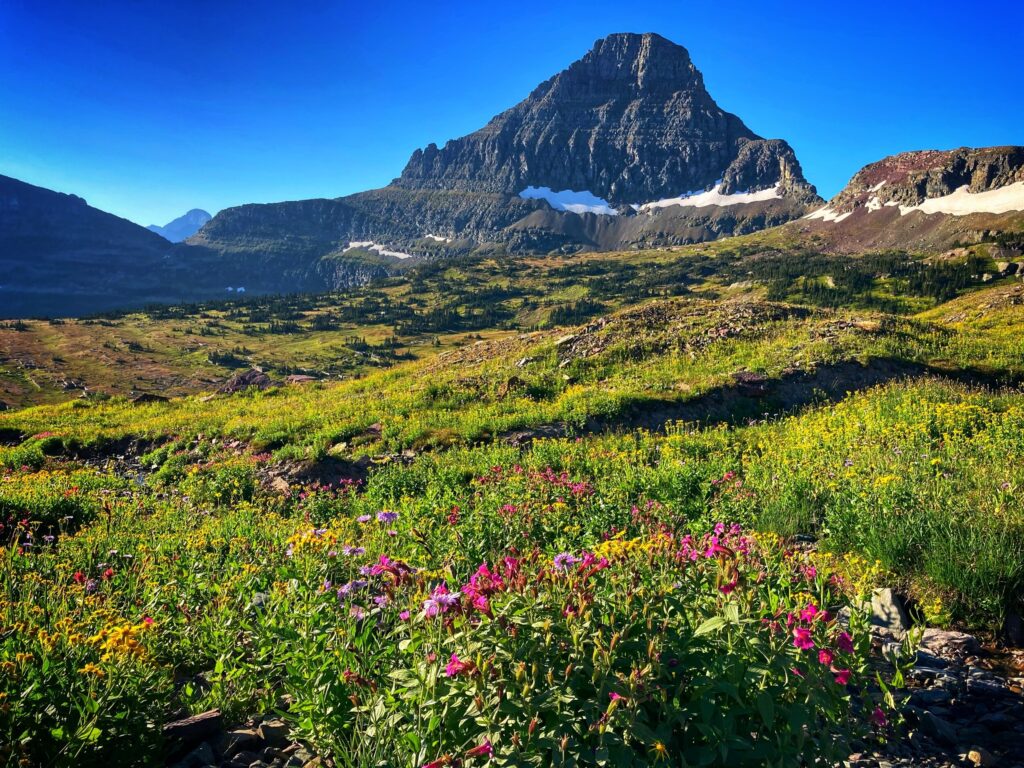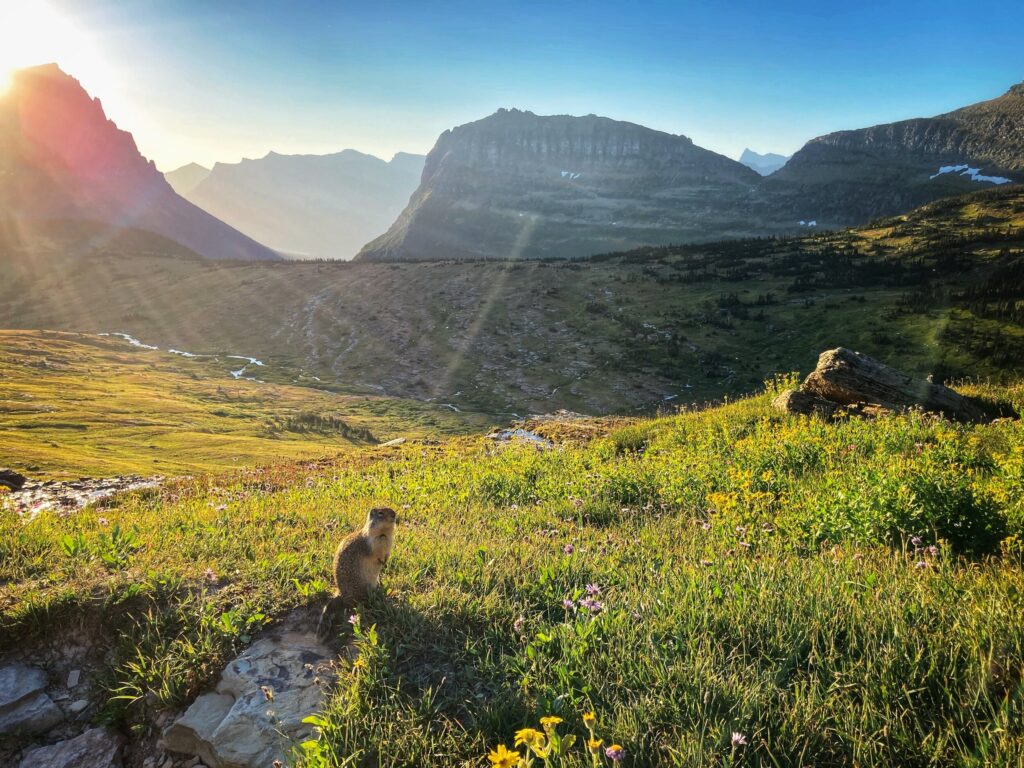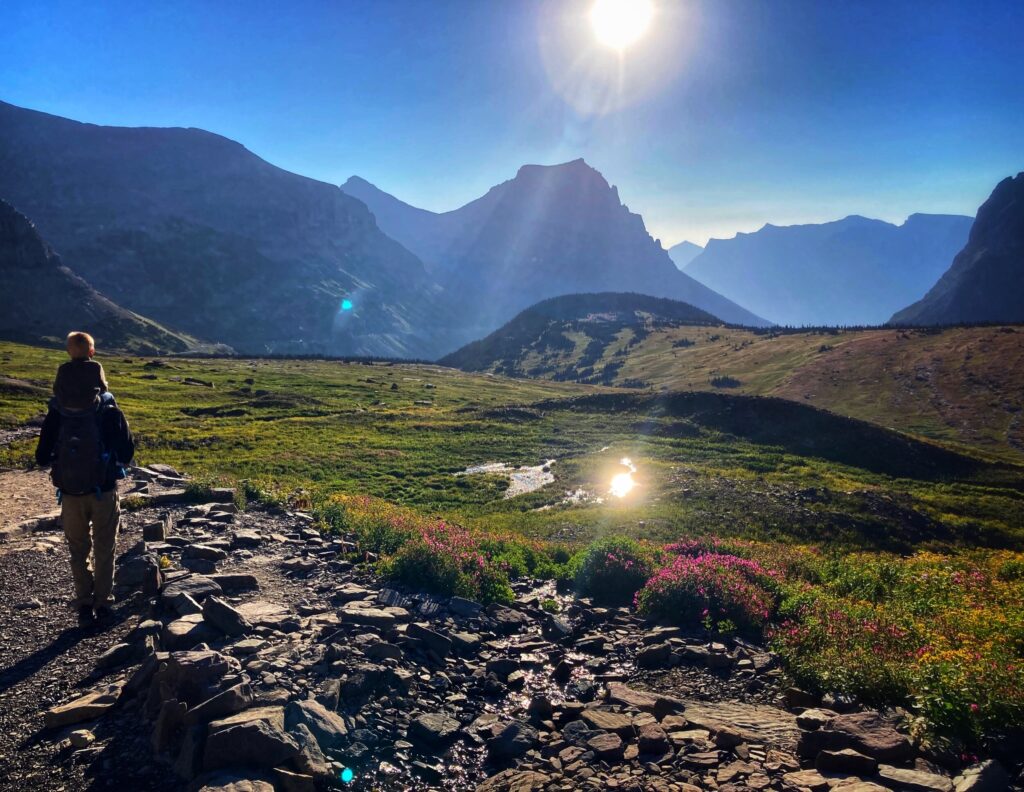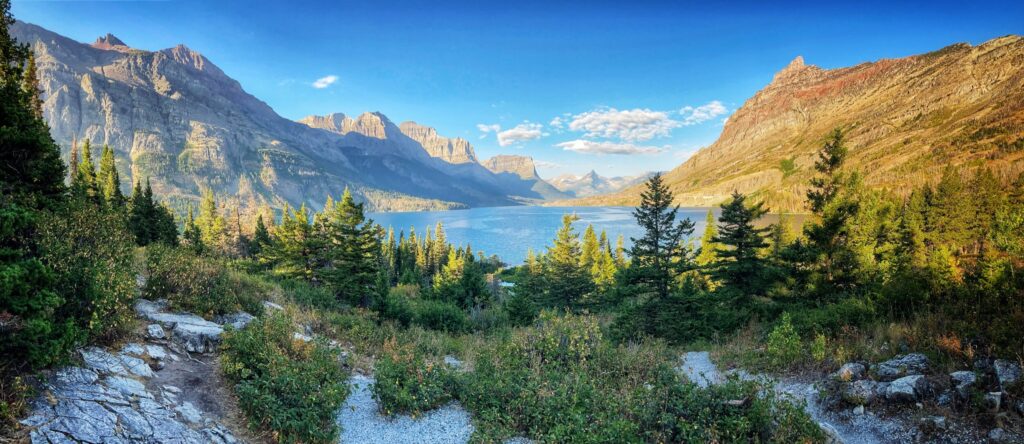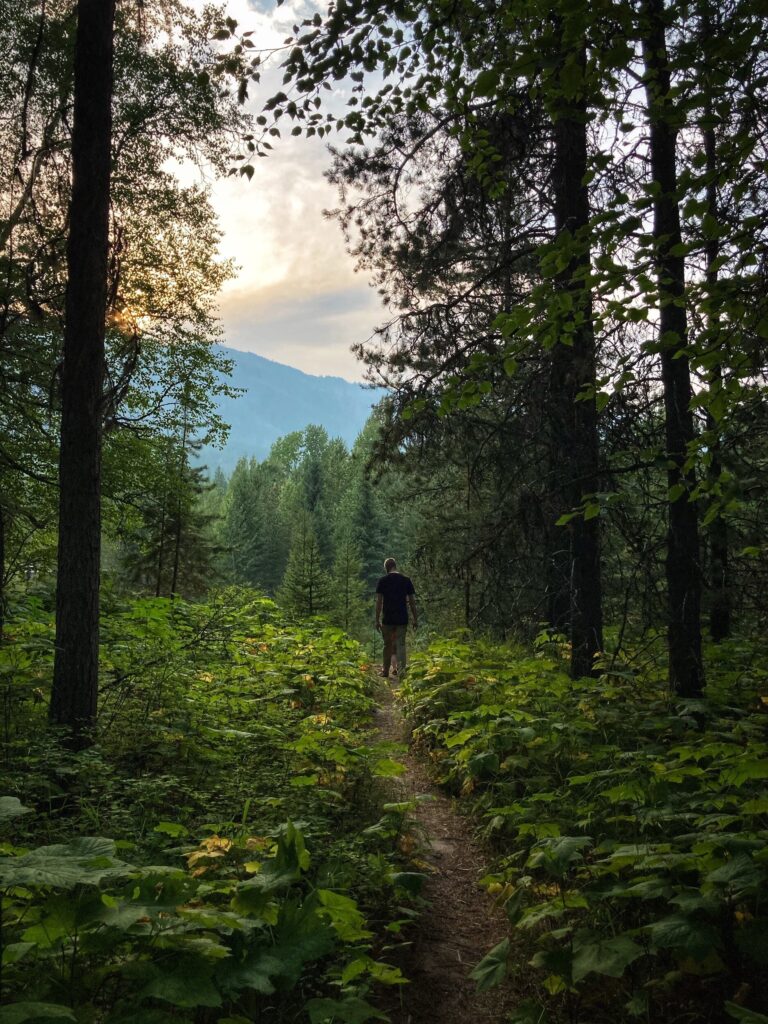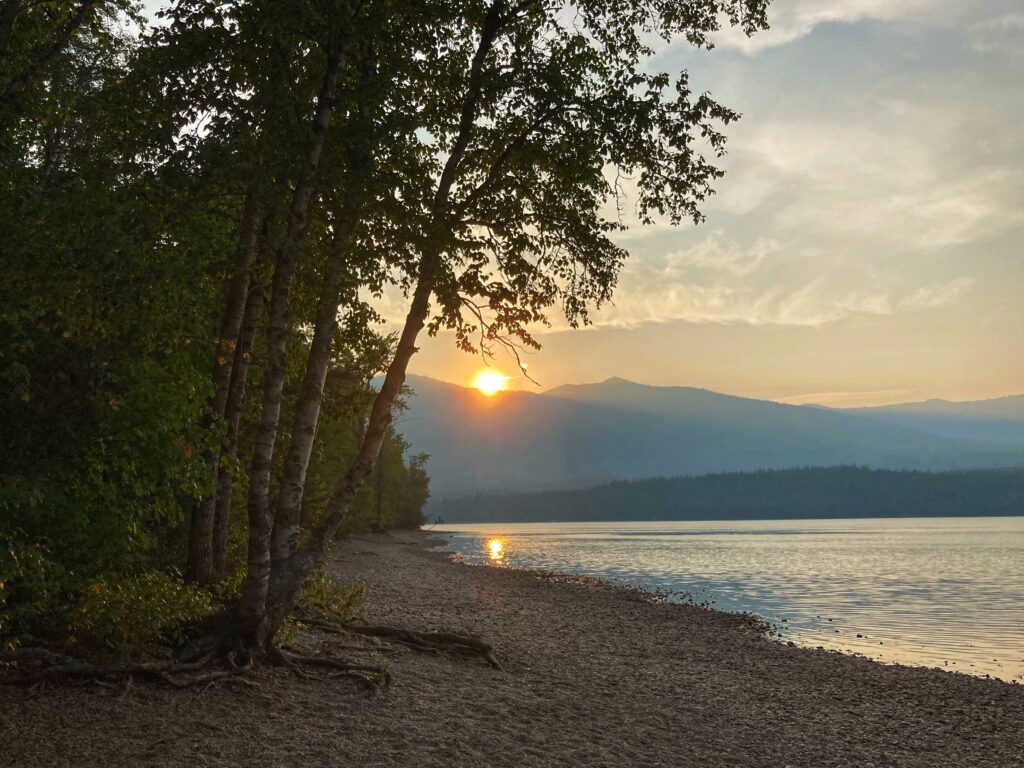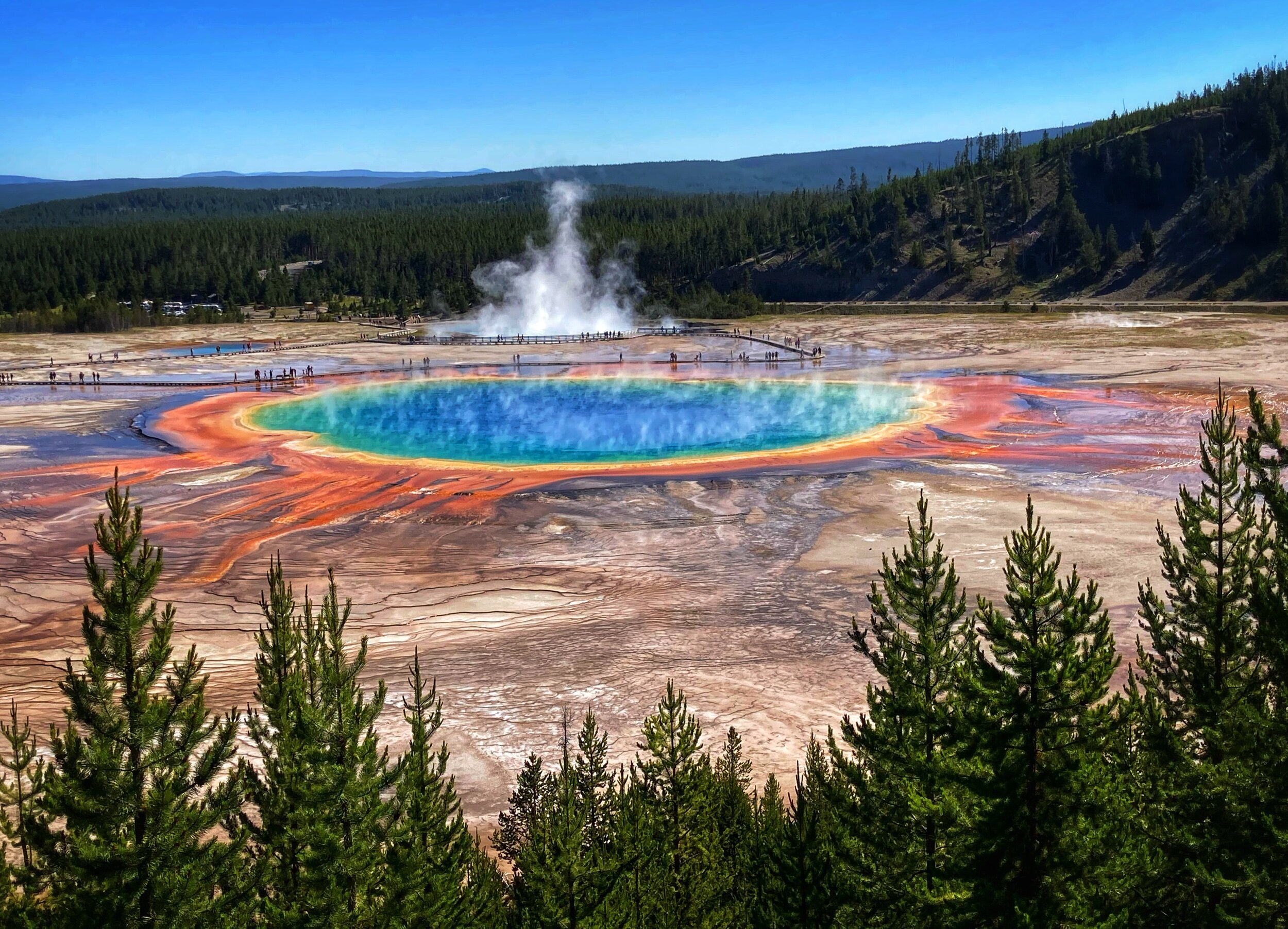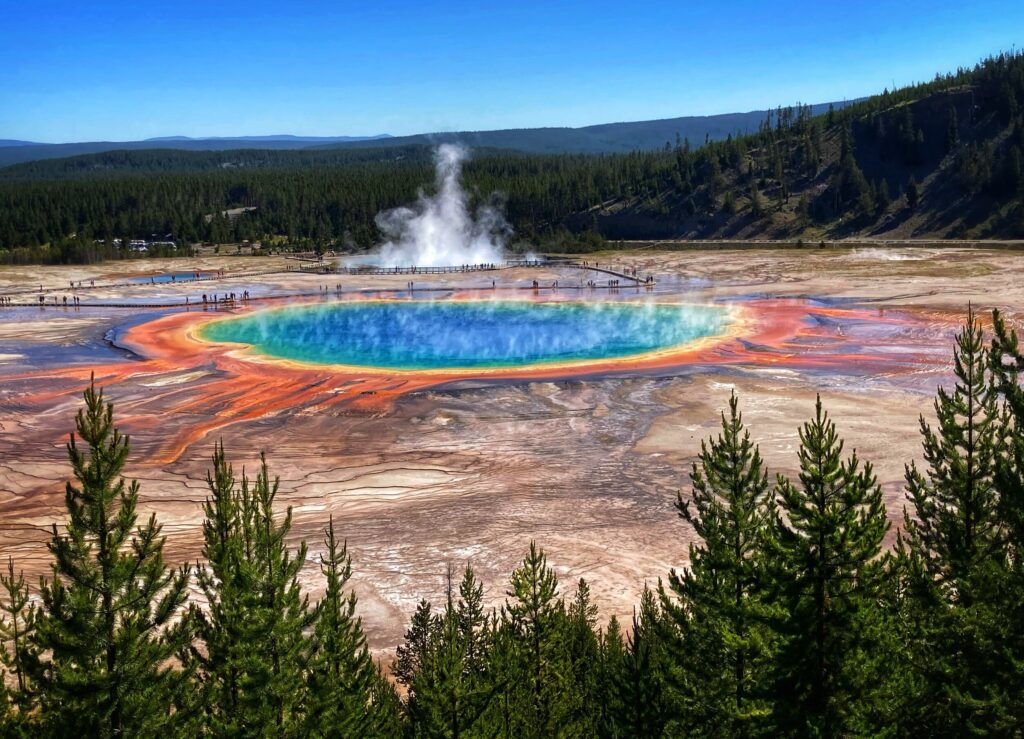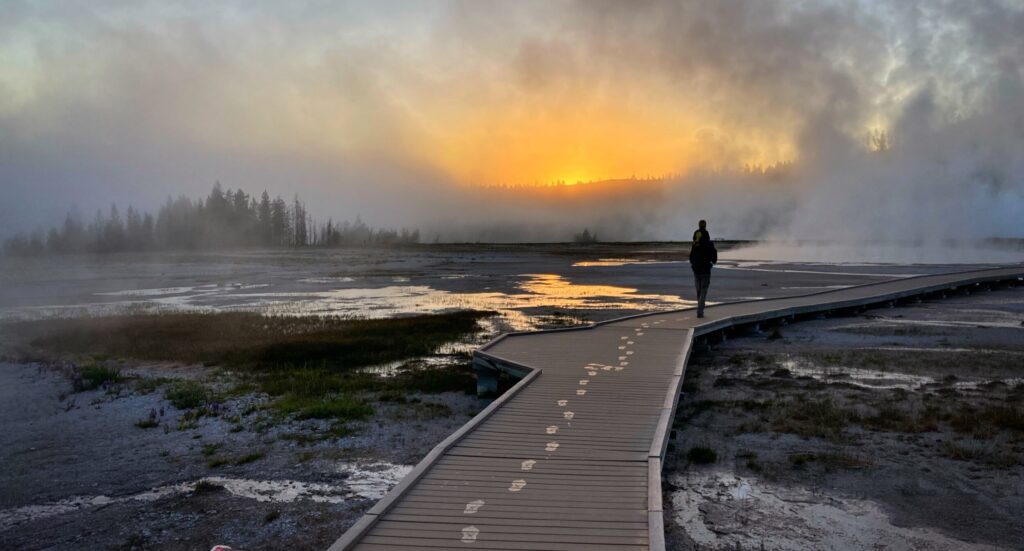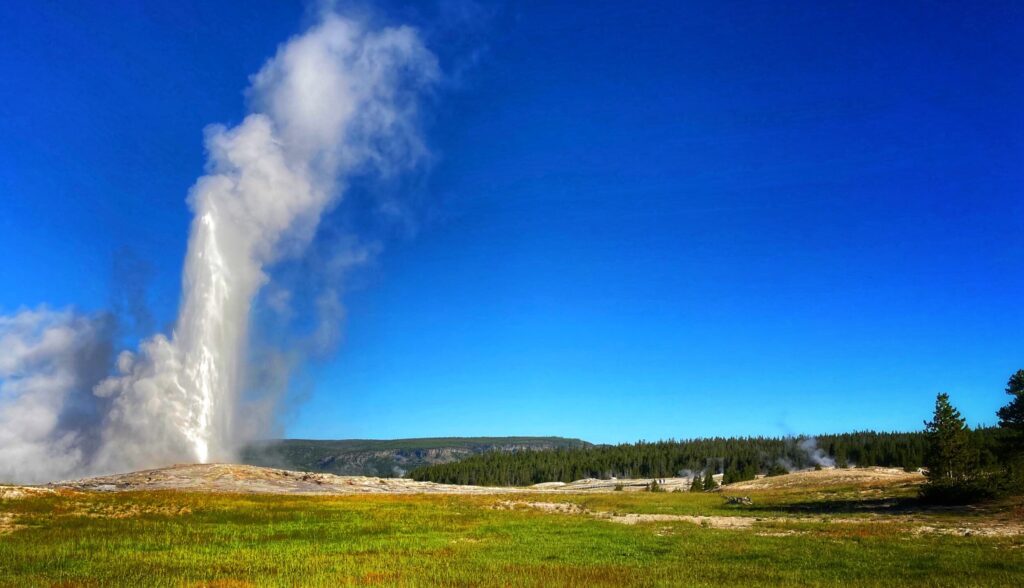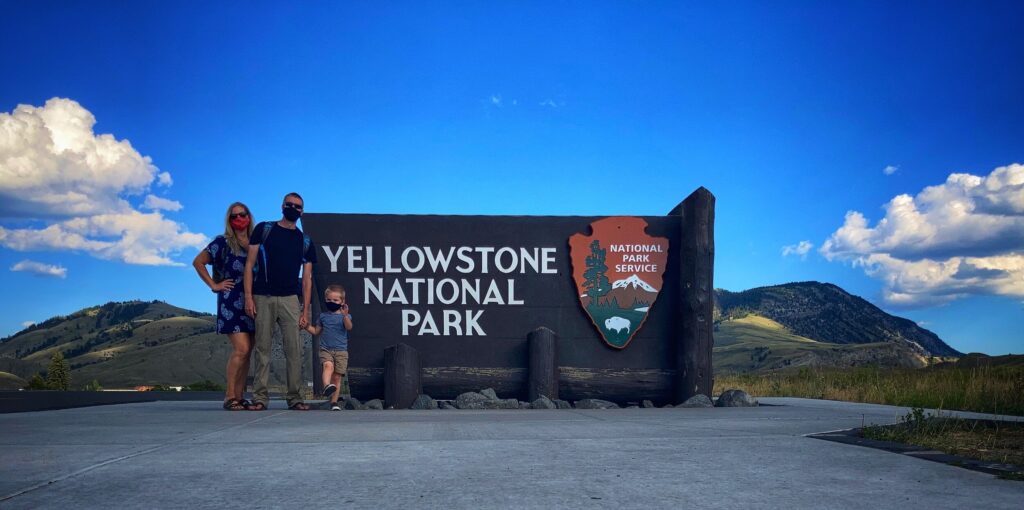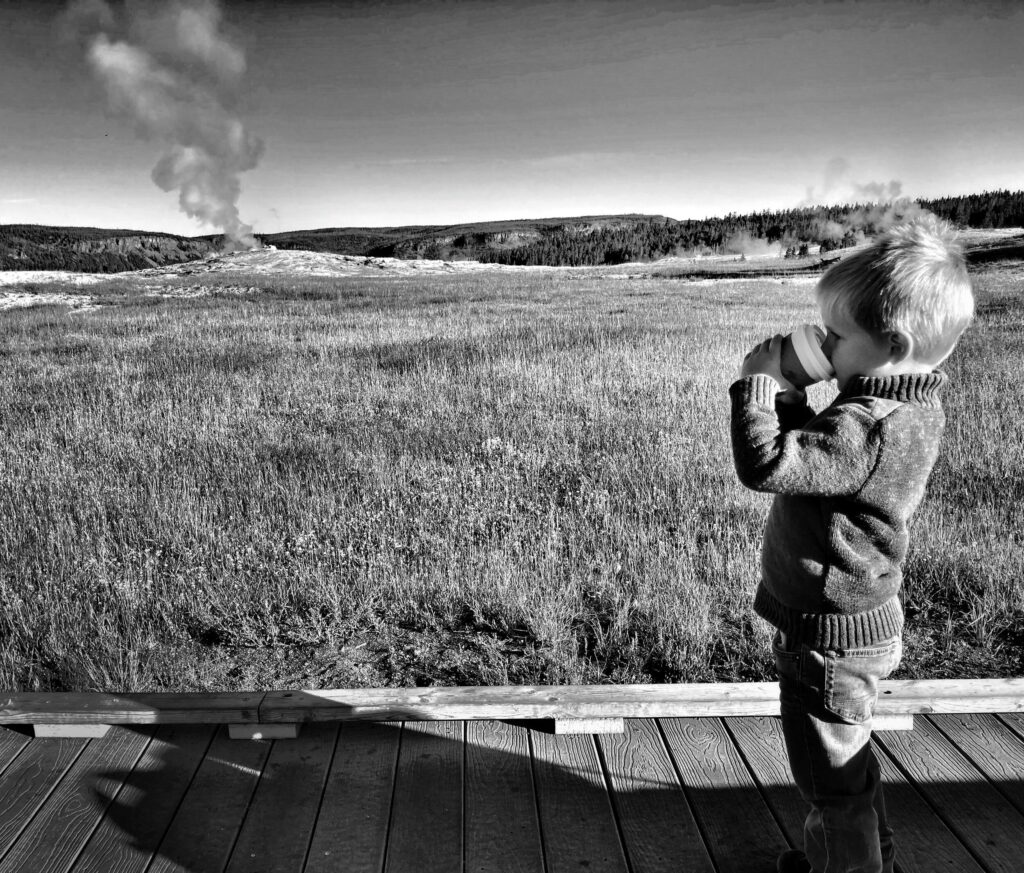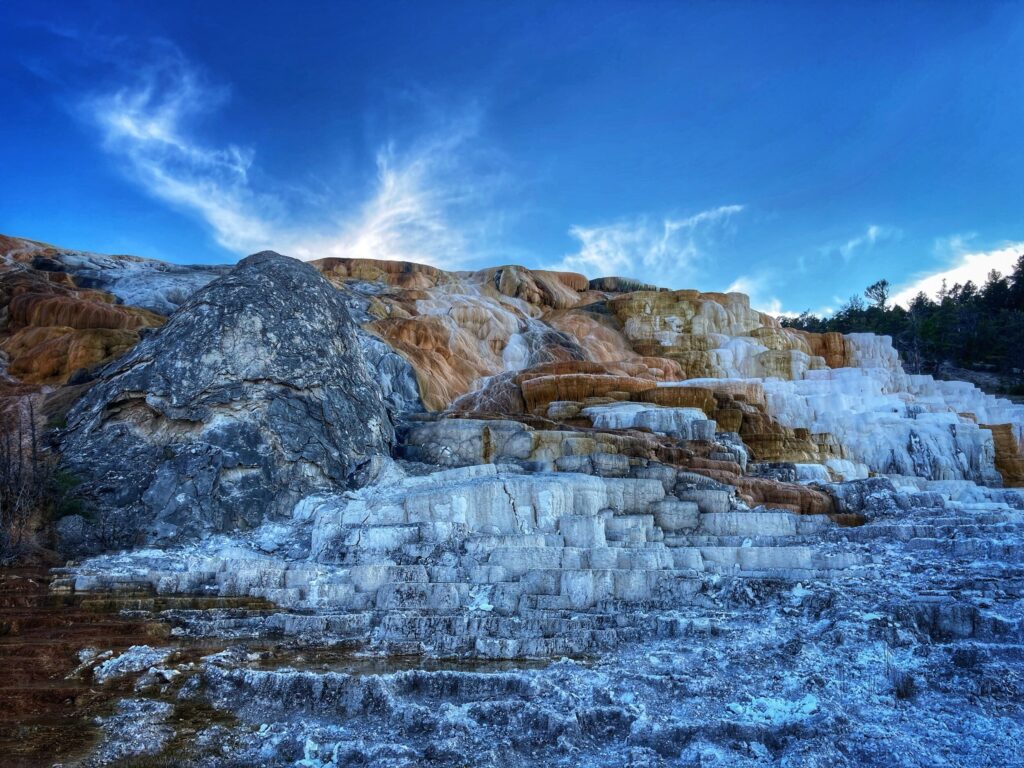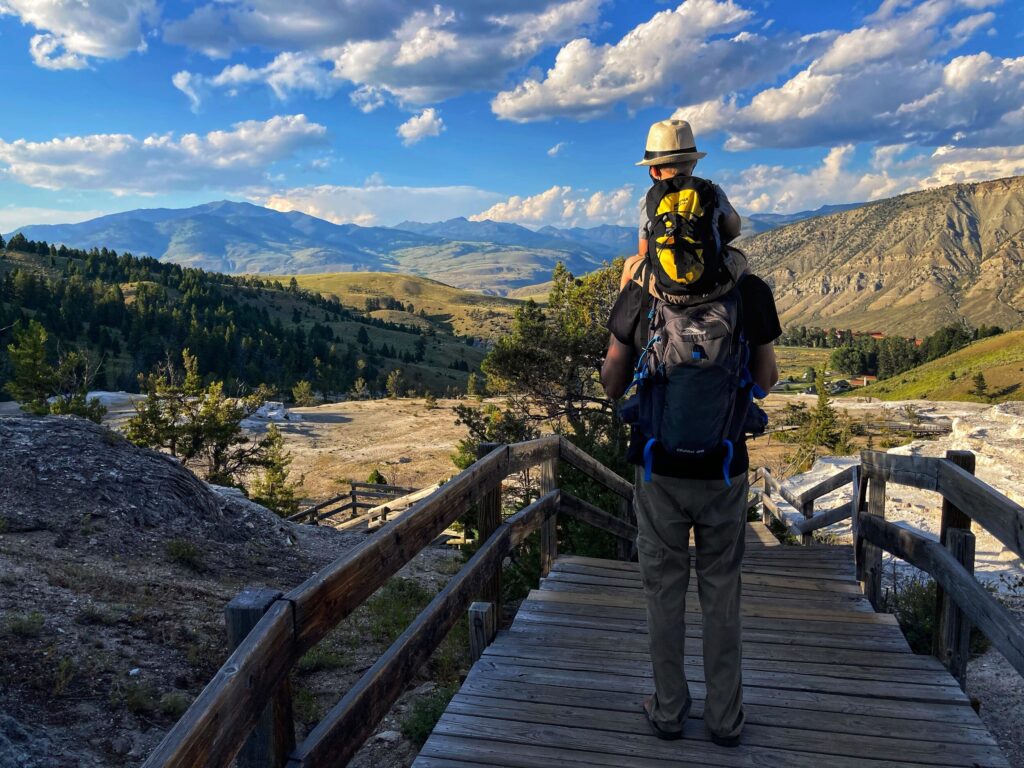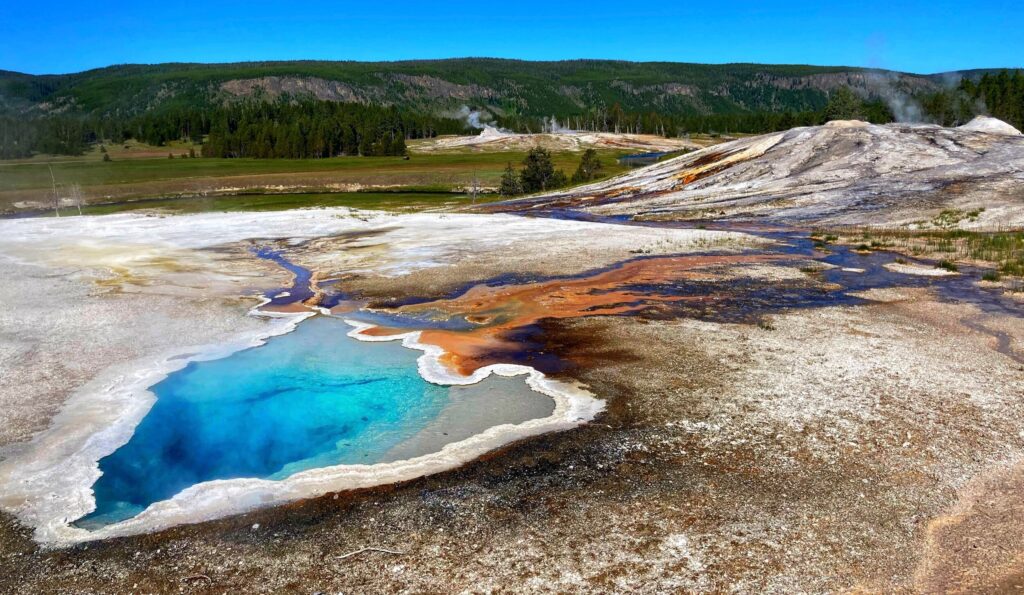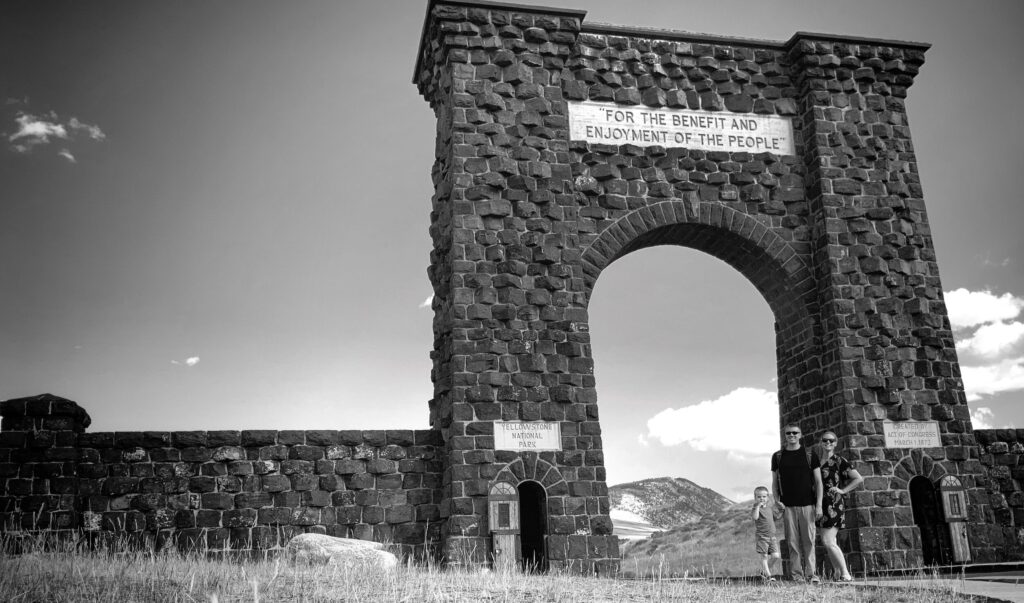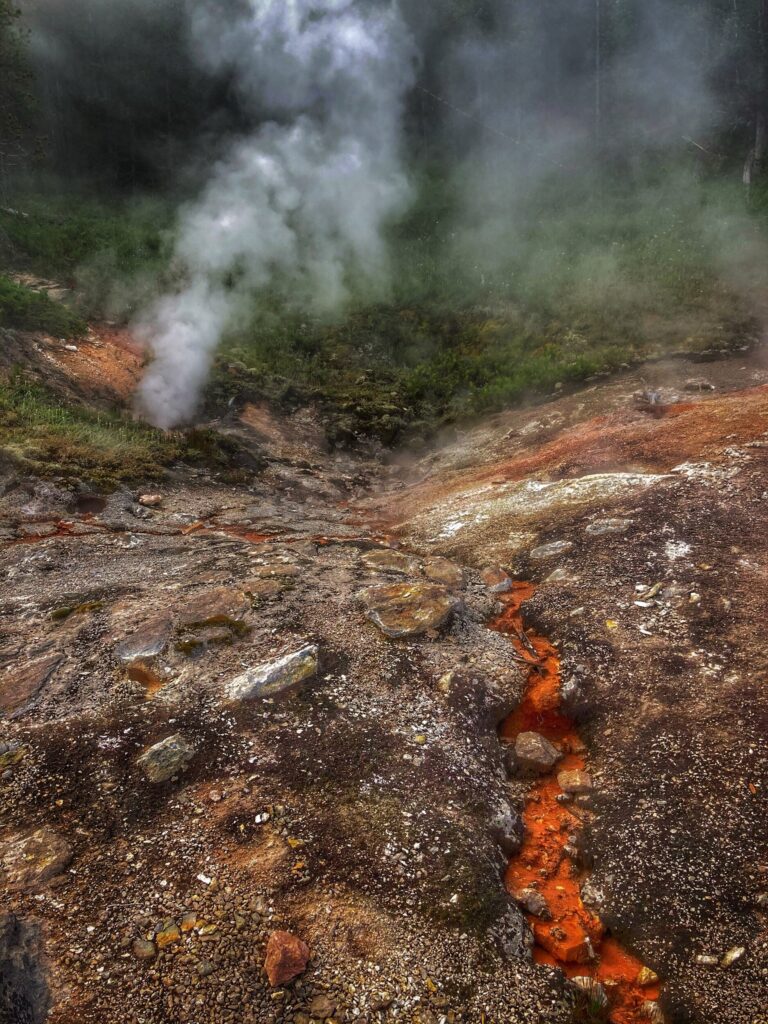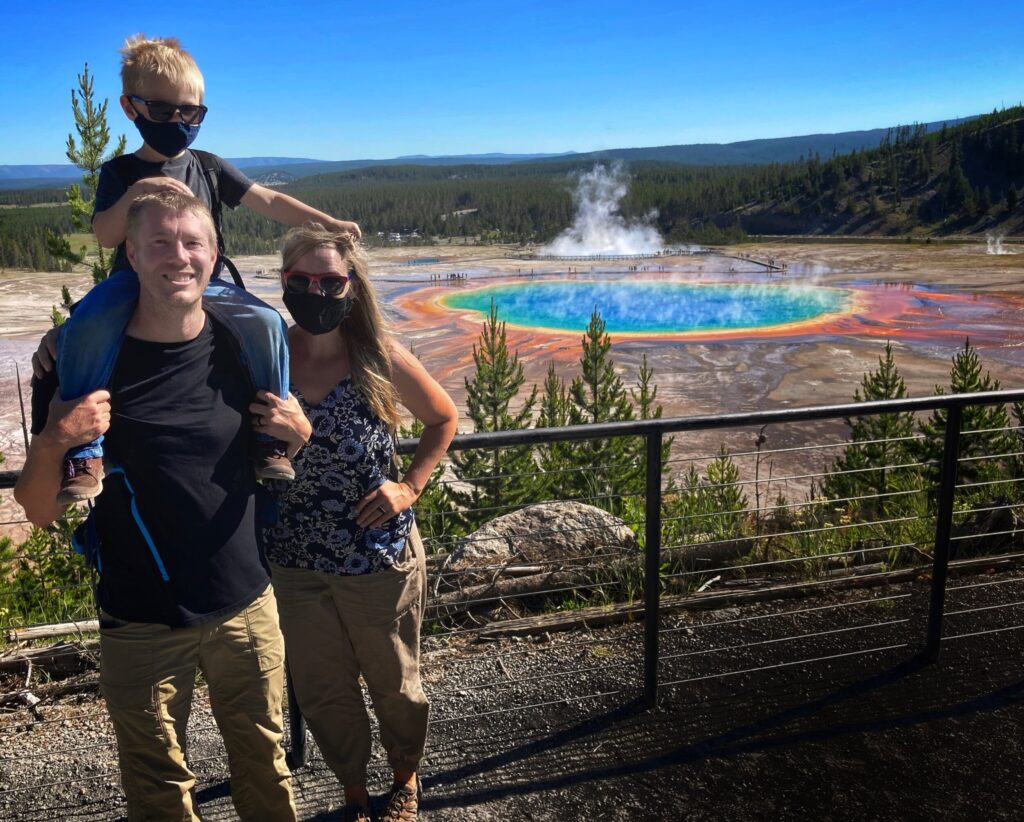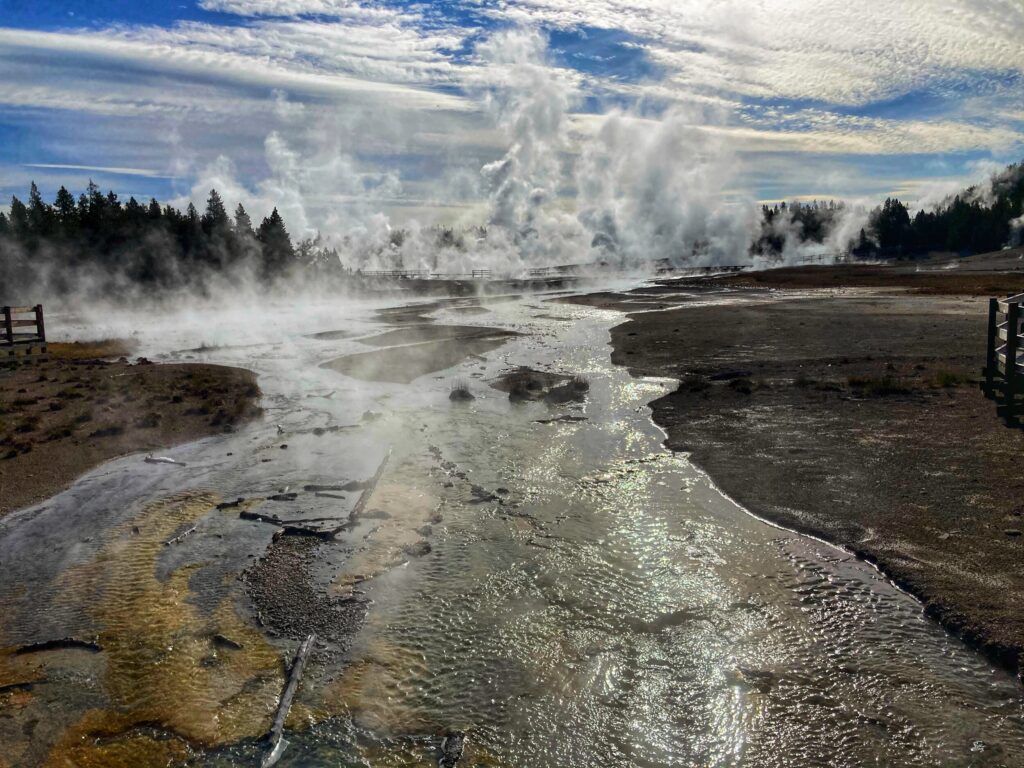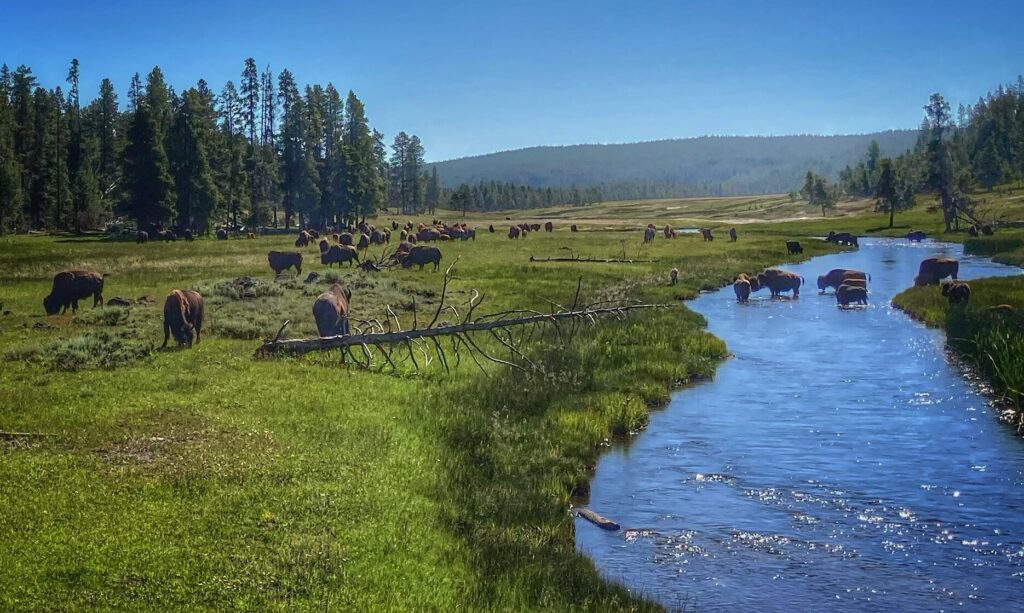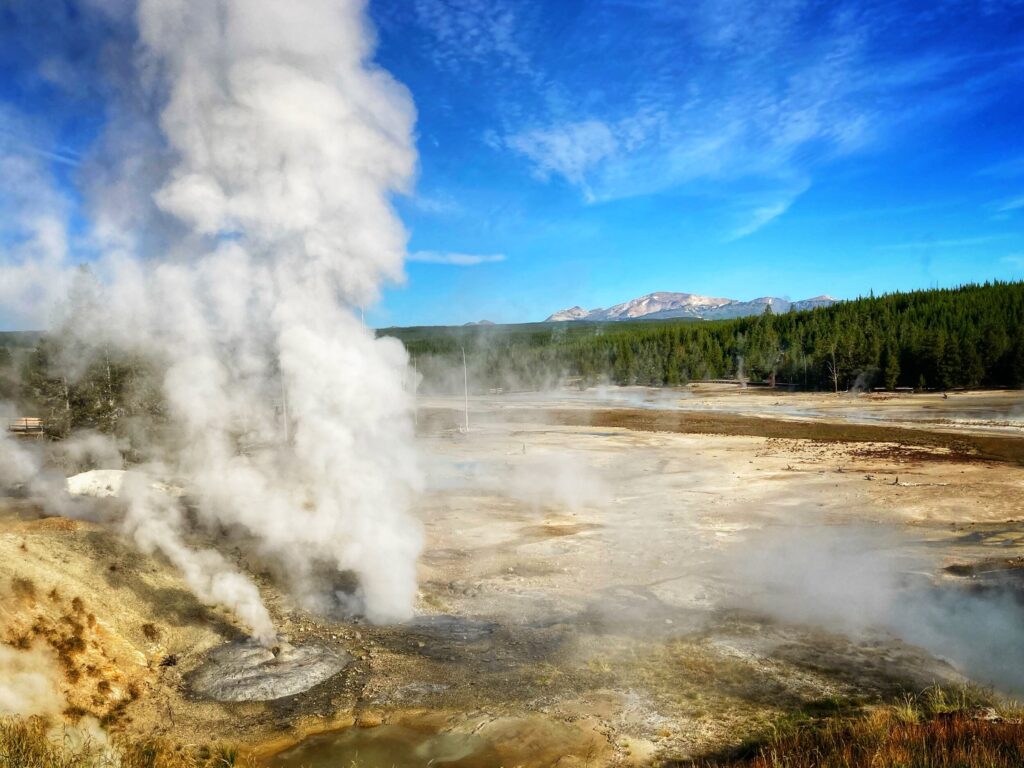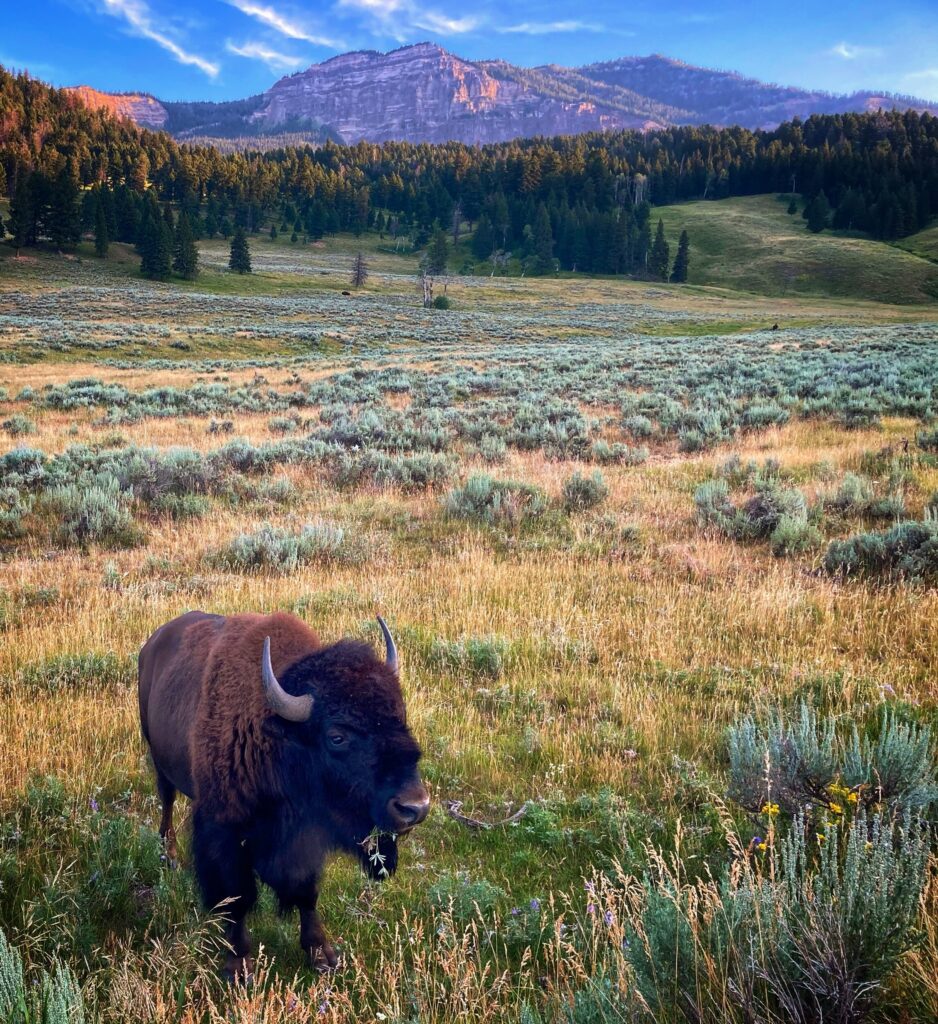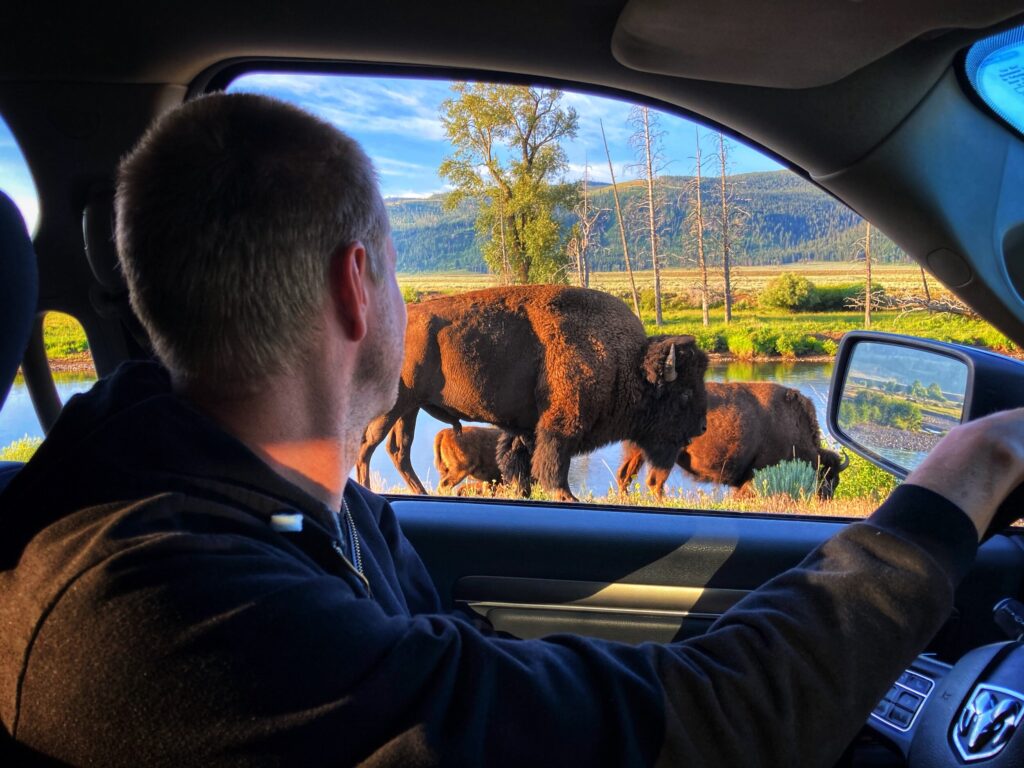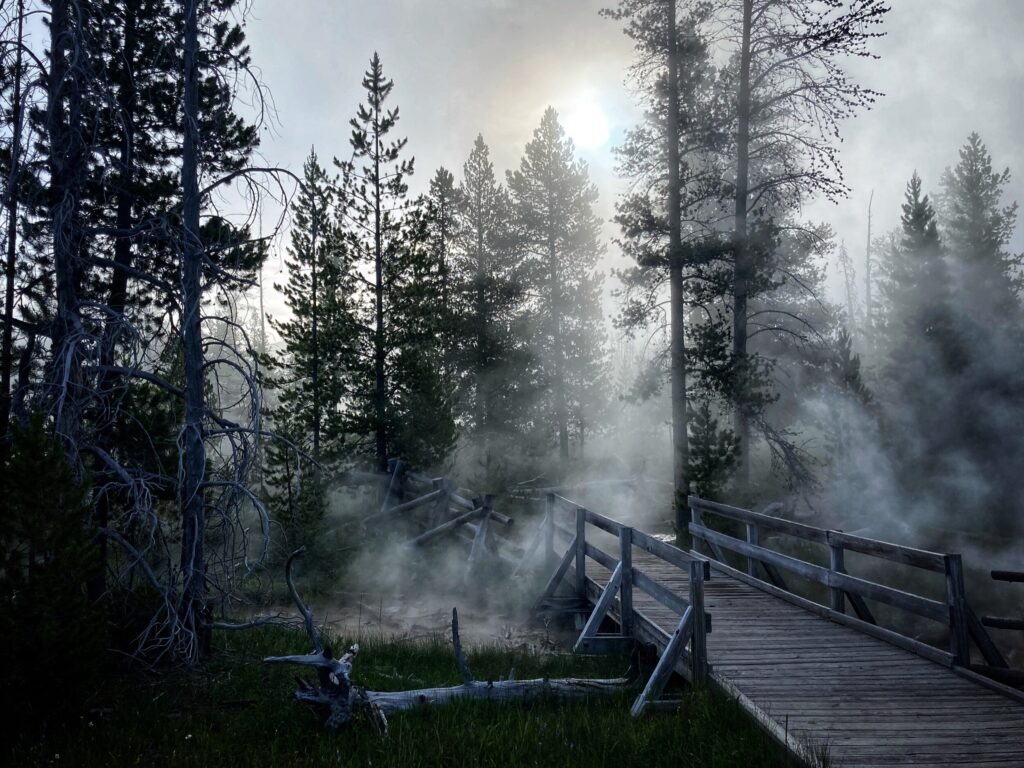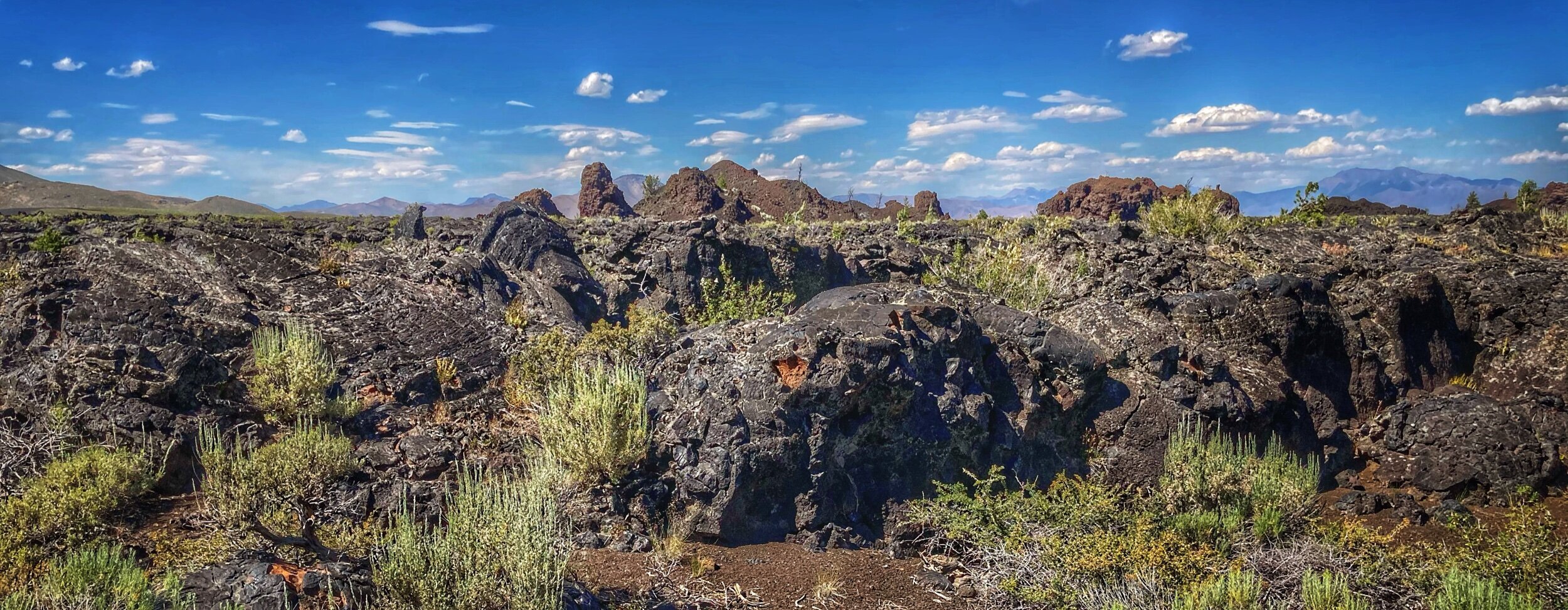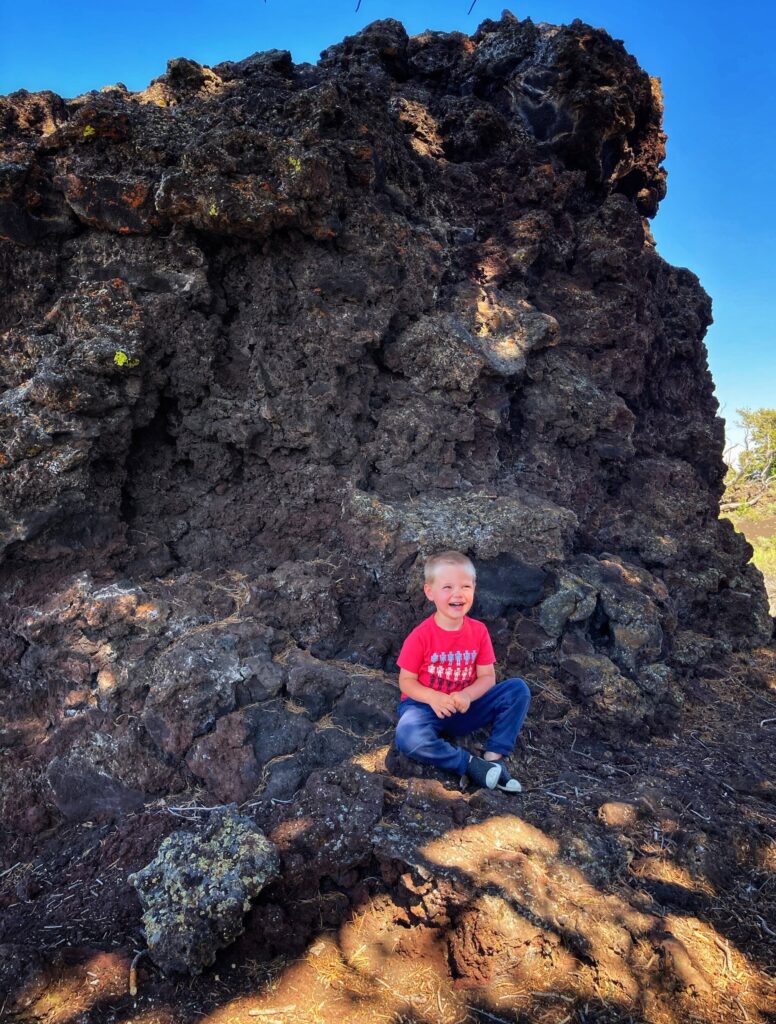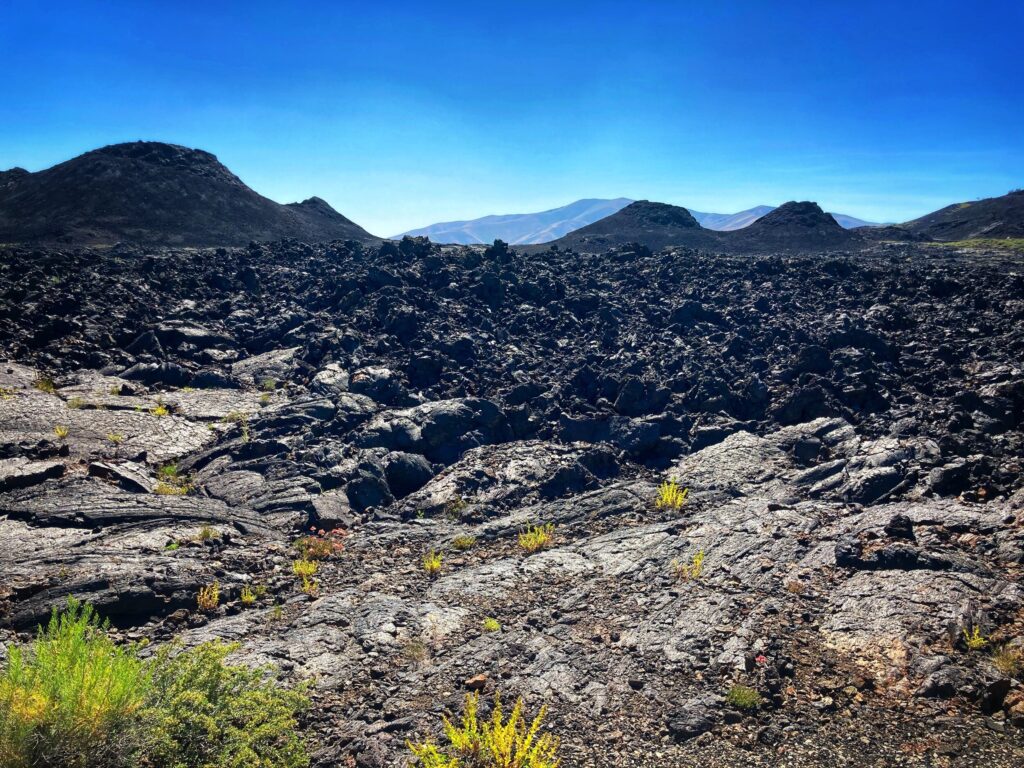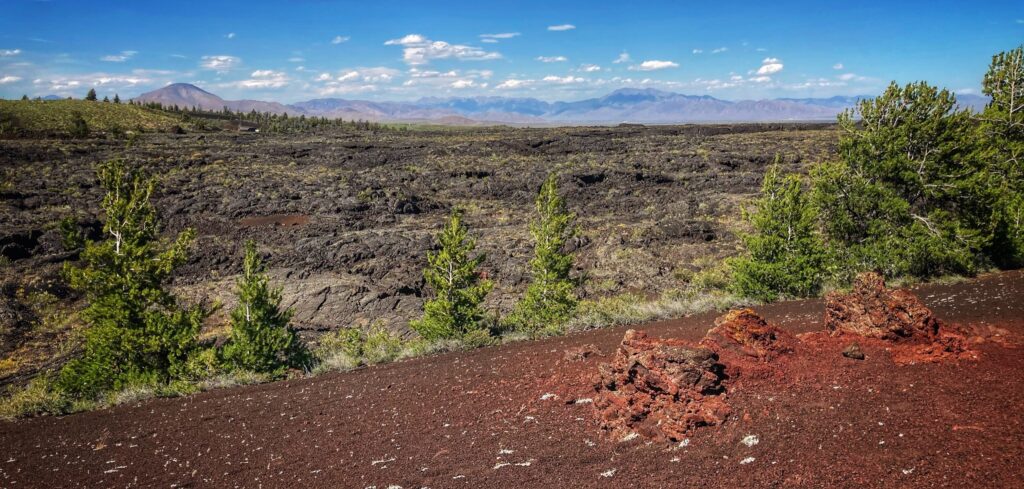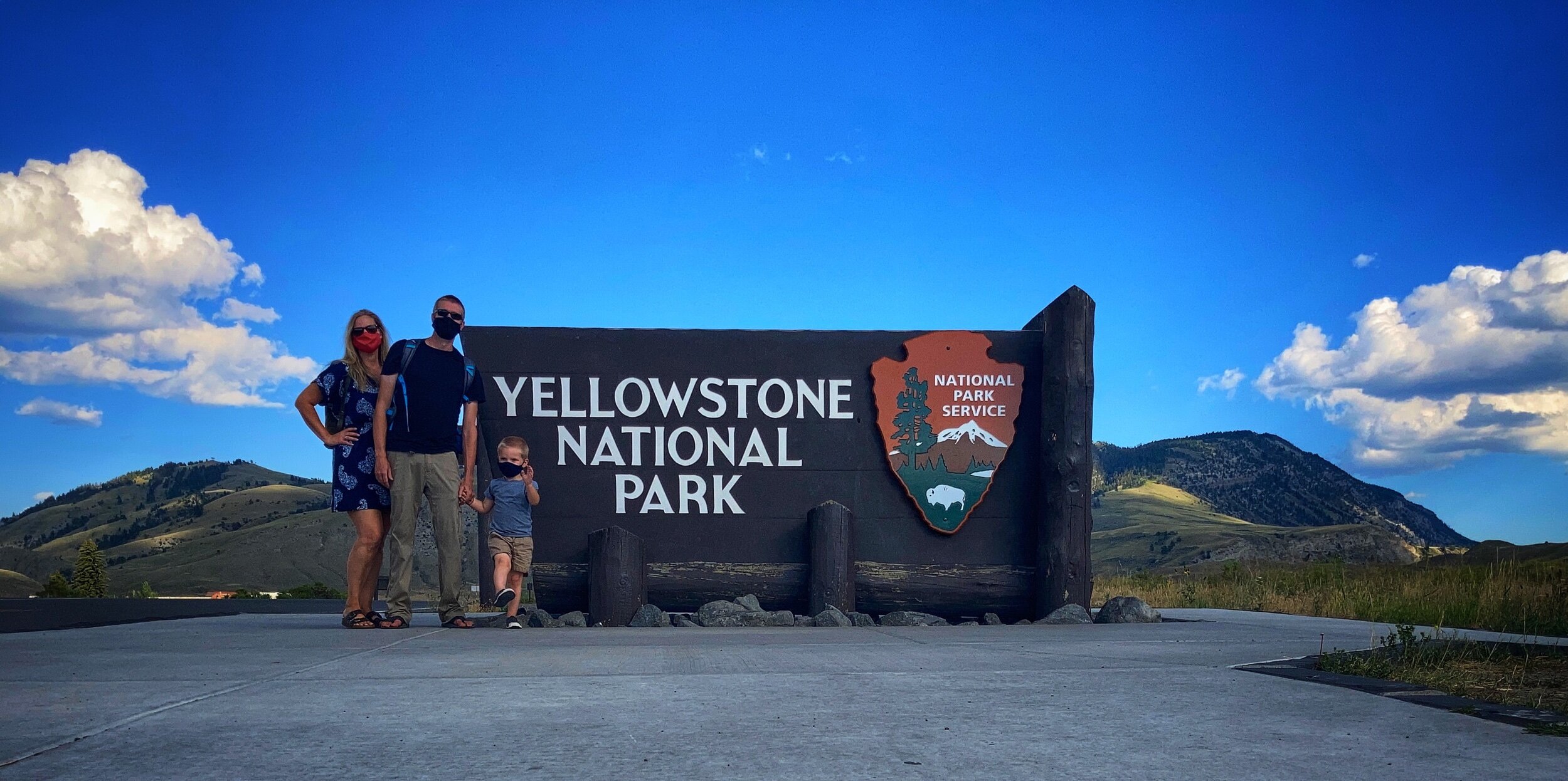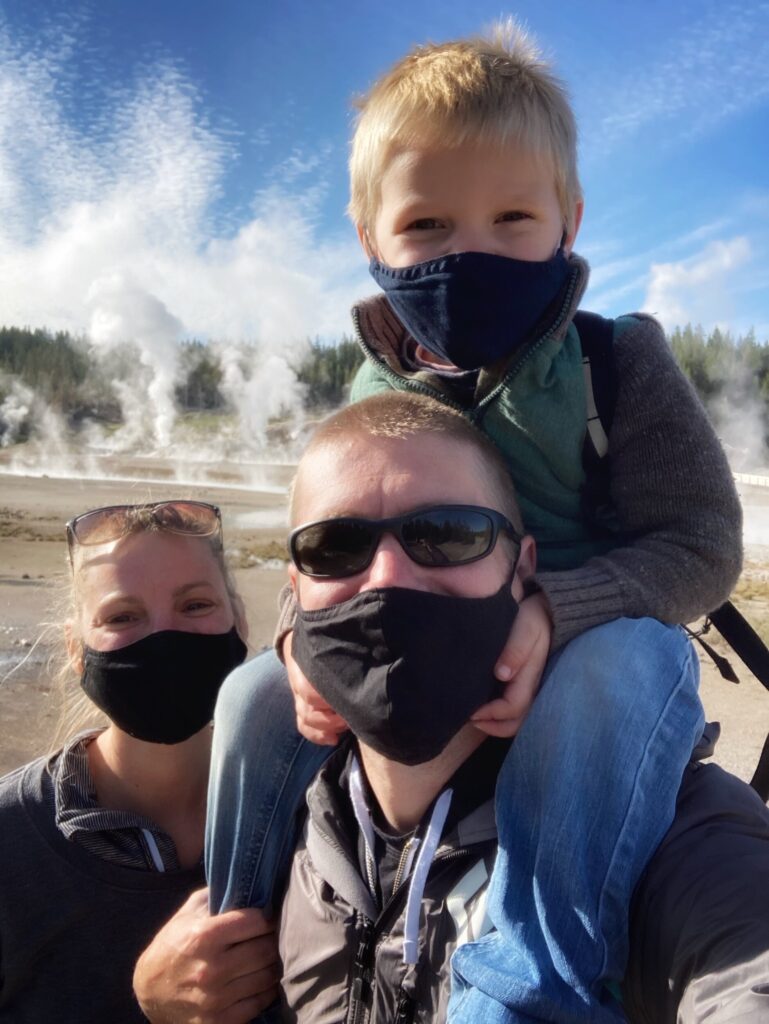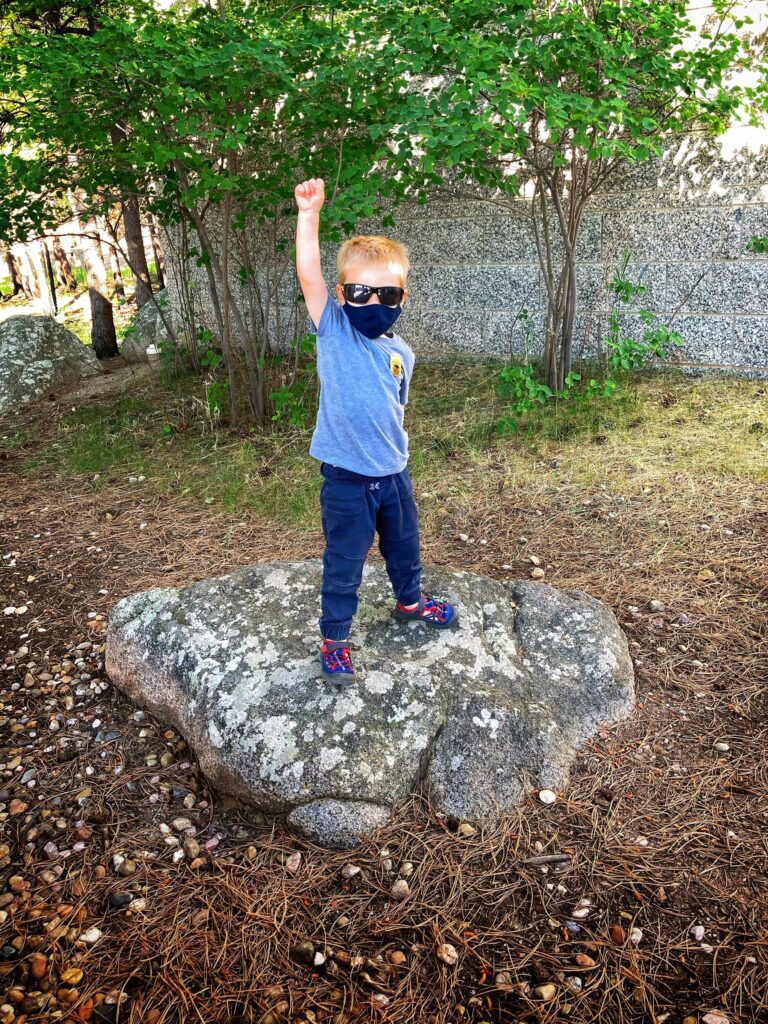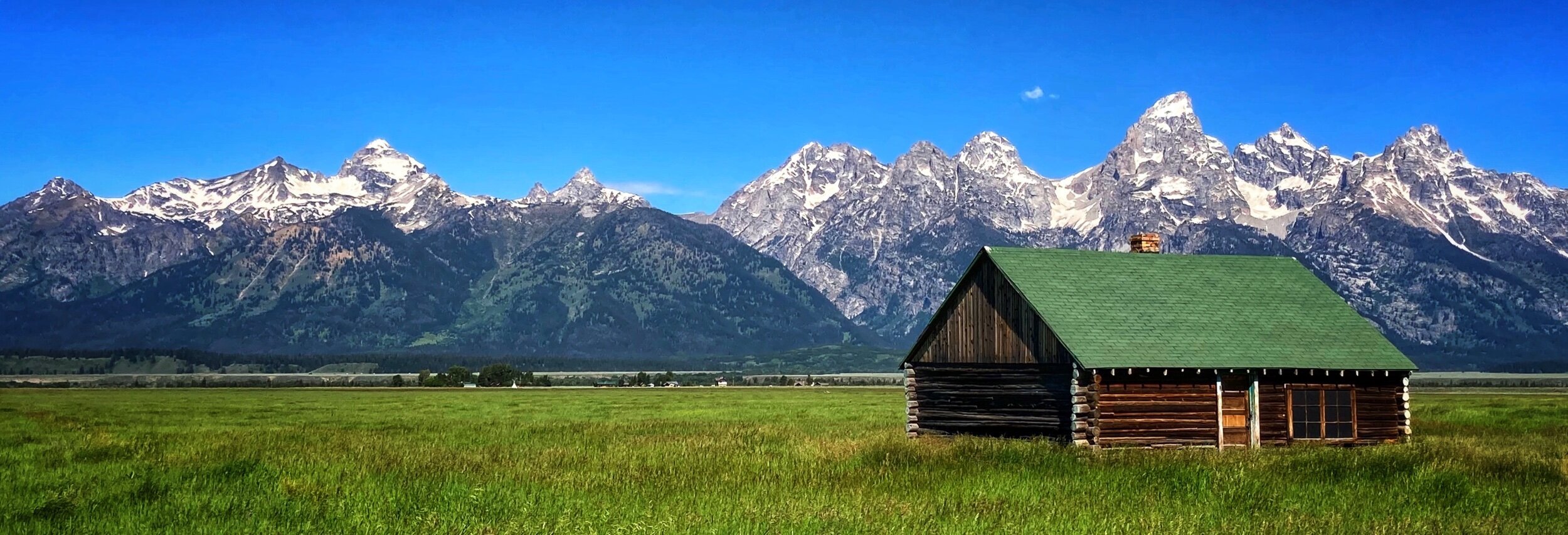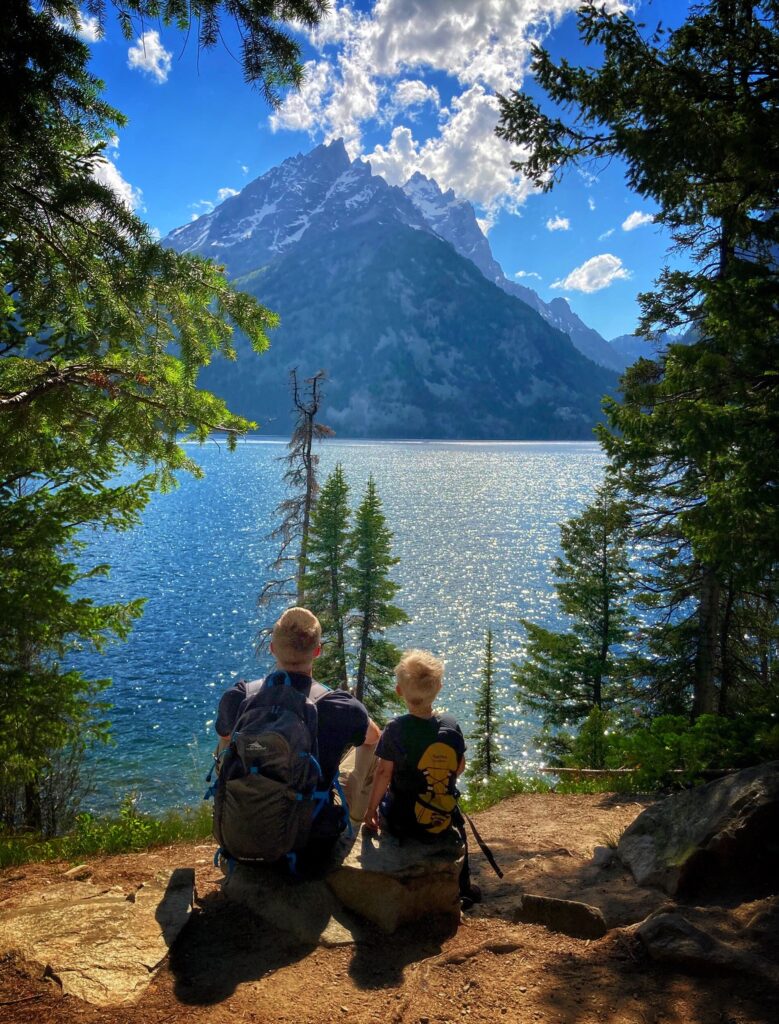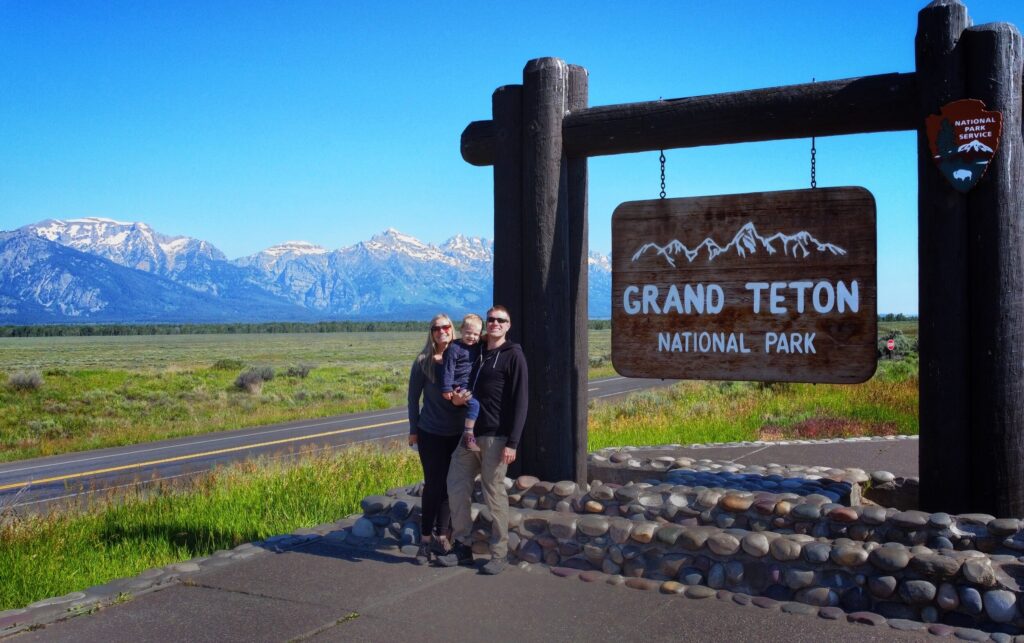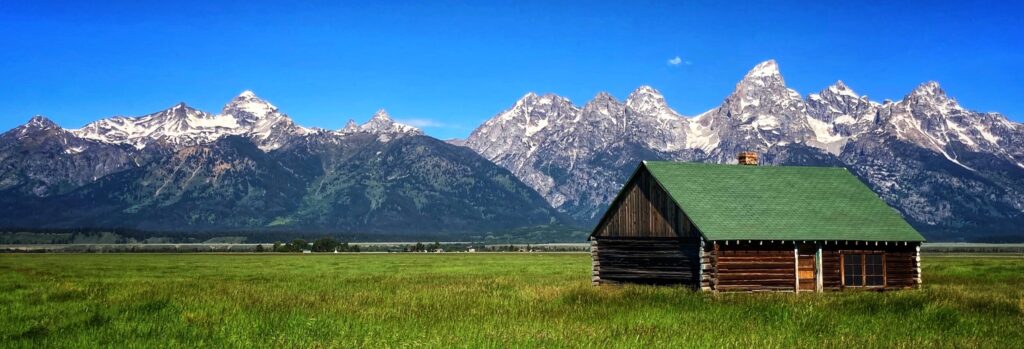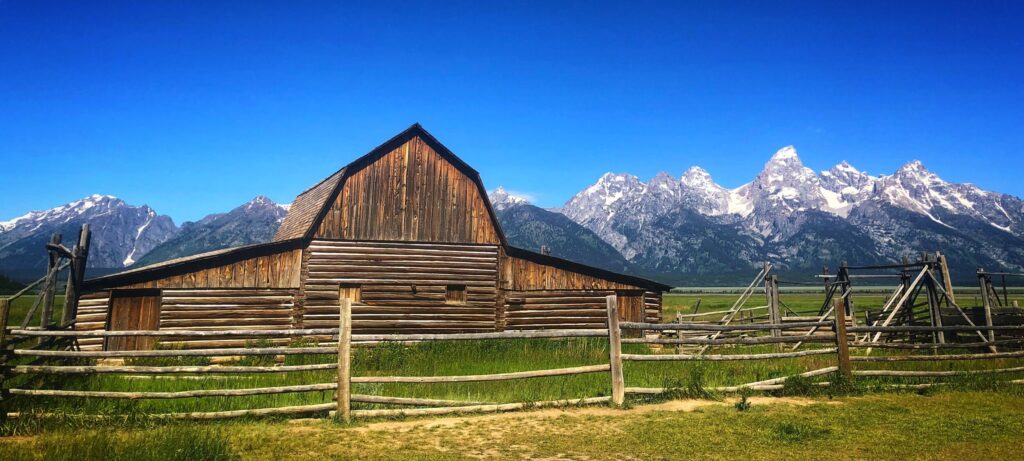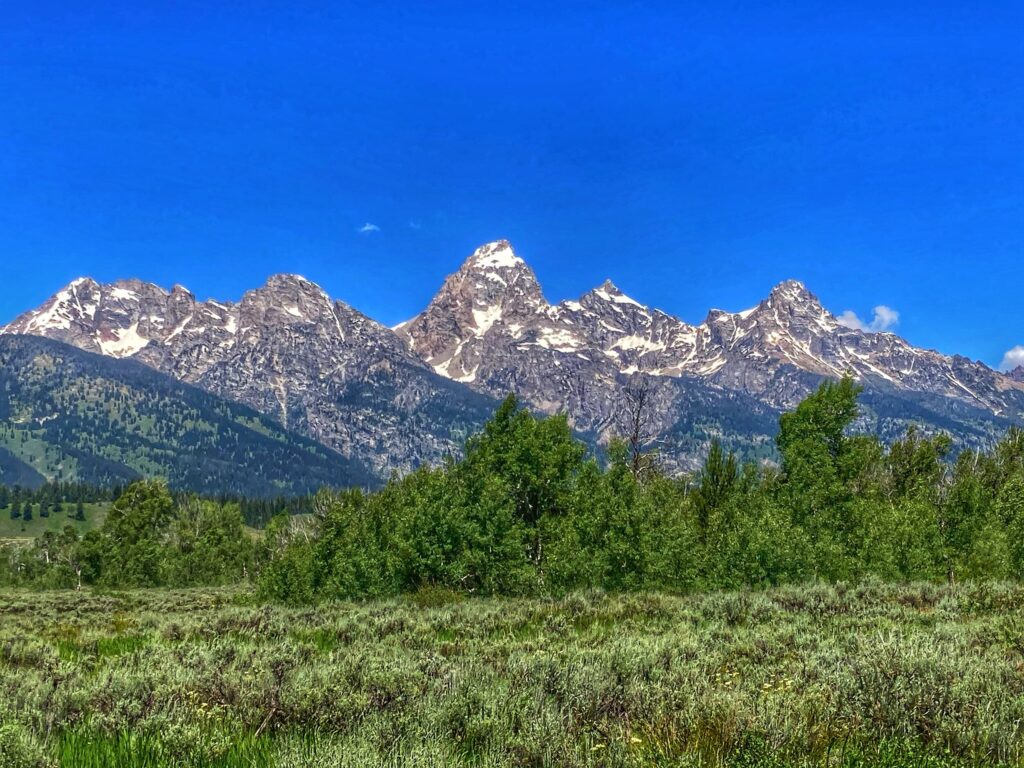Dates we visited: September 29th – October 2nd 2020
Where we stayed: St. George / Hurricane KOA, Zion River Resort
Zion National Park was the first of Utah’s “Mighty 5” National parks that we visited. It’s also one of the most popular National Parks in the country. Carved by the Virgin river through multi-colored sandstone rock, Zion is definitely an experience. We were met with a few surprises here, but that didn’t stop us from enjoying this National Park!
Failed Boondocking
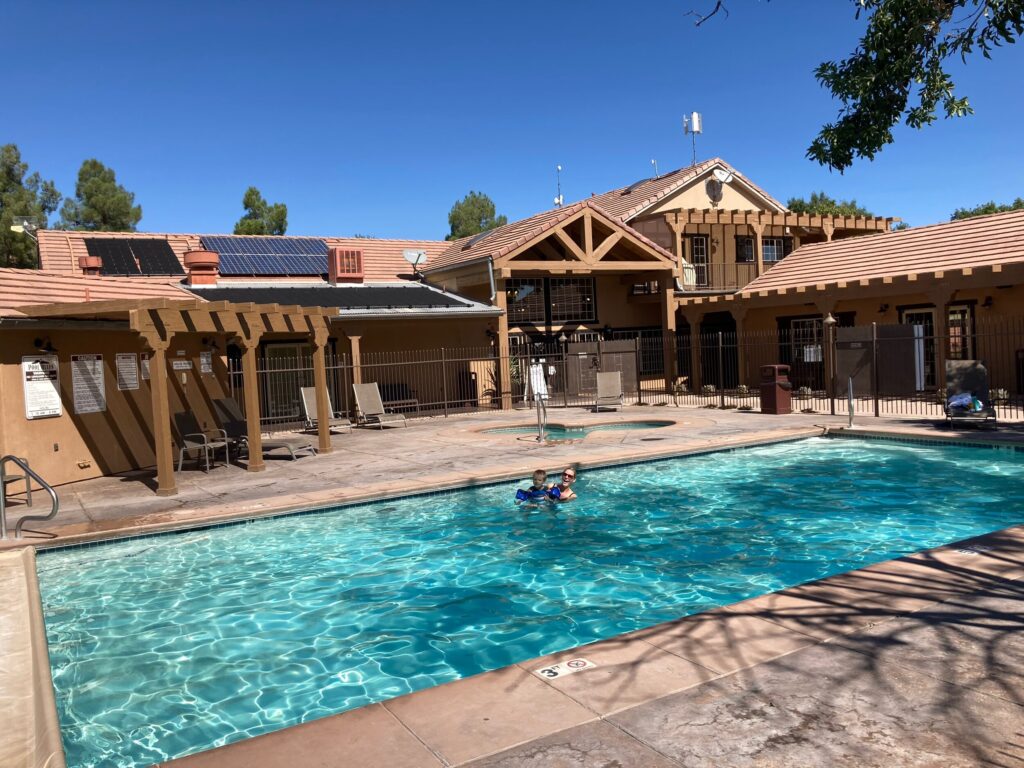
Our initial plan for Zion was to boondock on some BLM land near the park. However, when I went out to scout some spots in the Hurricane Cliffs region west of Zion, I found the roads to be essentially impassable with our rig, and the spots we would have been able to get to were full. So we quickly changed our plans and managed to snag a spot at the Zion River Resort, which turned out to be super nice. Like, they had a super clean hot tub and pool kinda nice.
The pool was an especially nice perk because it was hot! The high elevation and cool weather at Great Basin National Park had convinced us that it was Fall time, but a few thousand feet lower, and in the direct southern Utah sun it still felt like summer.
Surprise!
For our first trek into Zion I had researched a few hiking trails, and planned to drive us up the Zion Canyon Scenic Drive to do the Zion Narrows Riverside Walk. Well, we stopped into the visitor center to get a map and a Junior Ranger activity book and found two things:
- Zion was BUSY! The bookstore at the visitor center was open, and quite full, and there were a ton of people in line at the ranger tent. The second surprise may have partially responsible for the business at the visitor center…
- Turns out that during the summer months, Zion Canyon Scenic drive is closed to public traffic. The only way up the canyon is via a shuttle, and the shuttle tickets sell out very quickly. The shuttles were operating, but even if tickets had been available, we probably would not have taken one. I’m sure they were operating with practical safety precautions, but riding on a shuttle bus with a bunch of strangers just didn’t sound like a great idea for us right now. So we scratched the Zion Canyon drive off our list for this visit.
Zion was BUSY! The bookstore at the visitor center was open, and quite full, and there were a ton of people in line at the ranger tent. The second surprise may have partially responsible for the business at the visitor center…
Turns out that during the summer months, Zion Canyon Scenic drive is closed to public traffic. The only way up the canyon is via a shuttle, and the shuttle tickets sell out very quickly. The shuttles were operating, but even if tickets had been available, we probably would not have taken one. I’m sure they were operating with practical safety precautions, but riding on a shuttle bus with a bunch of strangers just didn’t sound like a great idea for us right now. So we scratched the Zion Canyon drive off our list for this visit.
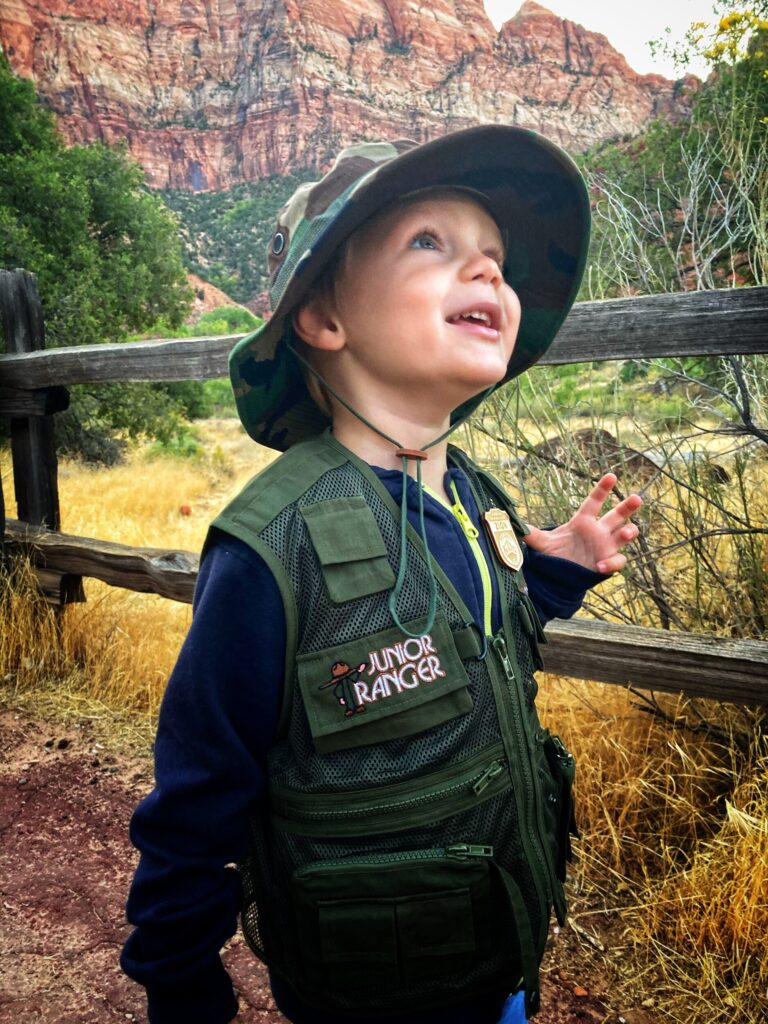
Those surprises aside, we did score a Junior Ranger vest for Owen here, which he absolutely loves. He insists on wearing it anytime we are hiking in a National Park. If you have a budding Junior Ranger that might be interested in this stylish accessory, you can get them at most of the park stores, or shipped to you from the National Parks Online Store.
TIP: If you plan to see and hike some of the more famous Zion attractions, like Angels Landing, be sure to buy your shuttle tickets as early as possible, or visit the park during a time when normal traffic is allowed up the canyon (off-season).
TIP: If you plan to see and hike some of the more famous Zion attractions, like Angels Landing, be sure to buy your shuttle tickets as early as possible, or visit the park during a time when normal traffic is allowed up the canyon (off-season).
Zion – Mt. Carmel Highway
We were able to drive the Zion – Mt. Carmel Highway, which is a different part of the park than the Zion Canyon, through the mile long tunnel, and all the way up to the Checkerboard Mesa. If you take this drive, be aware that the tunnel has size restrictions and you may have to pay for passage if you are in anything bigger than a pickup truck or camper-van. This beautiful drive showcases the unique geology and scenery of the area and offers many trailheads and scenic overlooks. The steep cliffs have multiple rock layers ranging from deep reds to bright whites, most of which is composed of the navajo sandstone for which the region is famous.
Pa’rus Trail
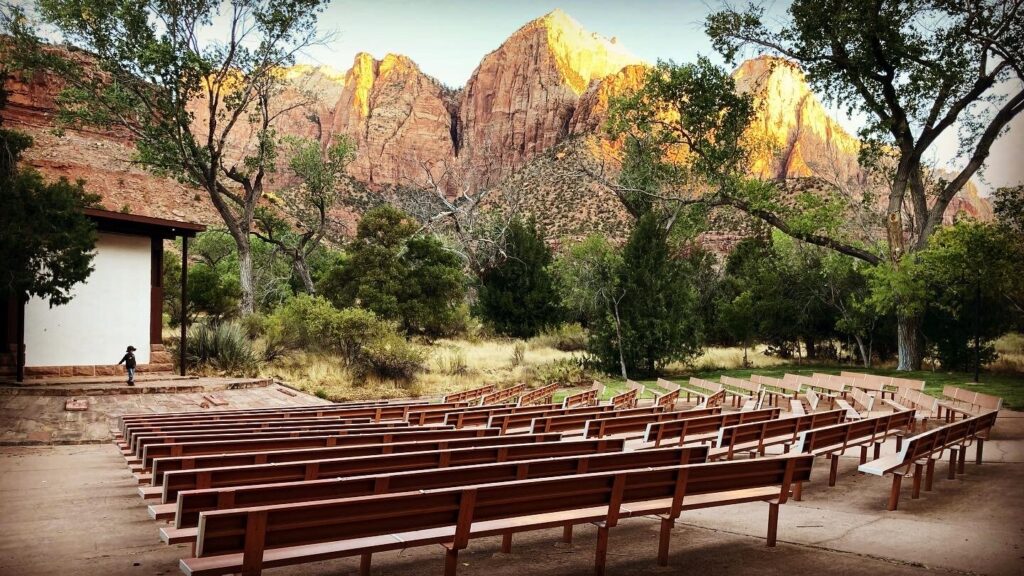
Even though our initial planed hiked was thwarted, we were still able to spend some time on the Pa’rus trail which leaves from the visitor center, heads past the campground and up towards the valley. This is a popular paved trail along the Virgin river with great views of the valley walls. It’s a common path for mountain bikers starting a day trek from the visitor center, so there was a fair amount of traffic, but it was still enjoyable. The highlight was taking a quick detour off the trail to the amphitheater at the nature center. Our Junior Ranger gave us a full on lecture about the area, until he was interrupted by a mule deer that popped out of some bushes right behind the stage. This was a great trail for kids, with plenty of spectacular scenery for the adults.
Kolob Canyons
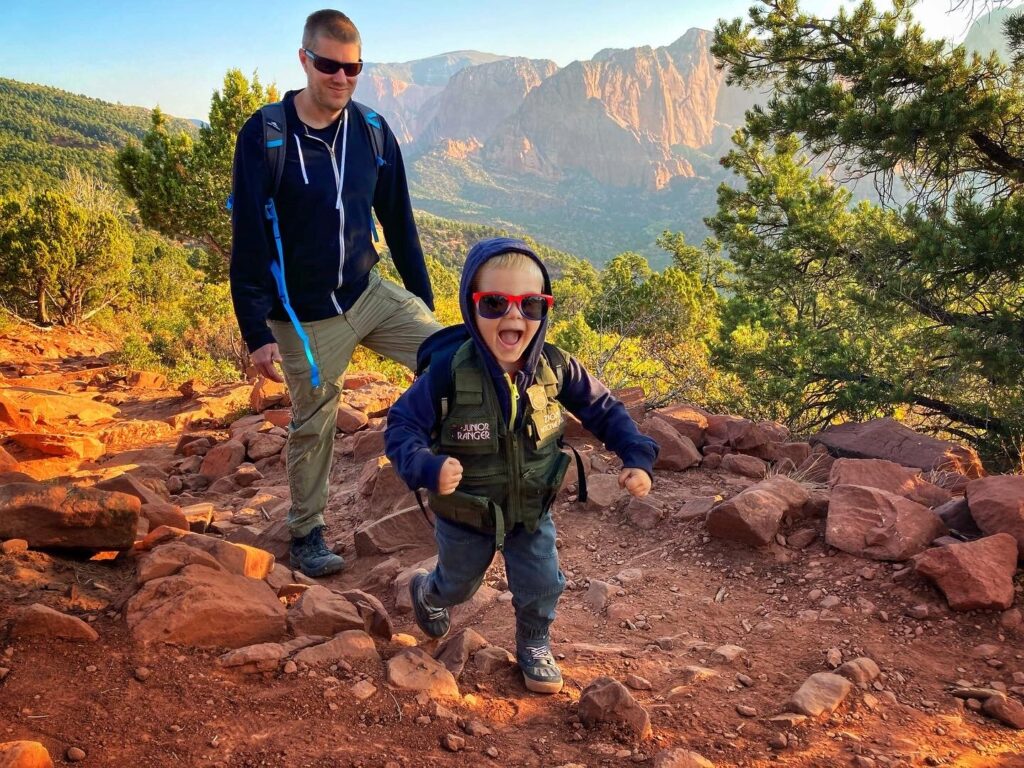
Based on a tip from some friends, we also took a day to explore the northern side of the park known as Kolob Canyons. What a great tip that turned out to be! There is a separate entrance to this this area, and no roads through the park connect the main Zion entrance to Kolob Canyons (though there are some lengthy hiking trails). Kolob is far less trafficked and we only encountered a few other hikers along the Timber Creek Overlook Trail. It offers similarly epic red-walled canyon views, without having to battle traffic or shuttles. The hiking app Alltrails rates the Timber Creek hike as “moderate” due to some rocky areas and the elevation change, but we had no trouble hiking this 1.1 mile out and back with Owen.
Tip: A morning hike in the Kolob Canyons area will keep you cooler in the warm months, but afternoon sunshine offers more light to enjoy the natural beauty of this area.
Tip: A morning hike in the Kolob Canyons area will keep you cooler in the warm months, but afternoon sunshine offers more light to enjoy the natural beauty of this area.
Even though we got a few surprises at this National Park, we still greatly enjoyed our time here. As with many others, this goes on the list of destinations that we would like to return to in the future to experience further. We’ll probably be surprised by something different next time, but that’s kind of all part of the travel and adventure experience!
Gallery
One of the more well known and popular National Parks, Zion is known for its red-walled canyons combined with lush green plant life. We got a few surprises at this park, and we also found some hidden gems.
